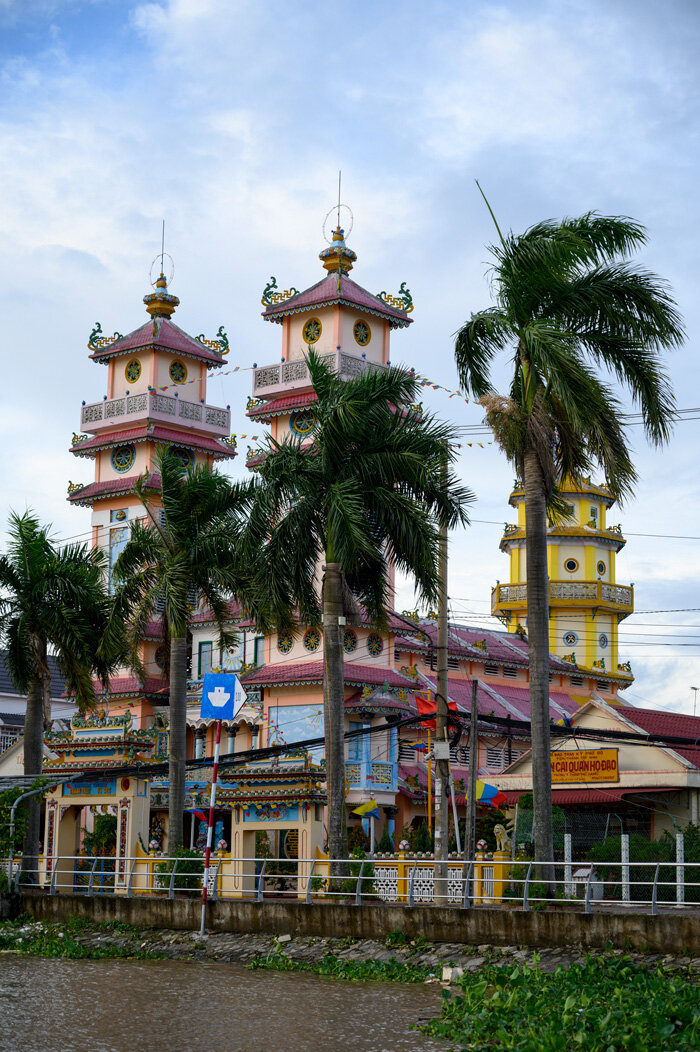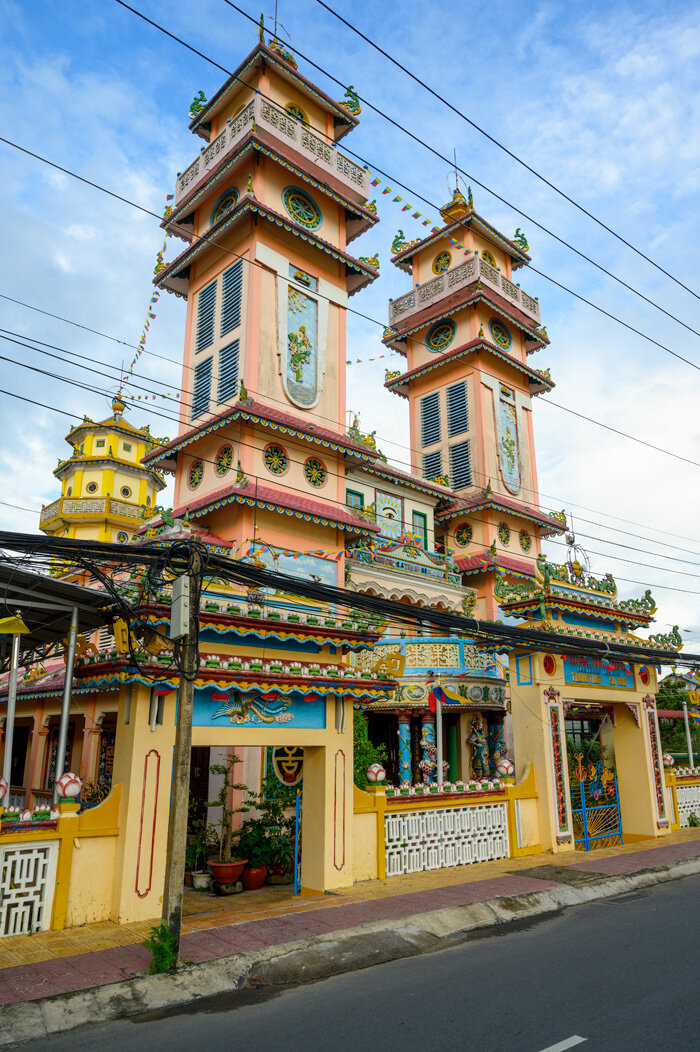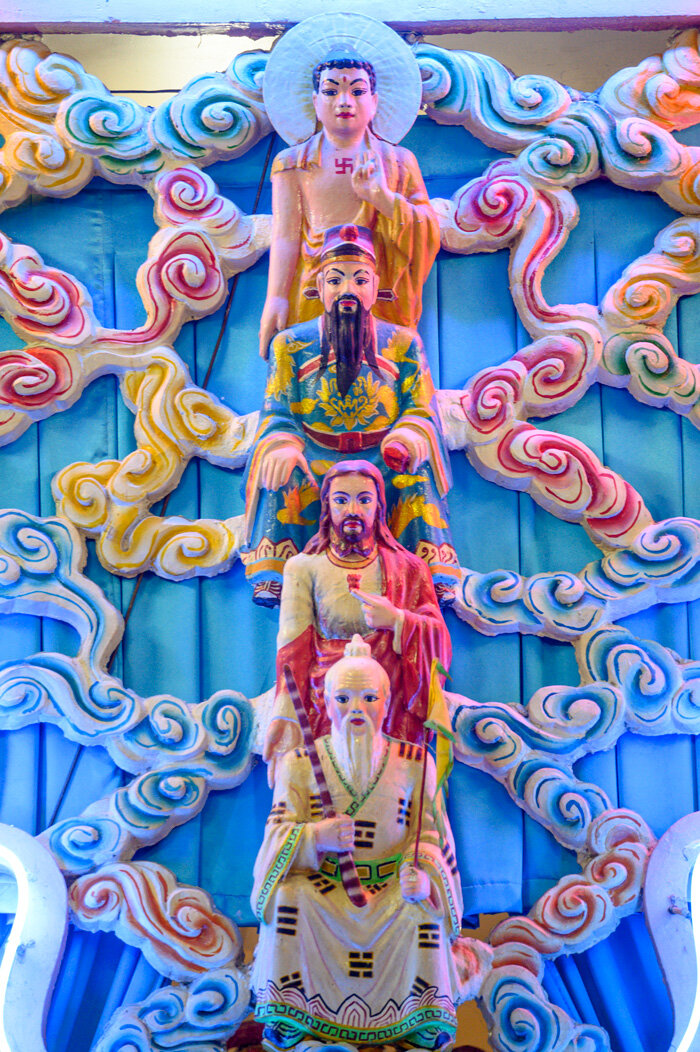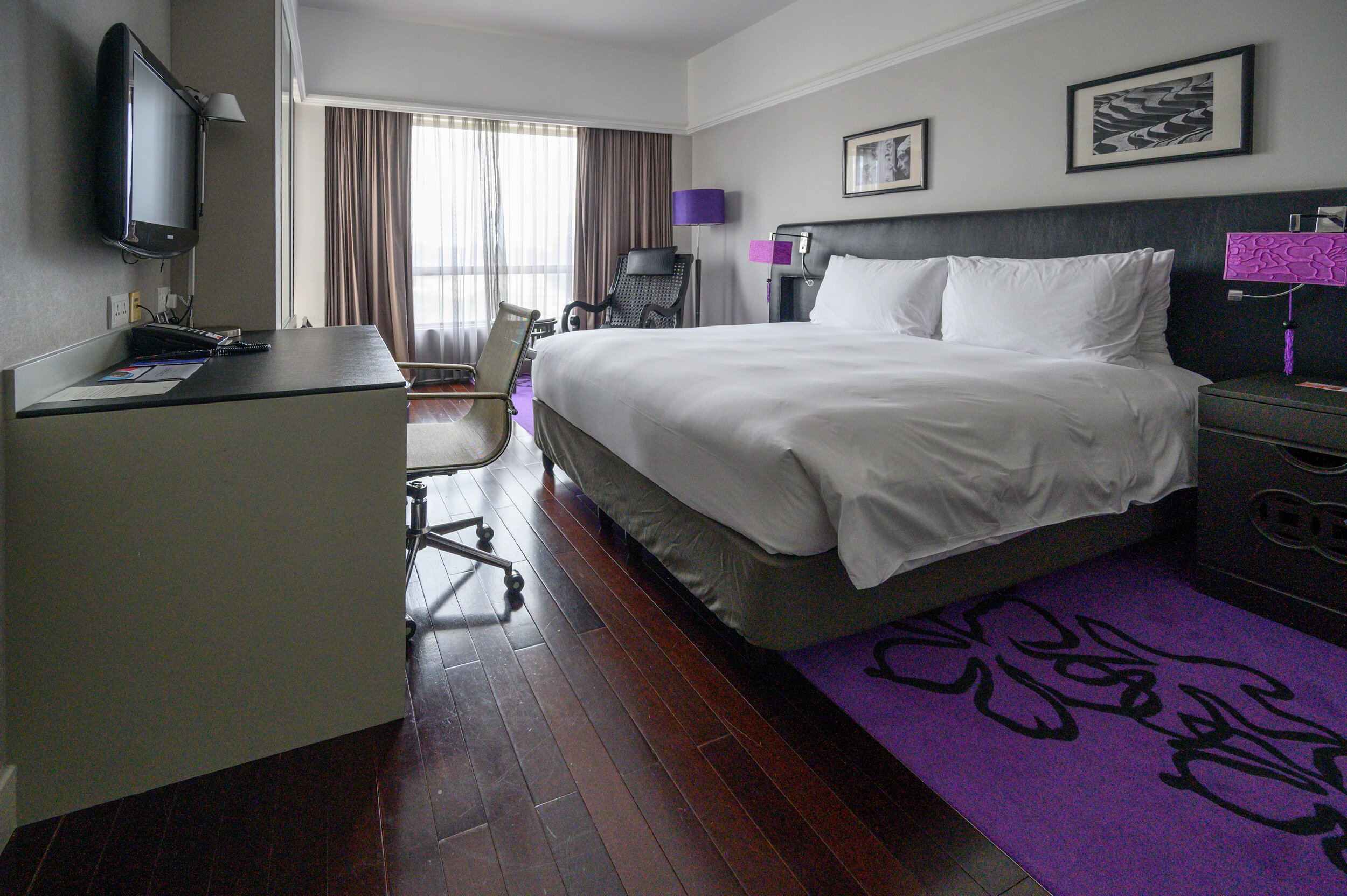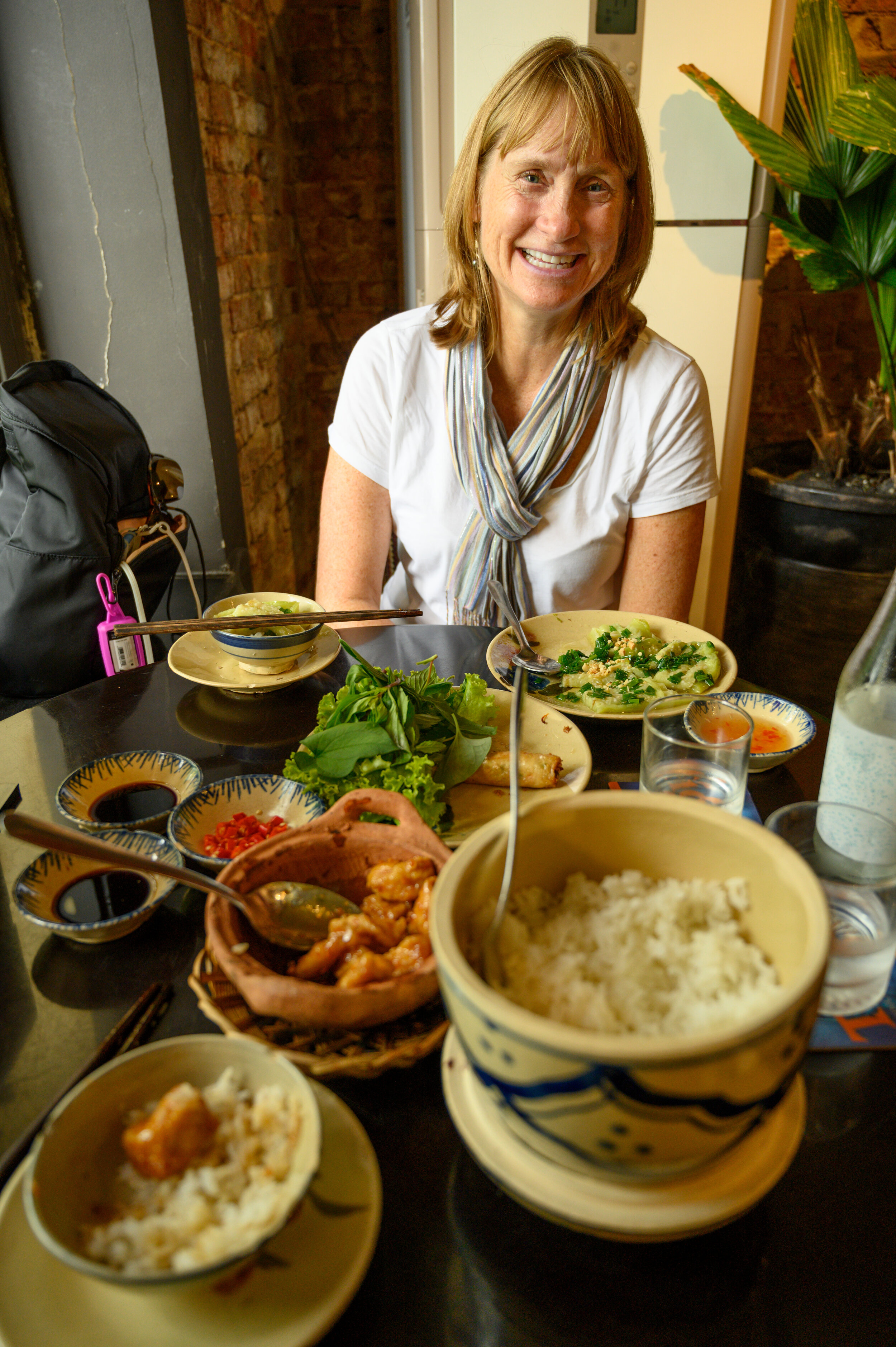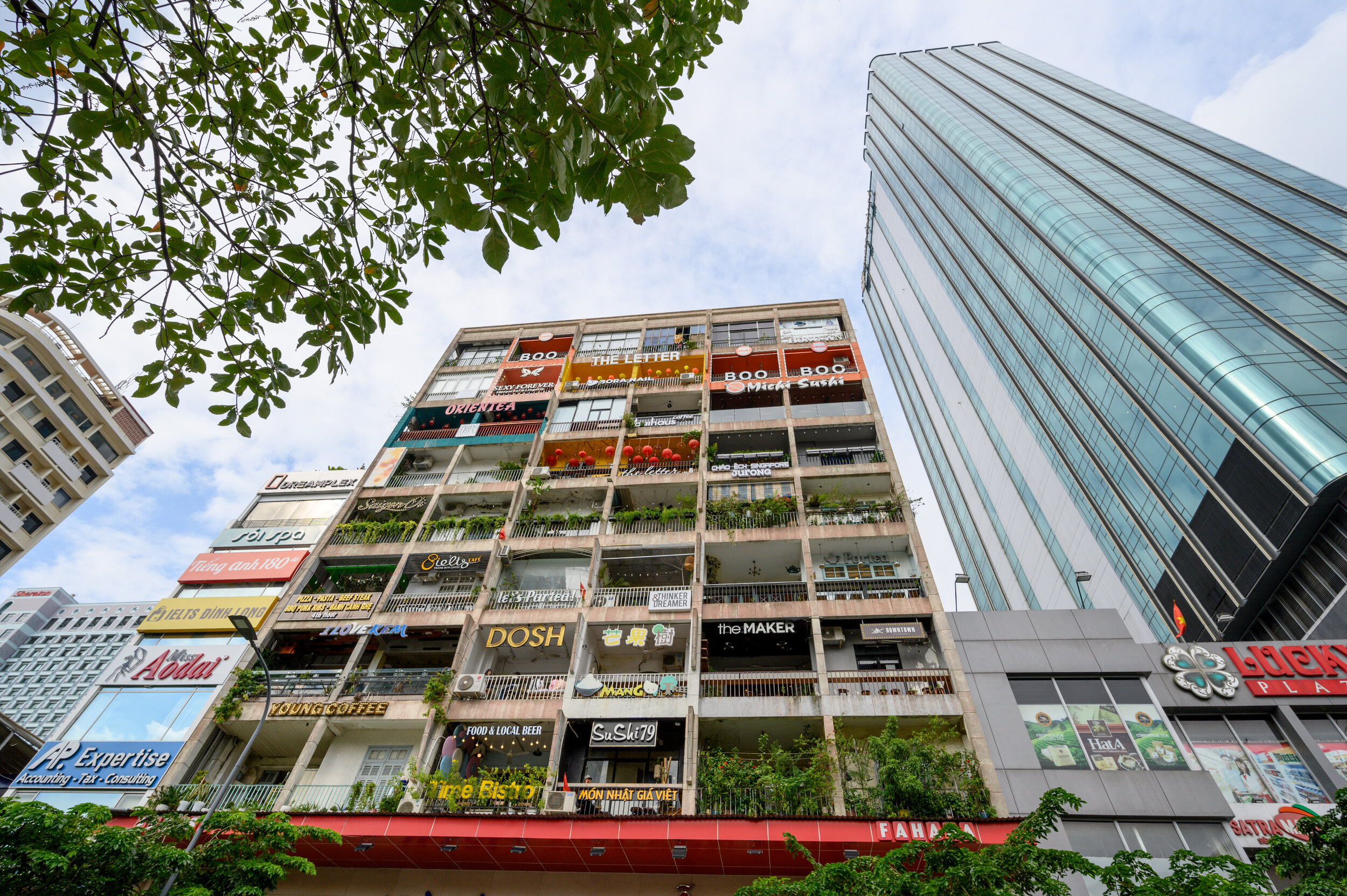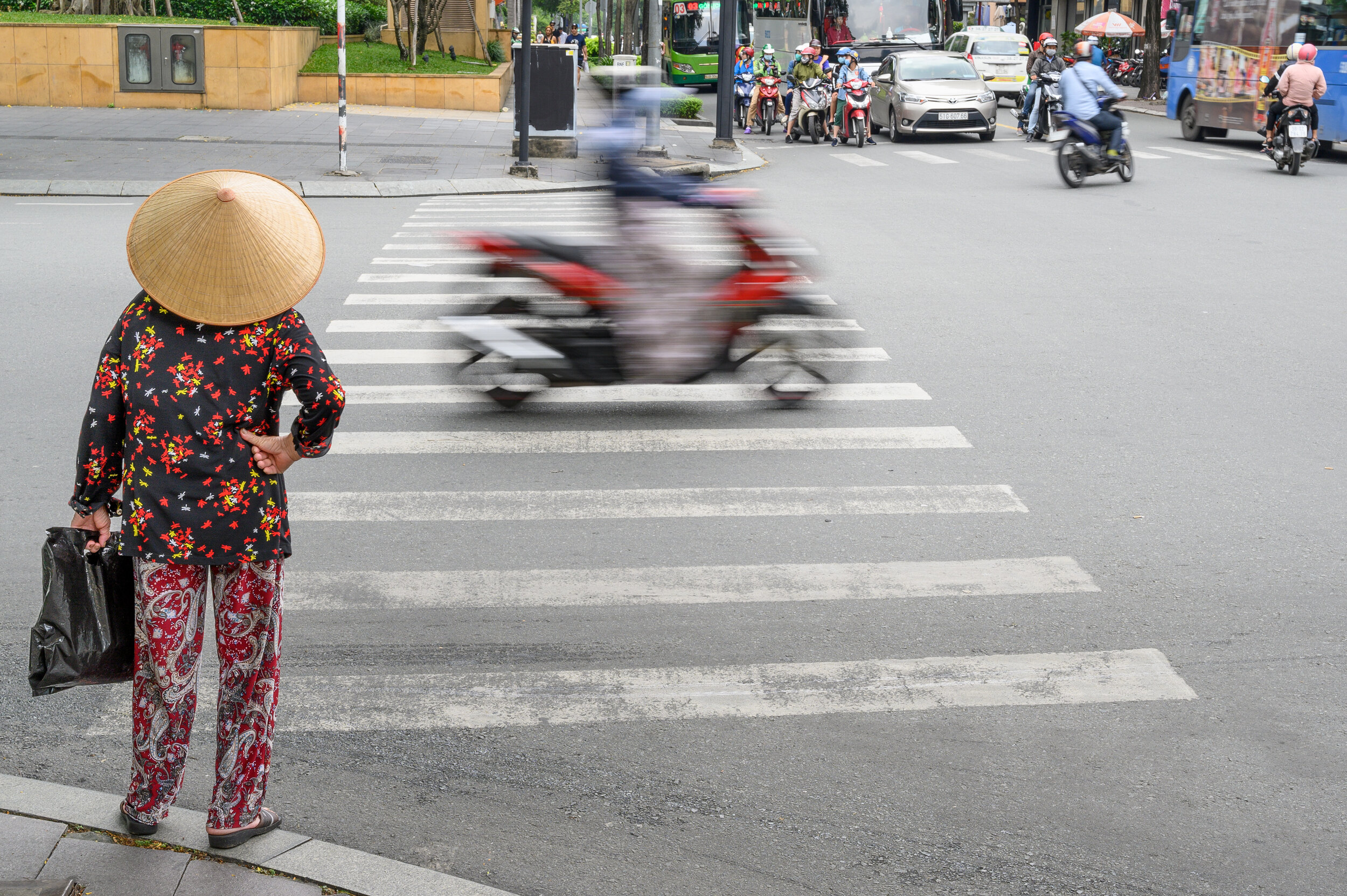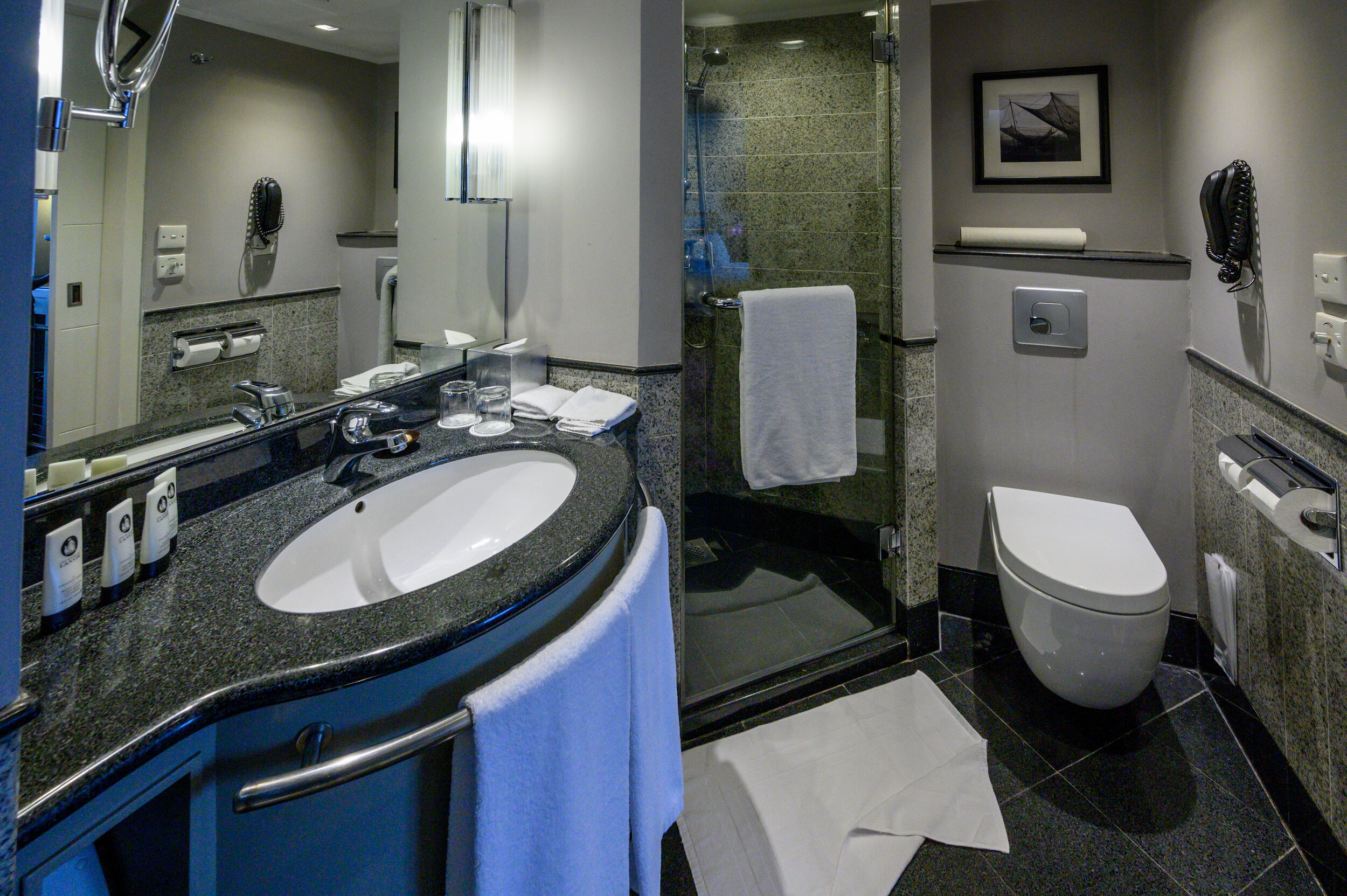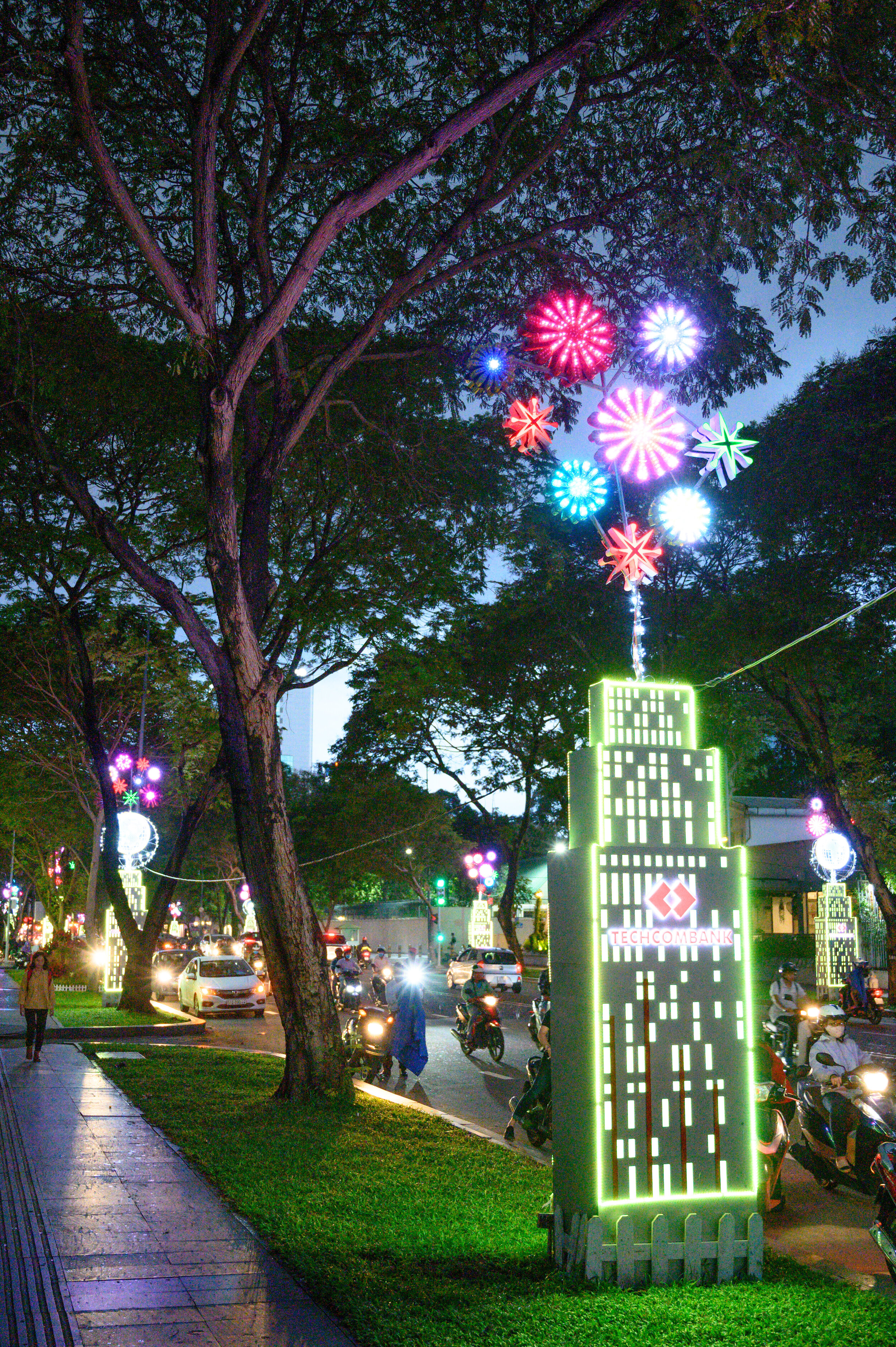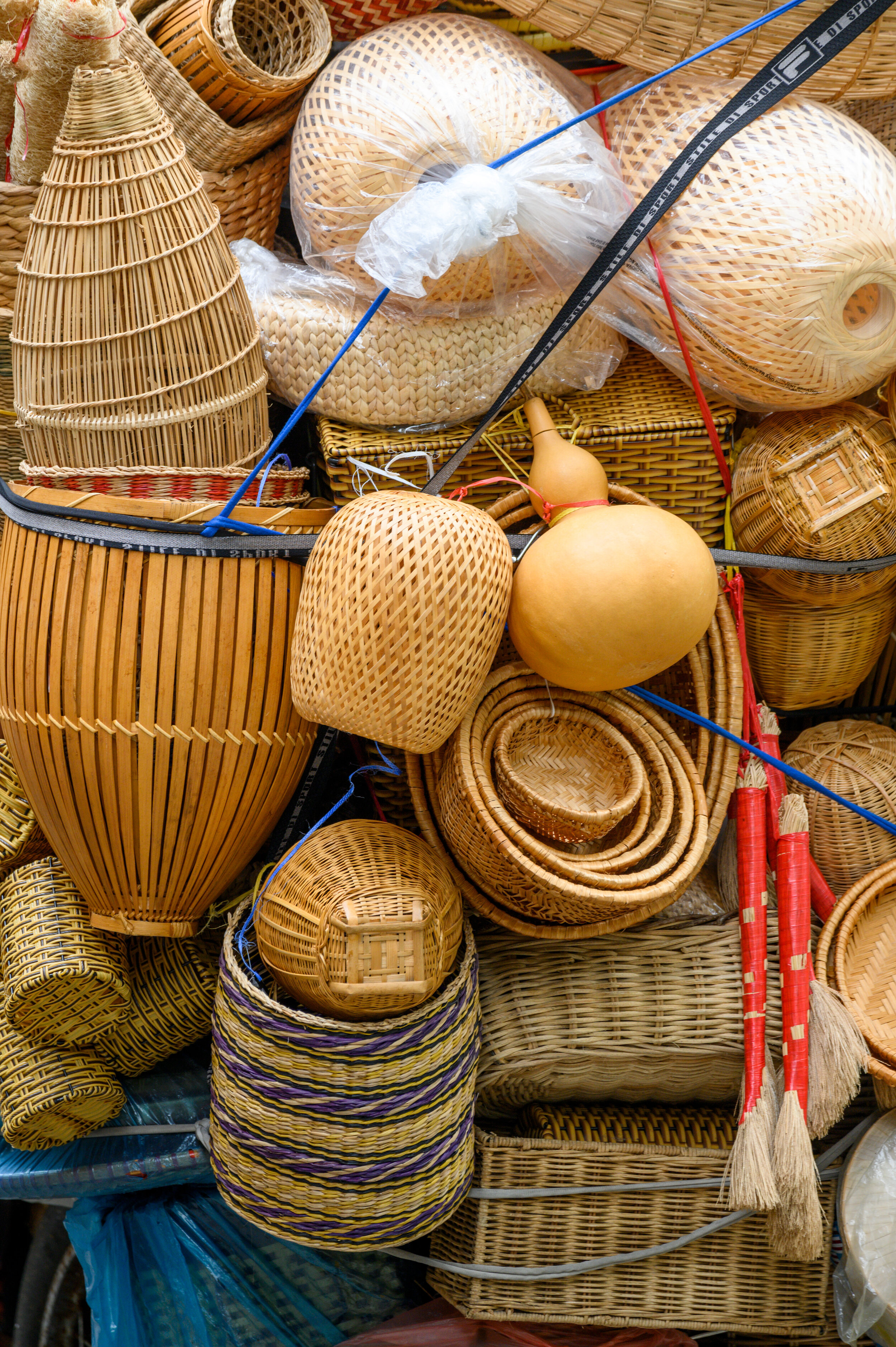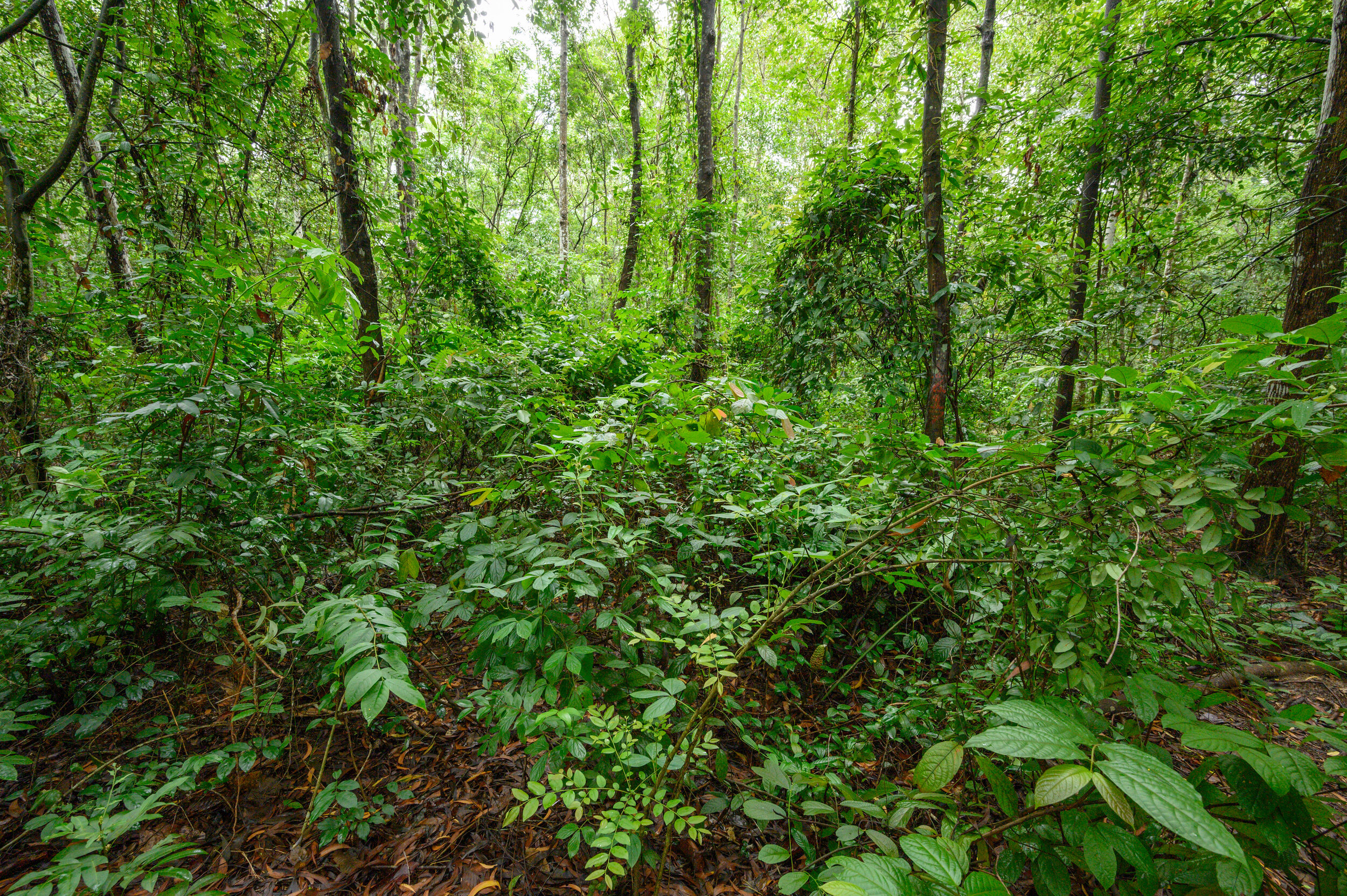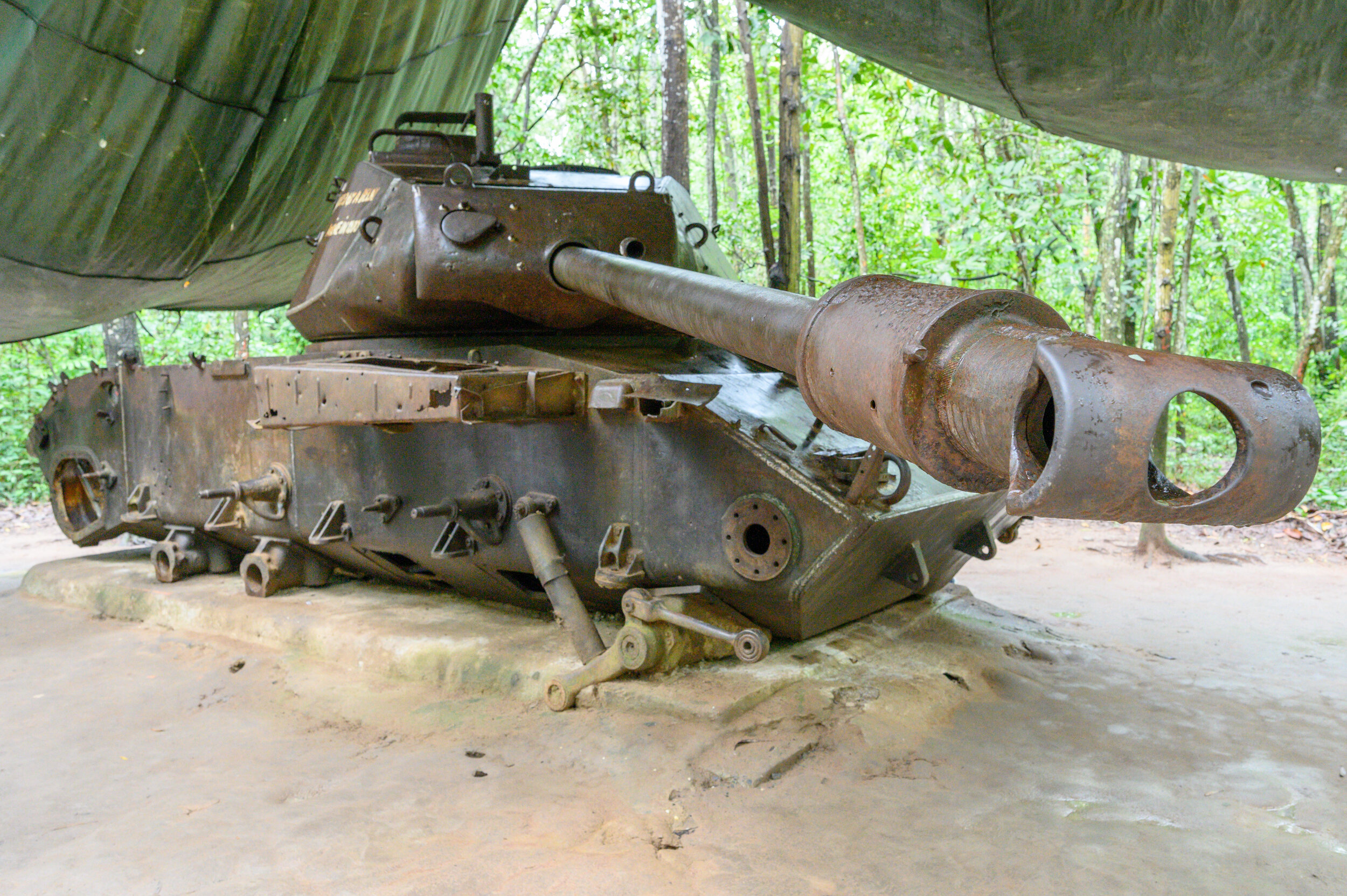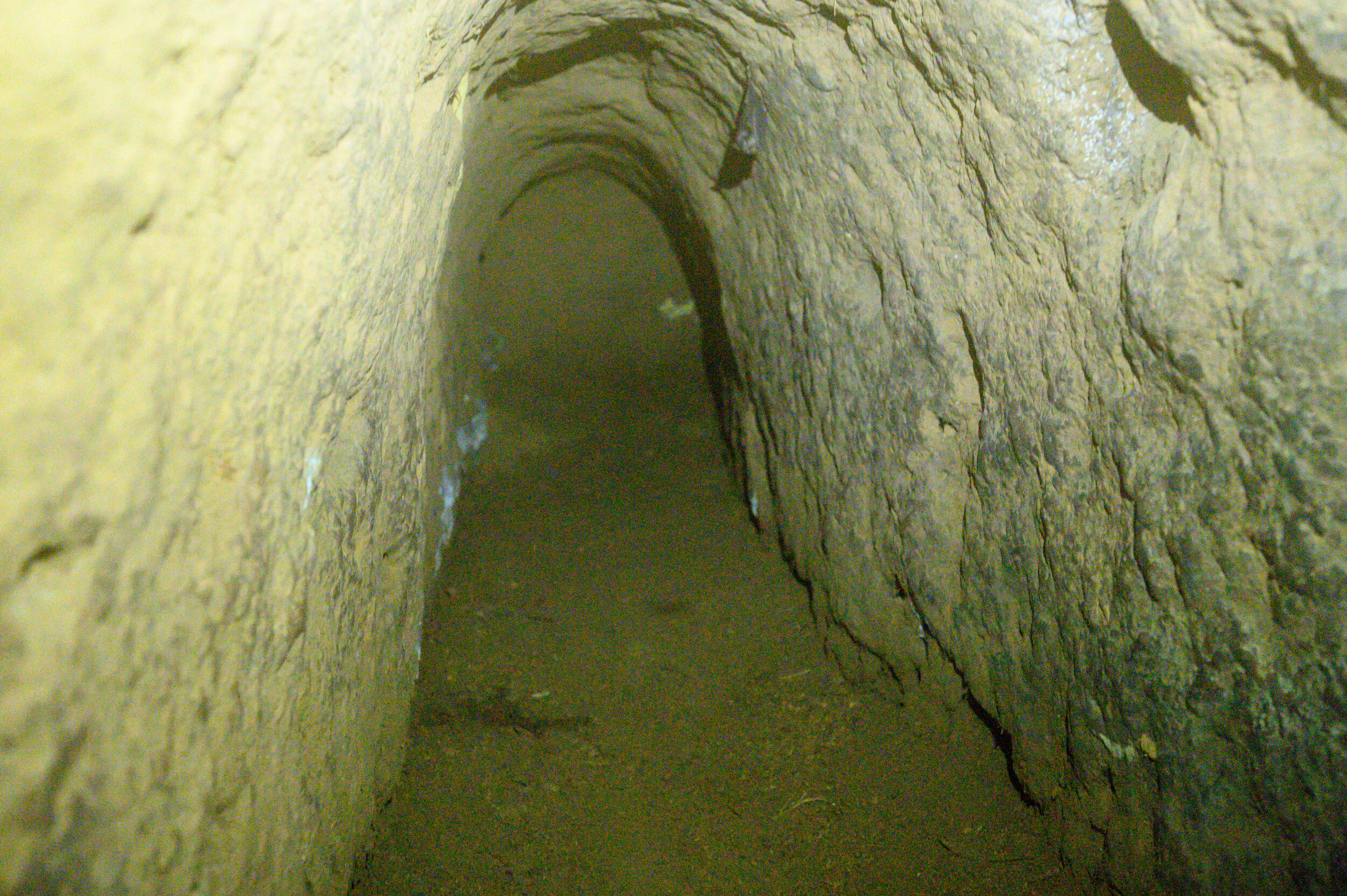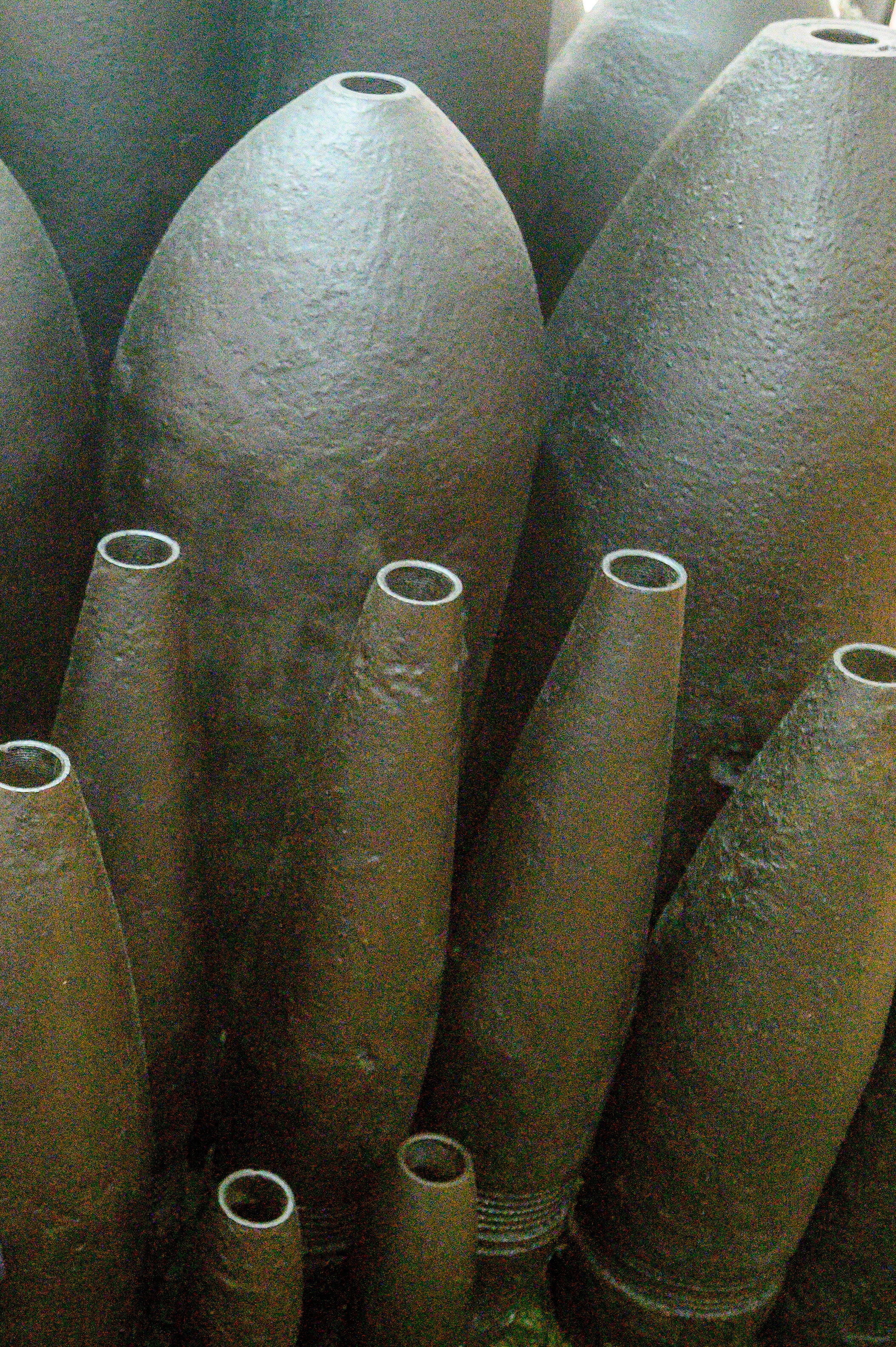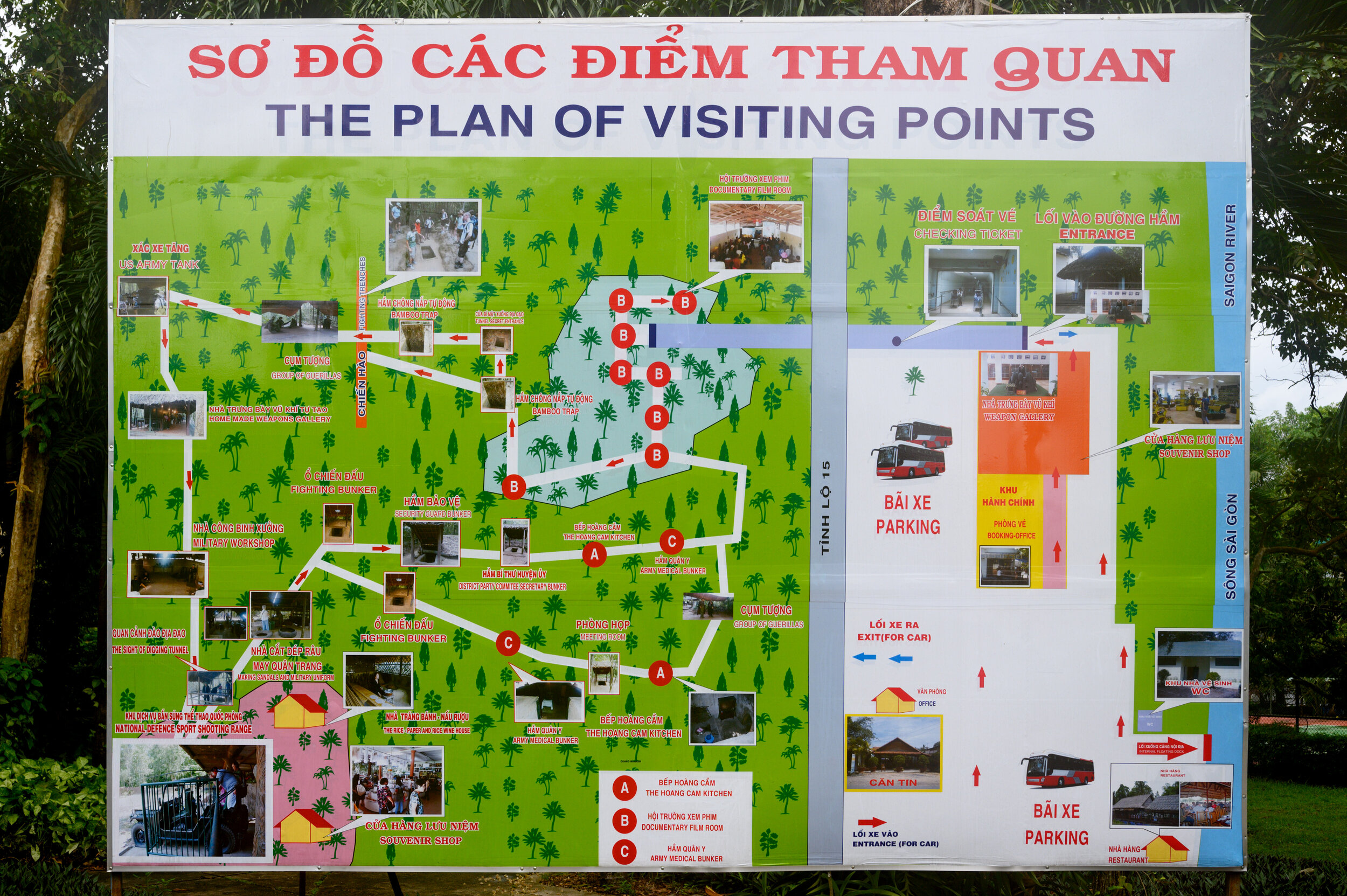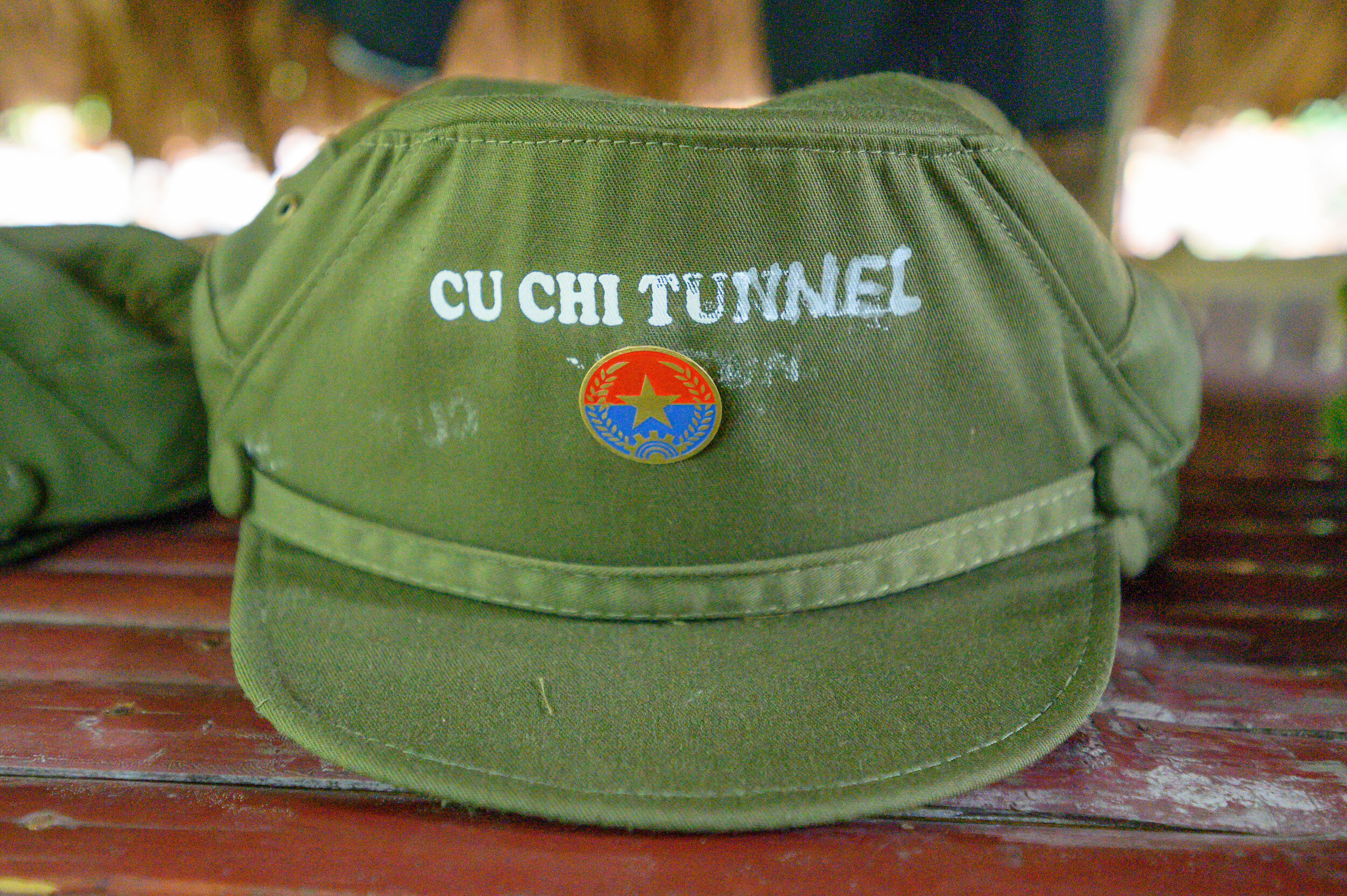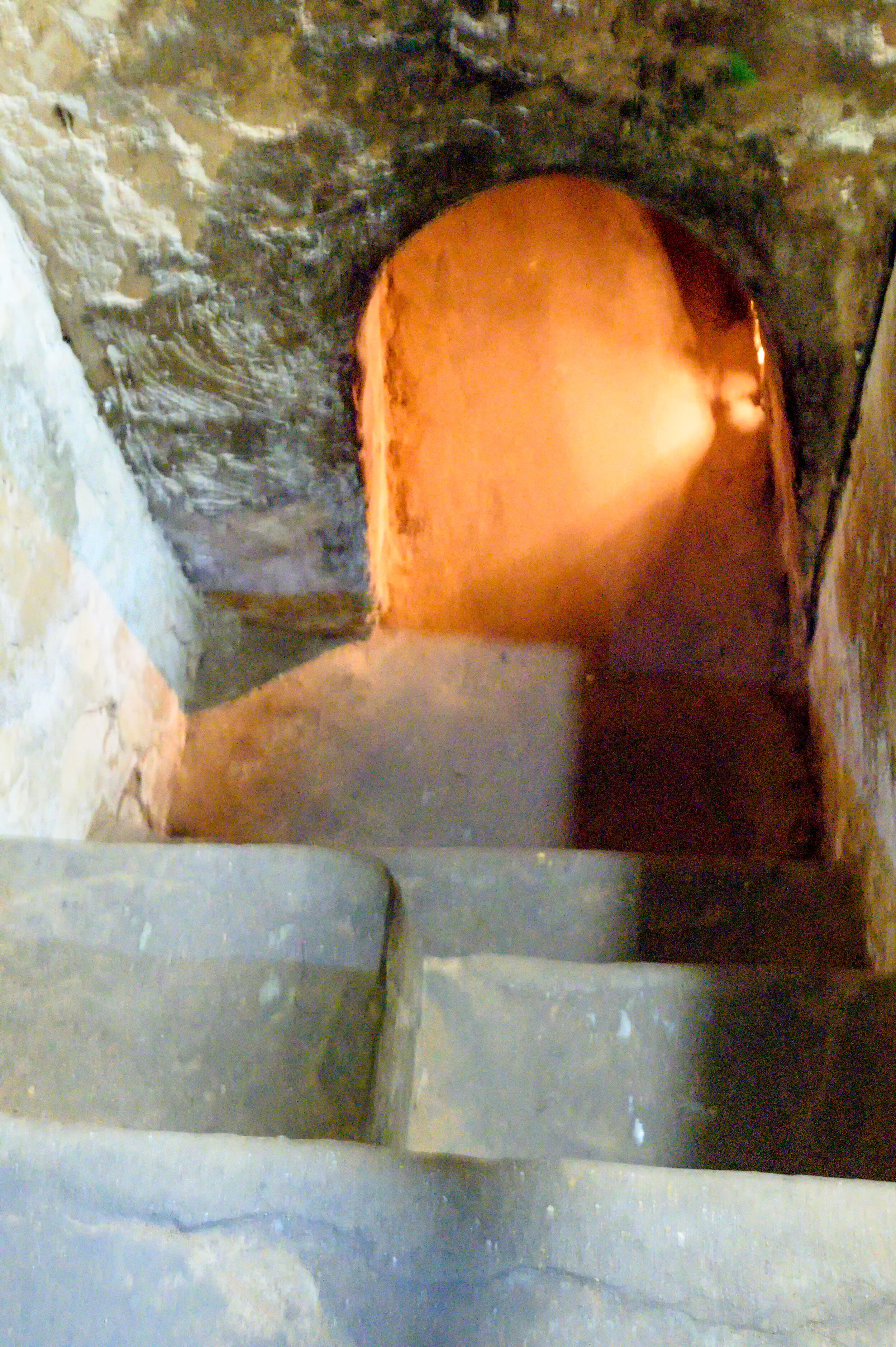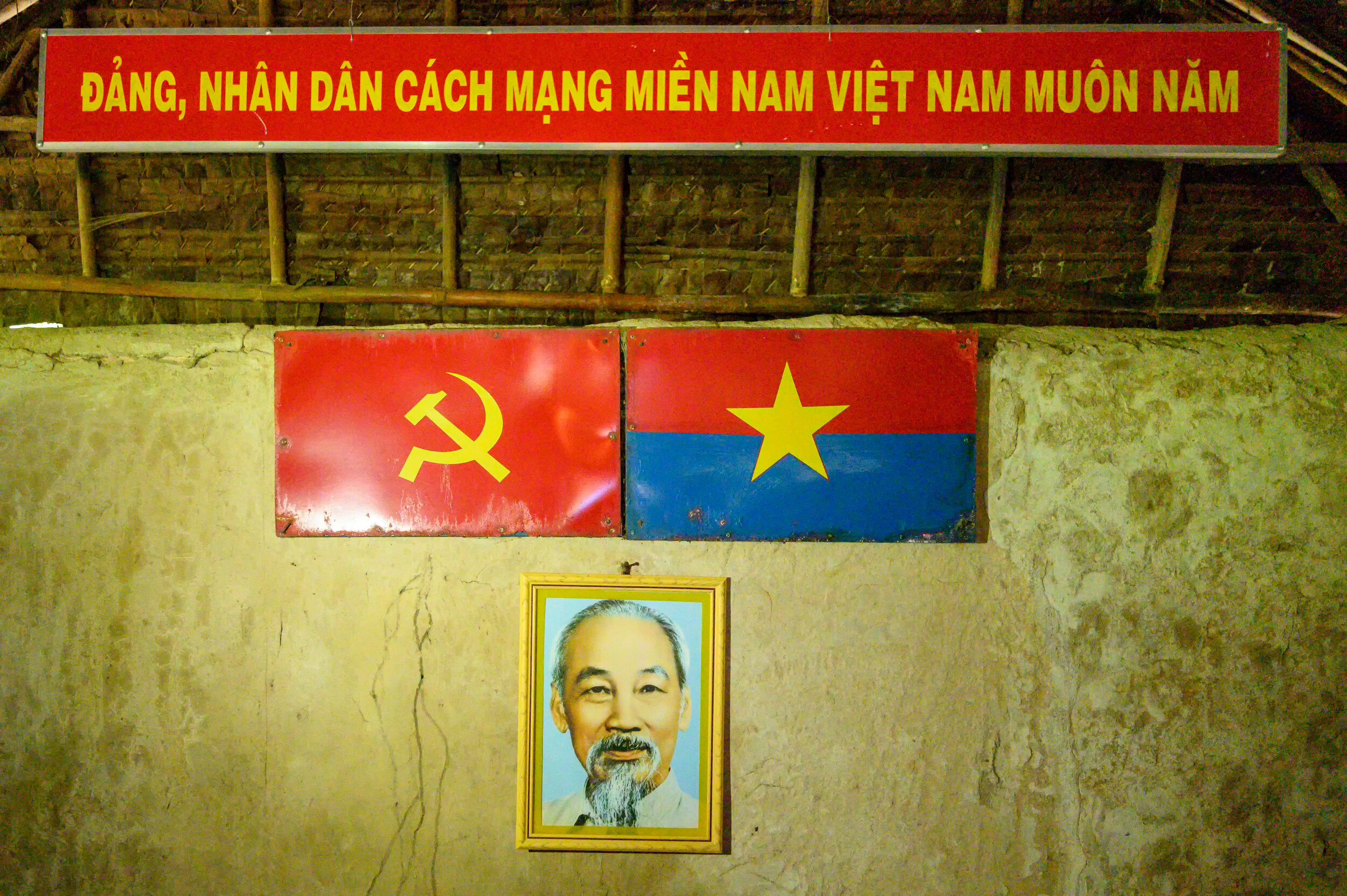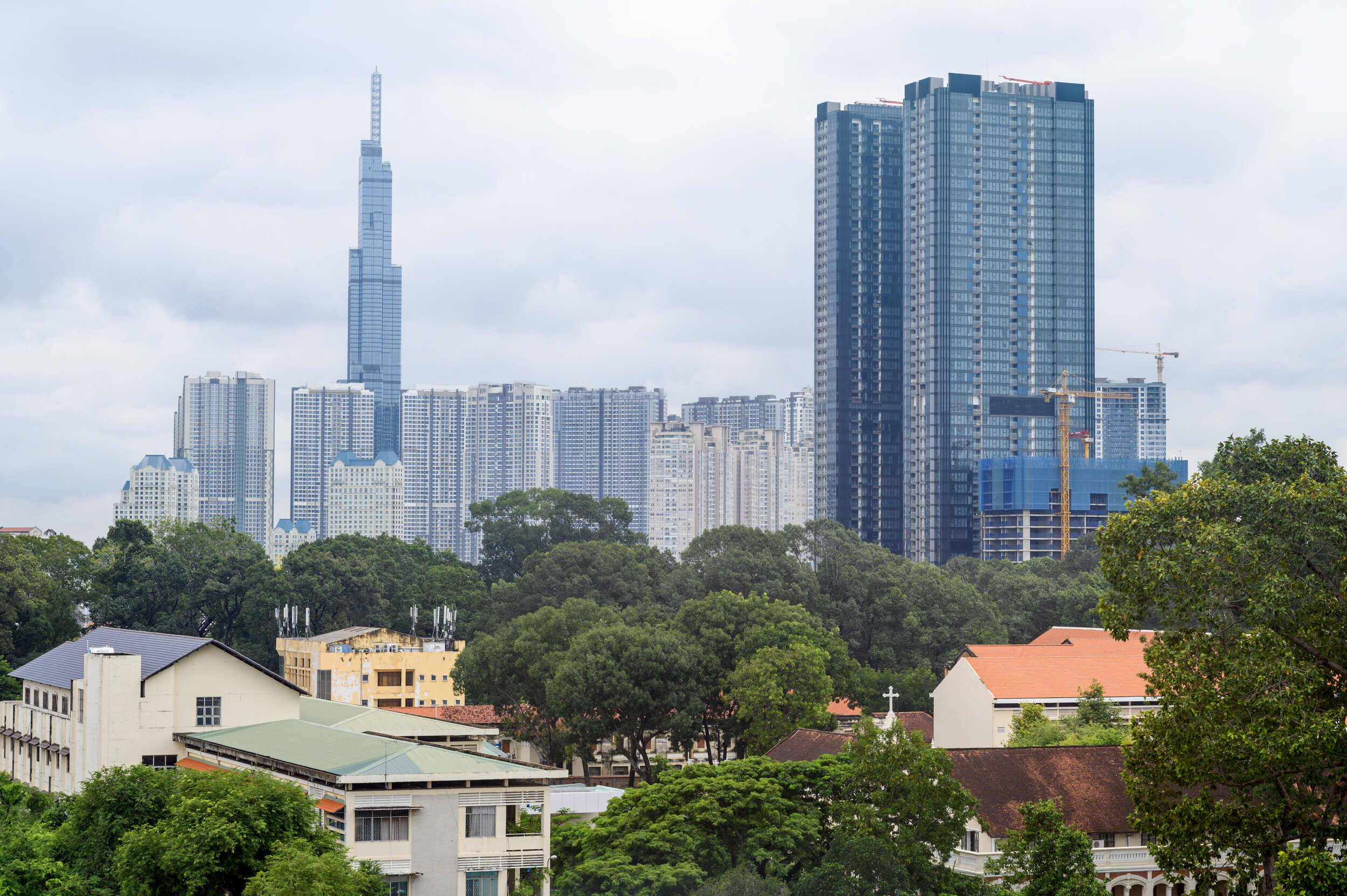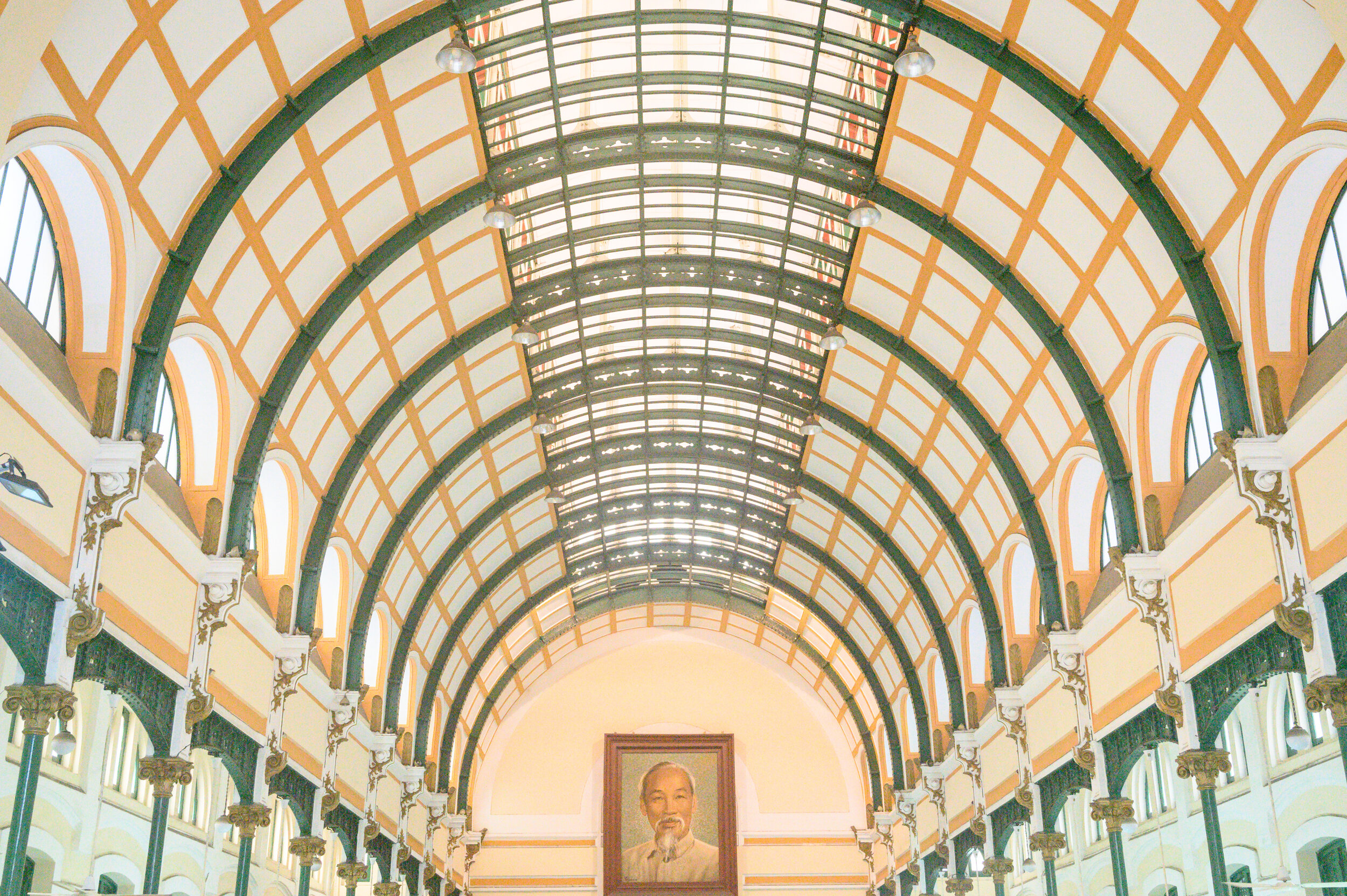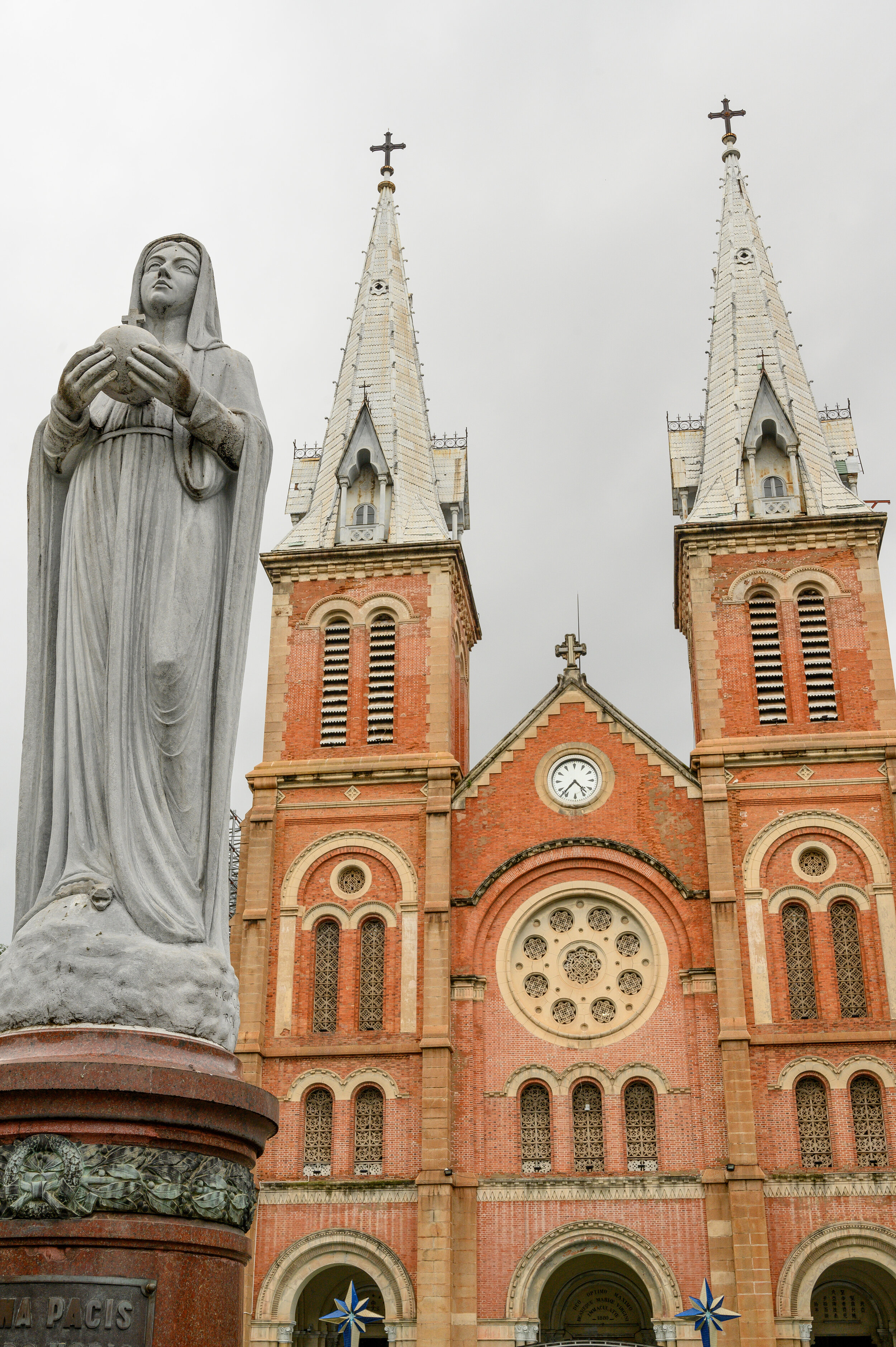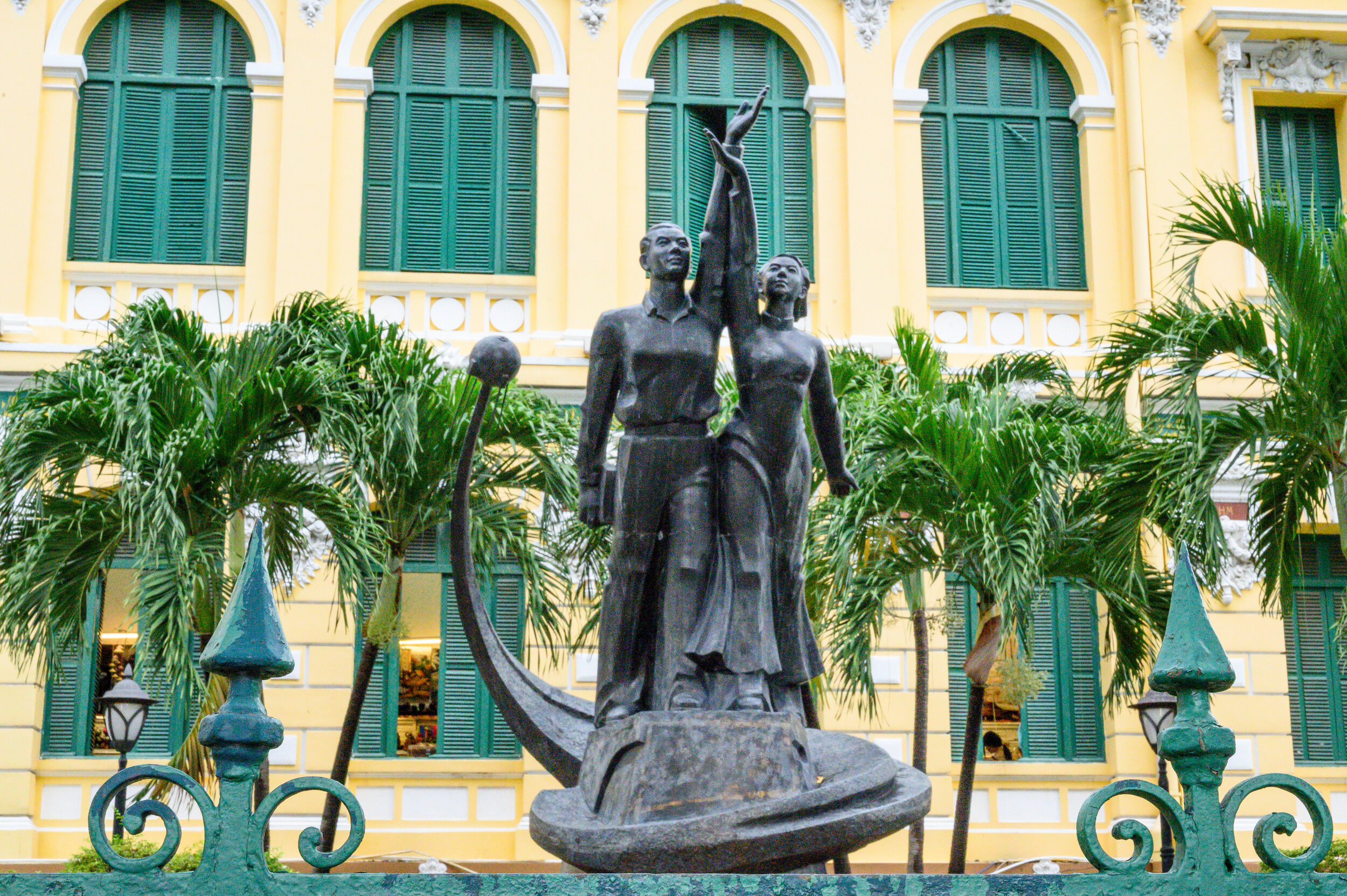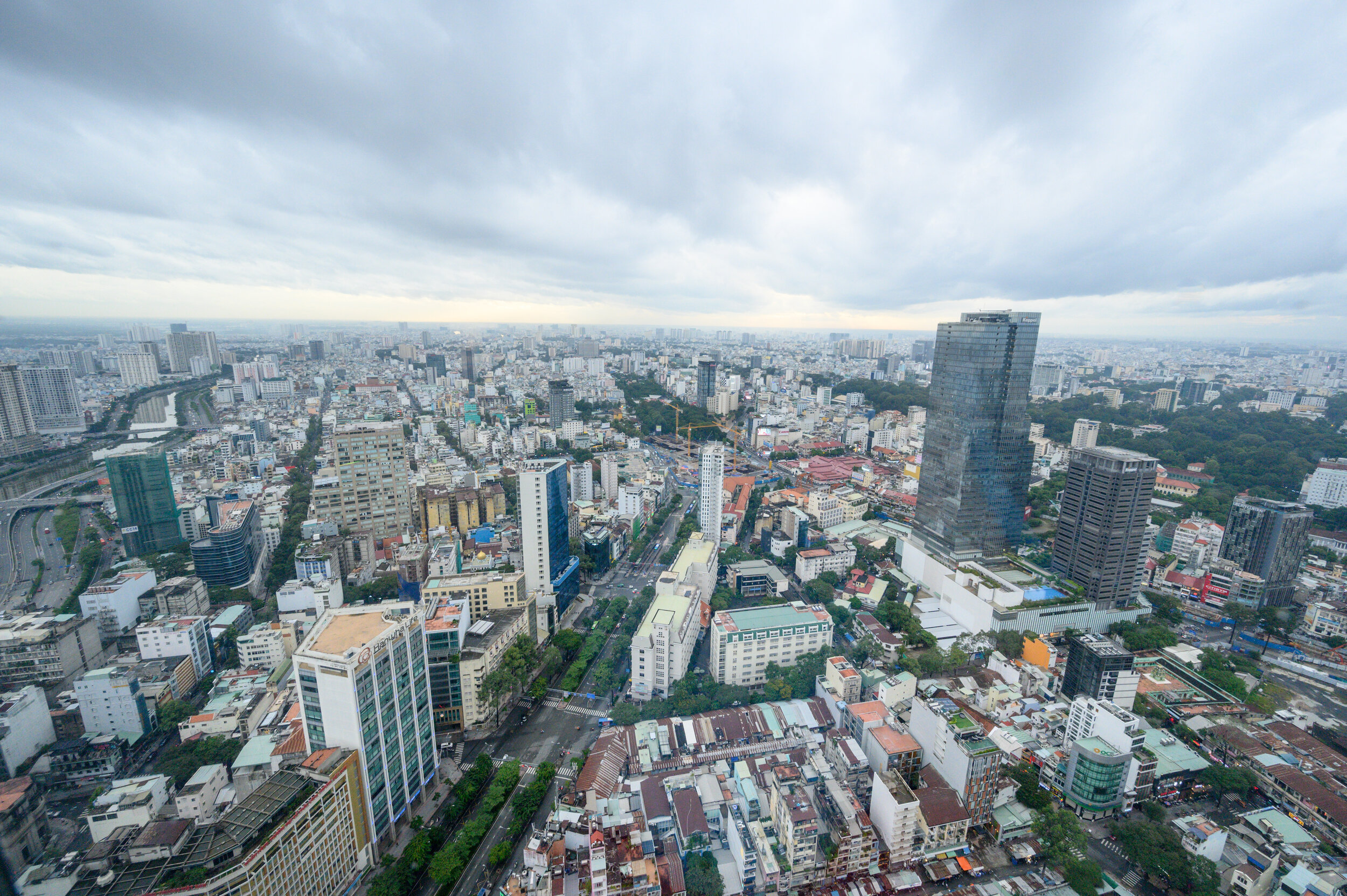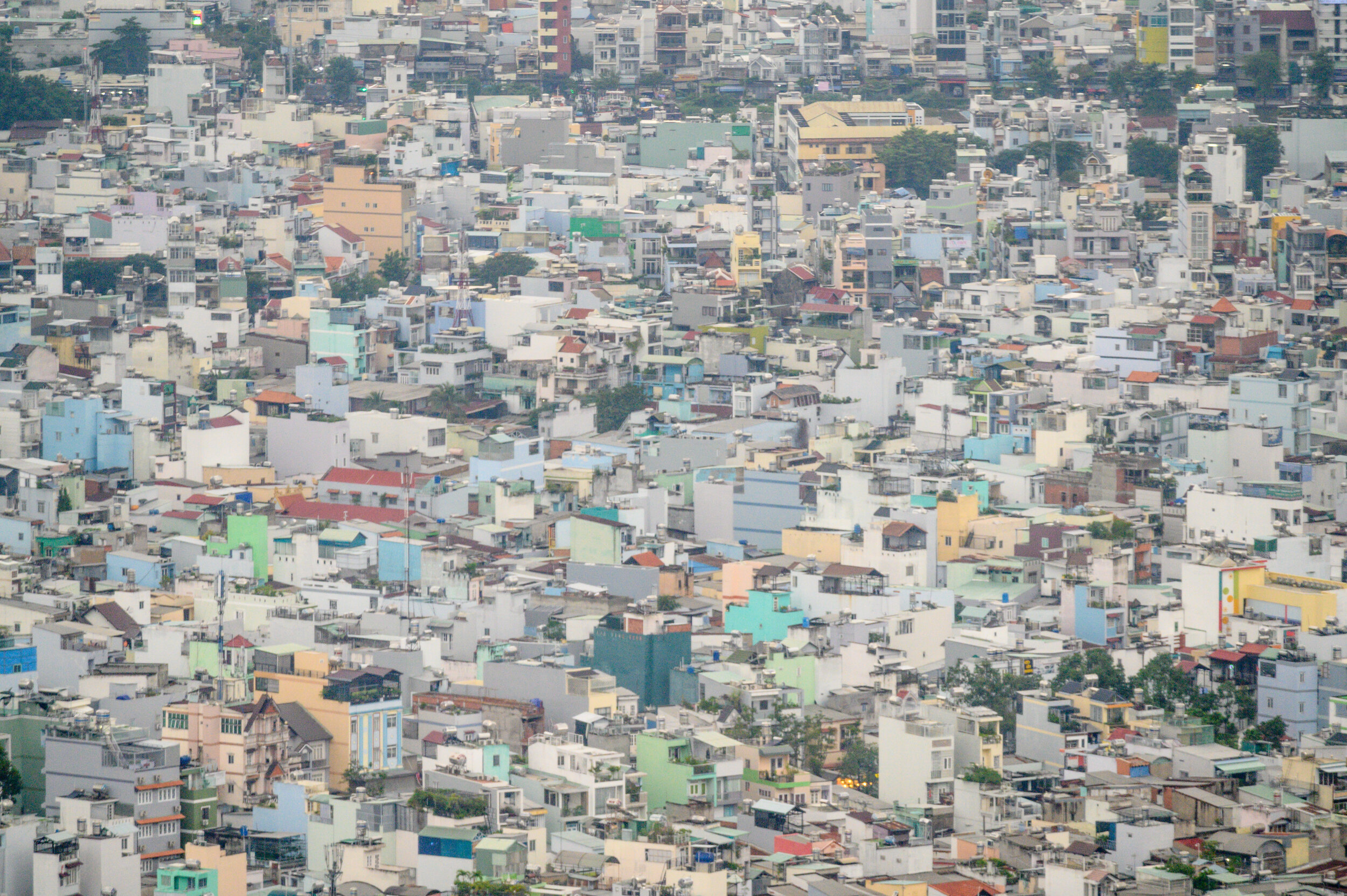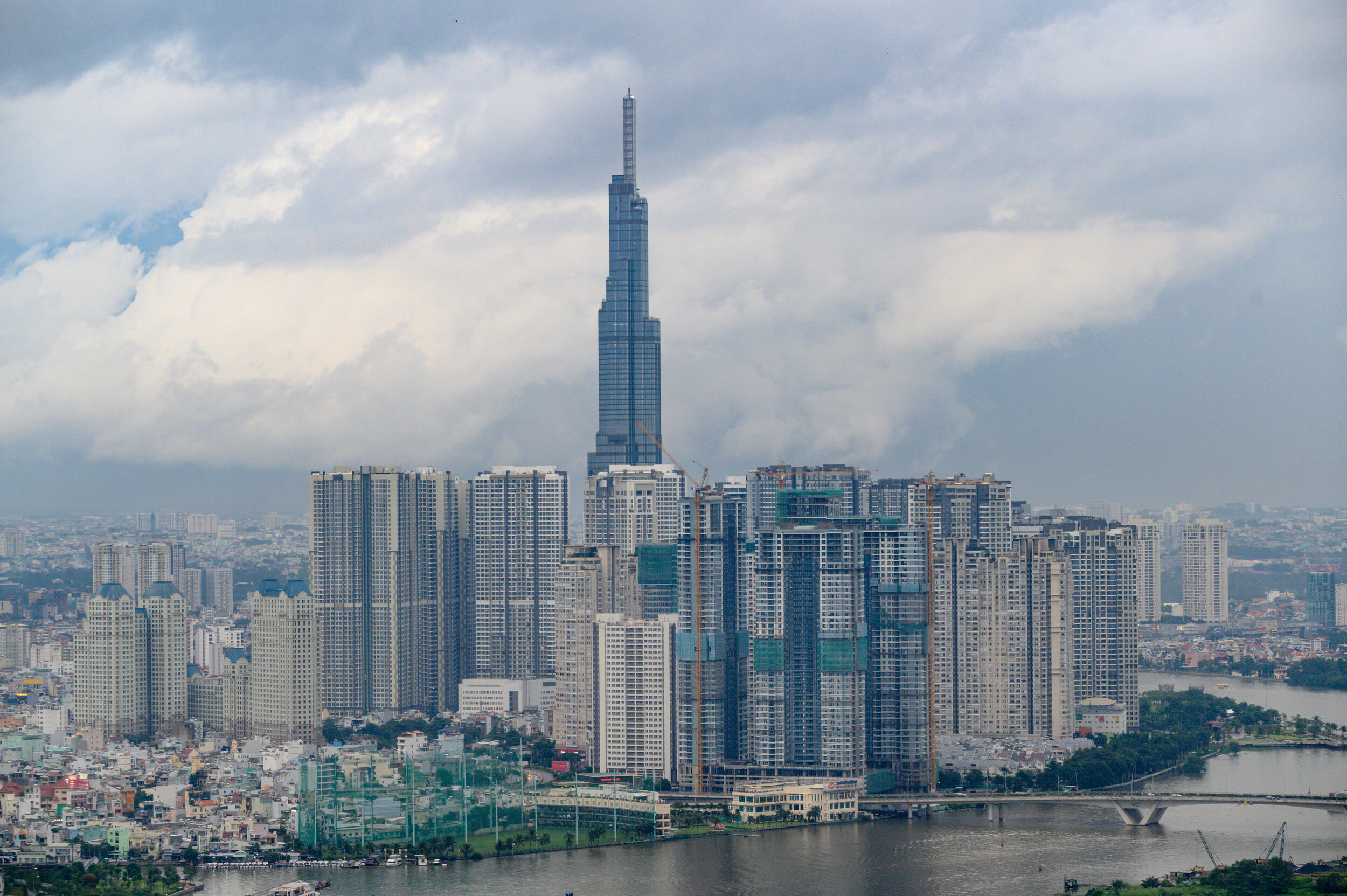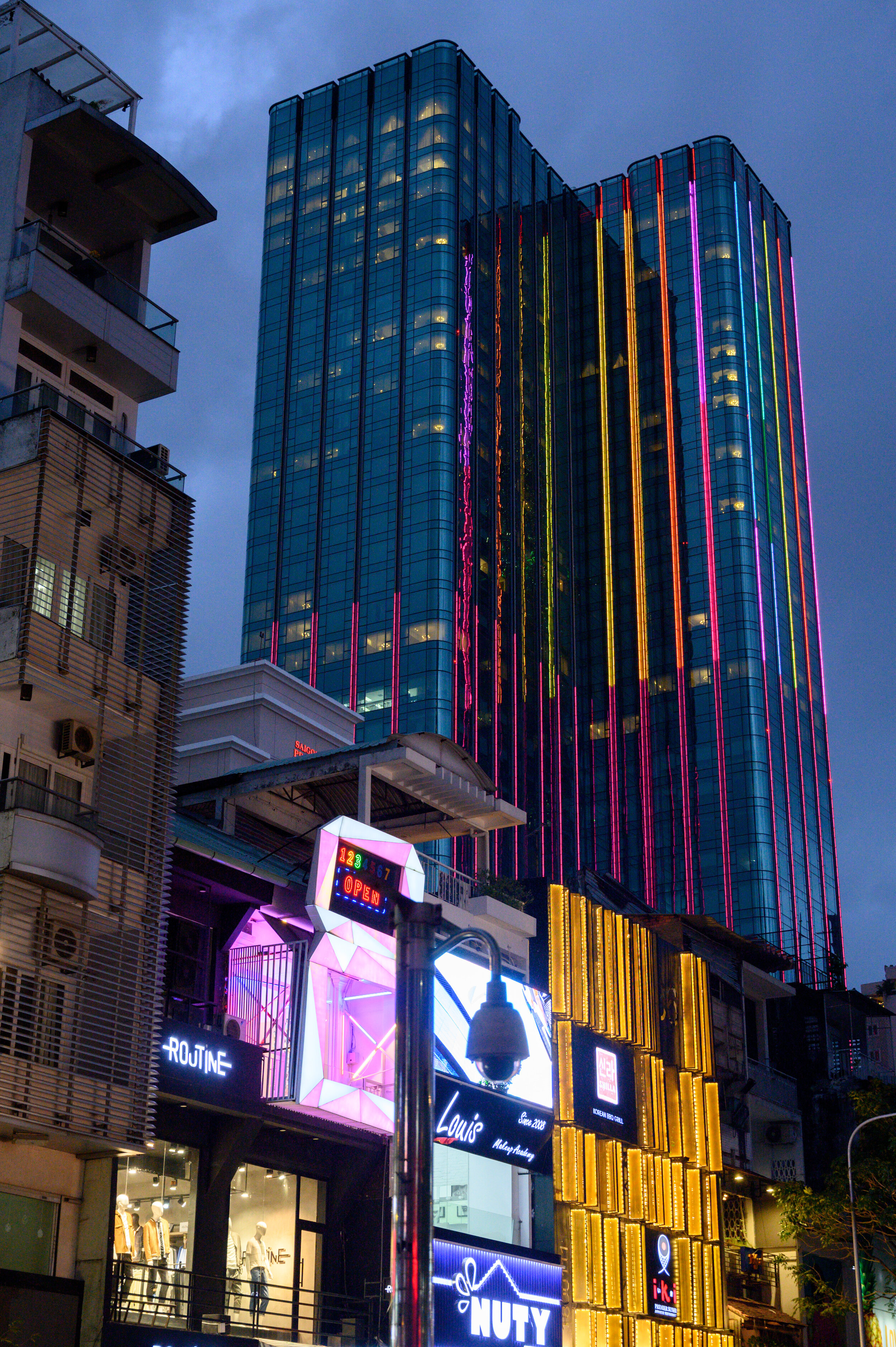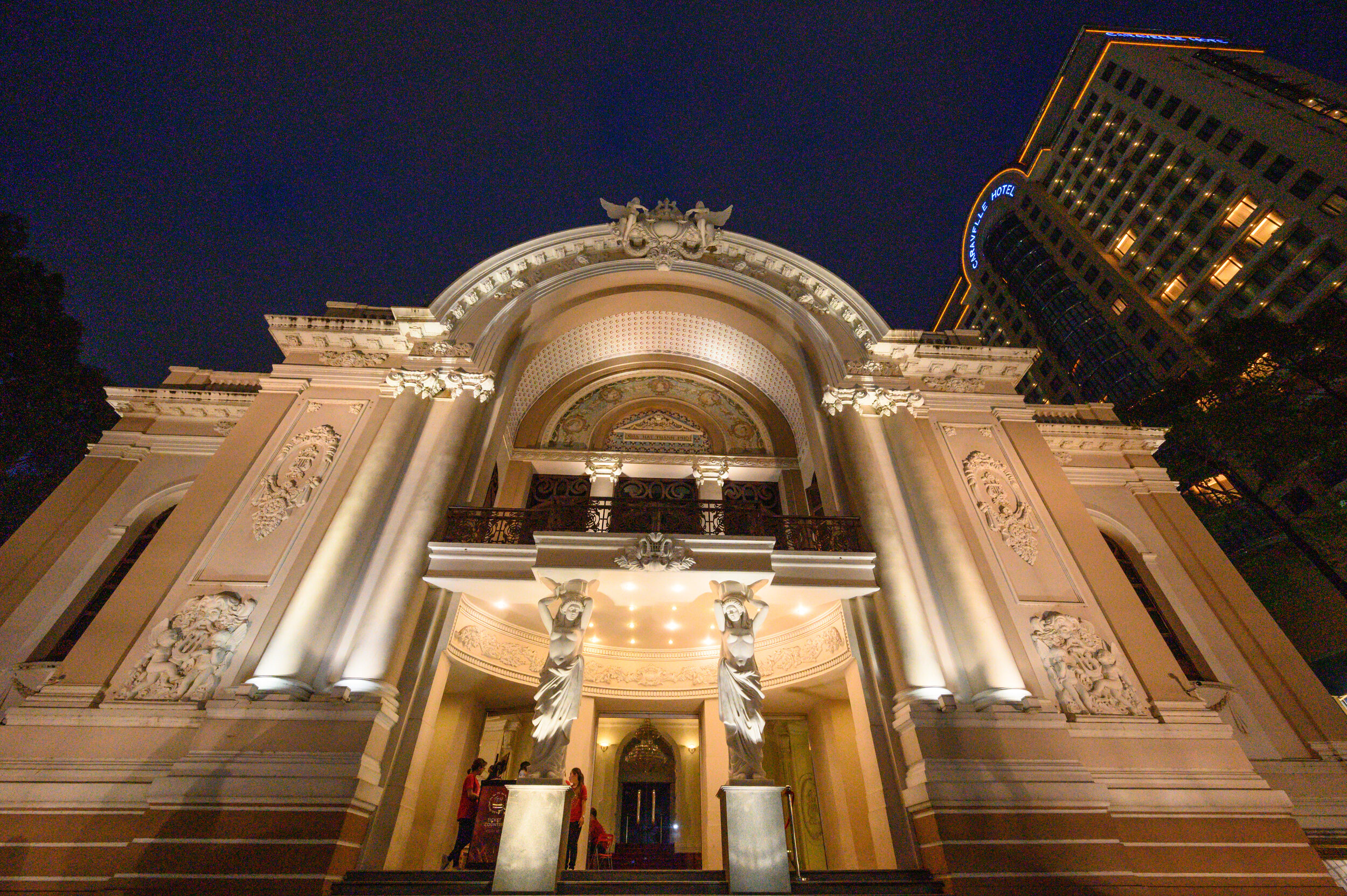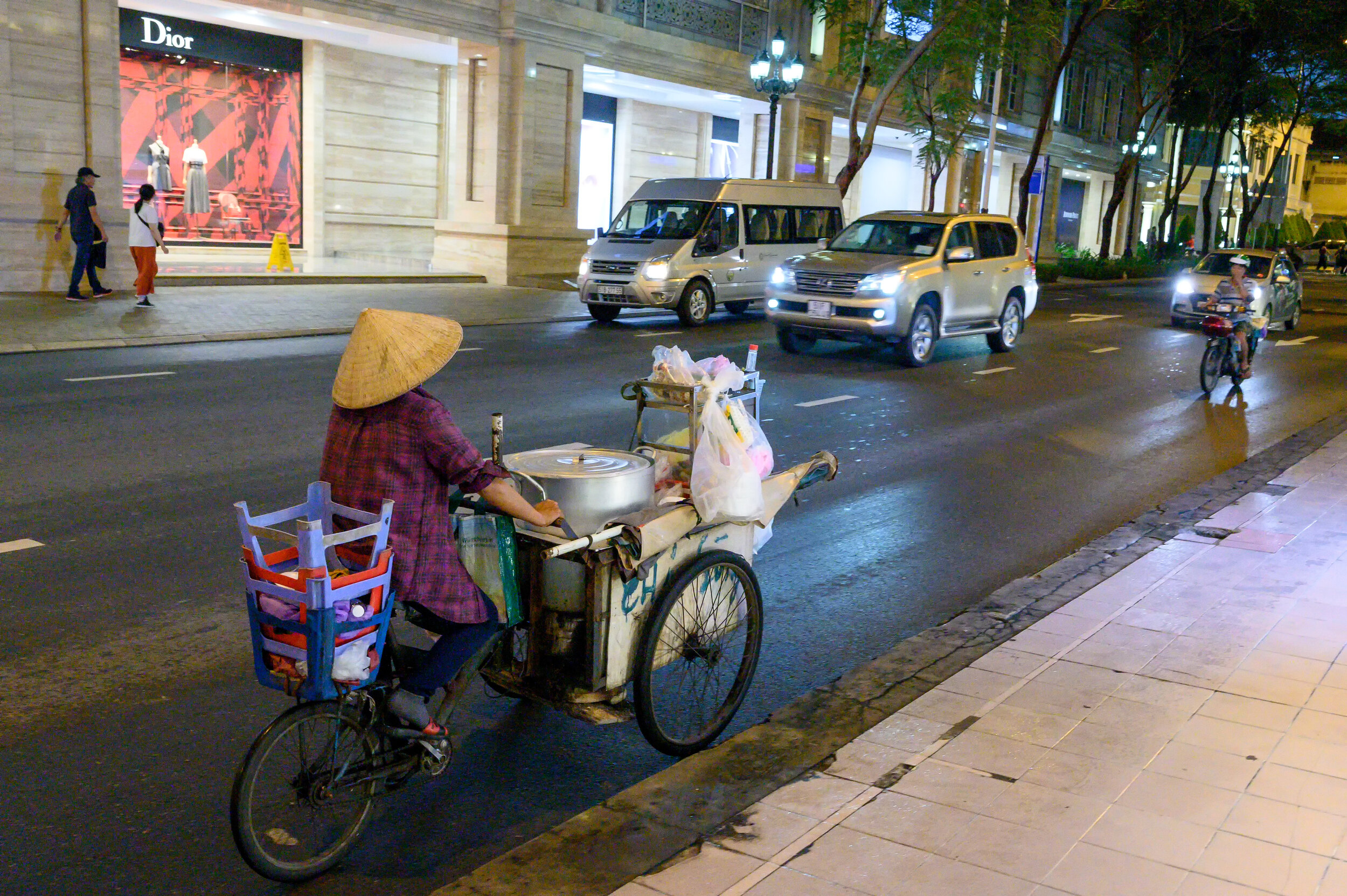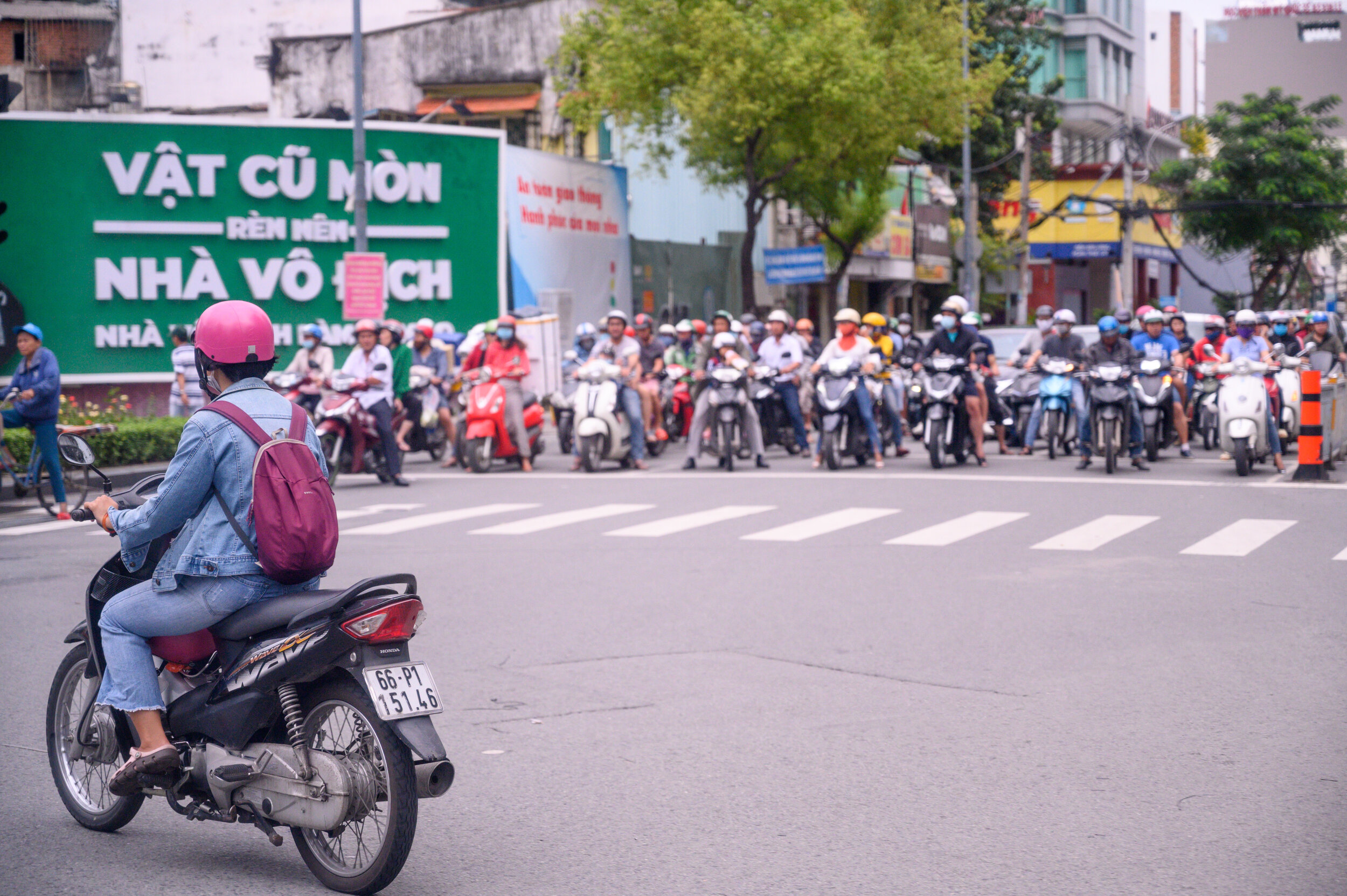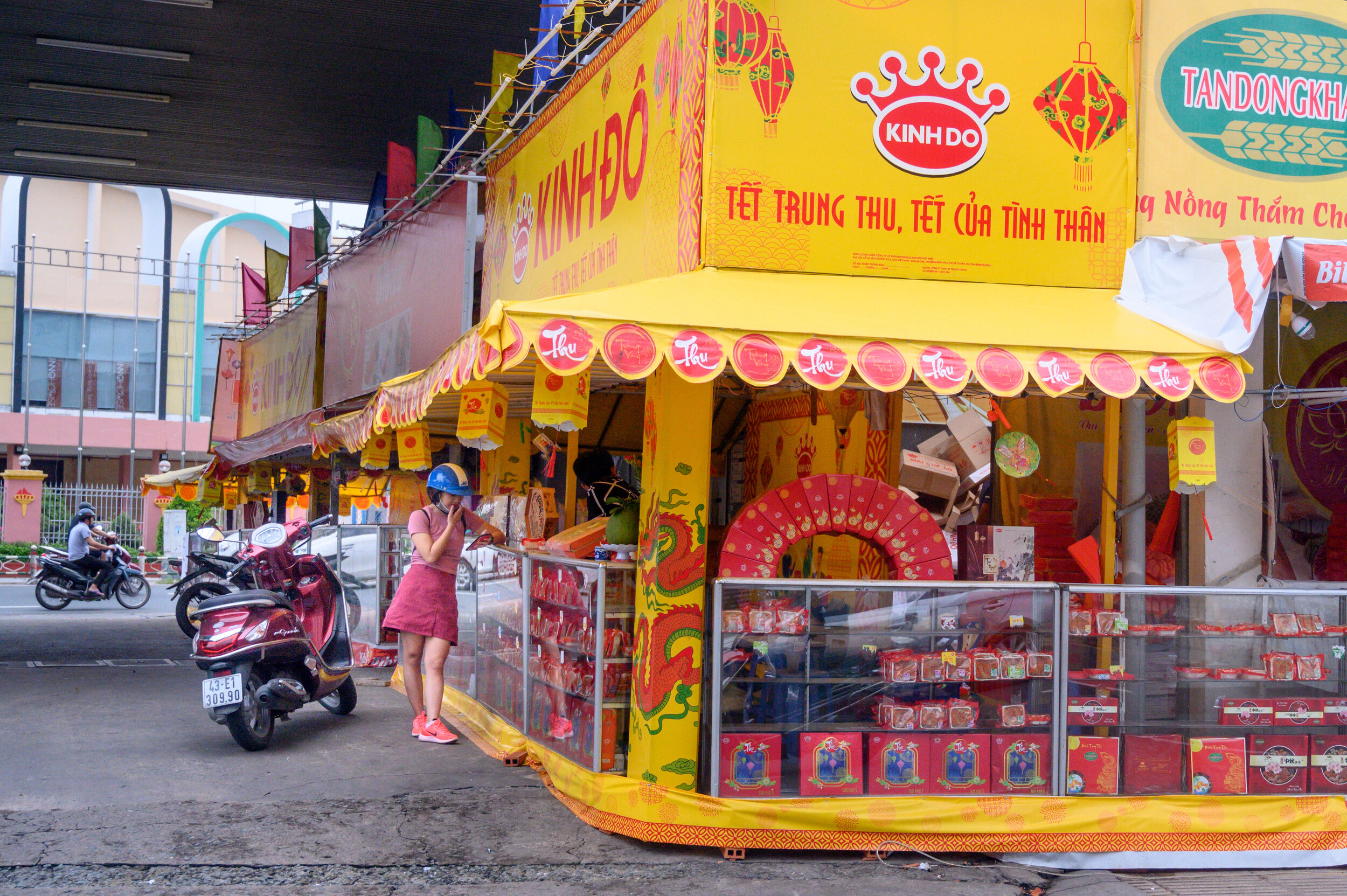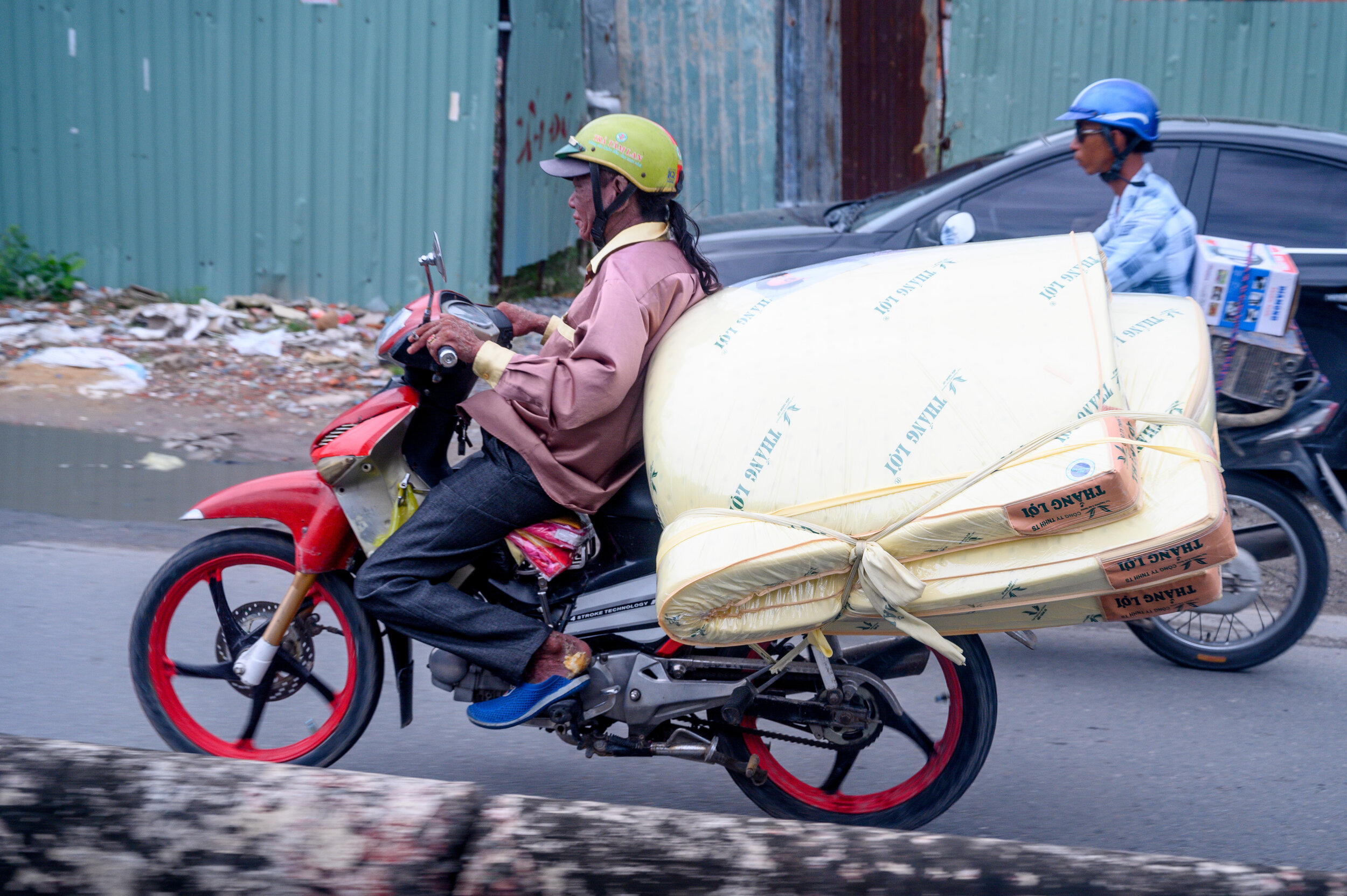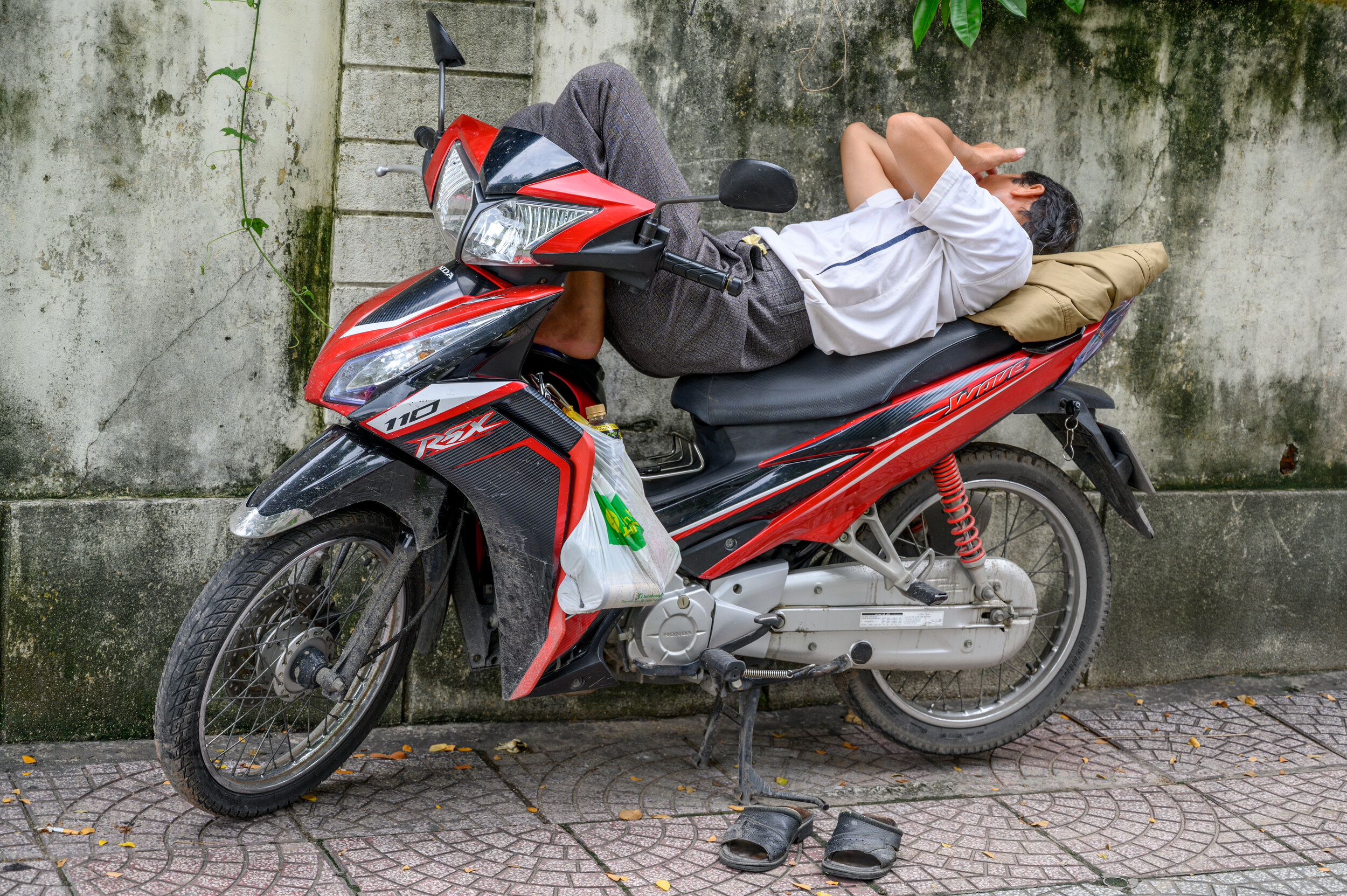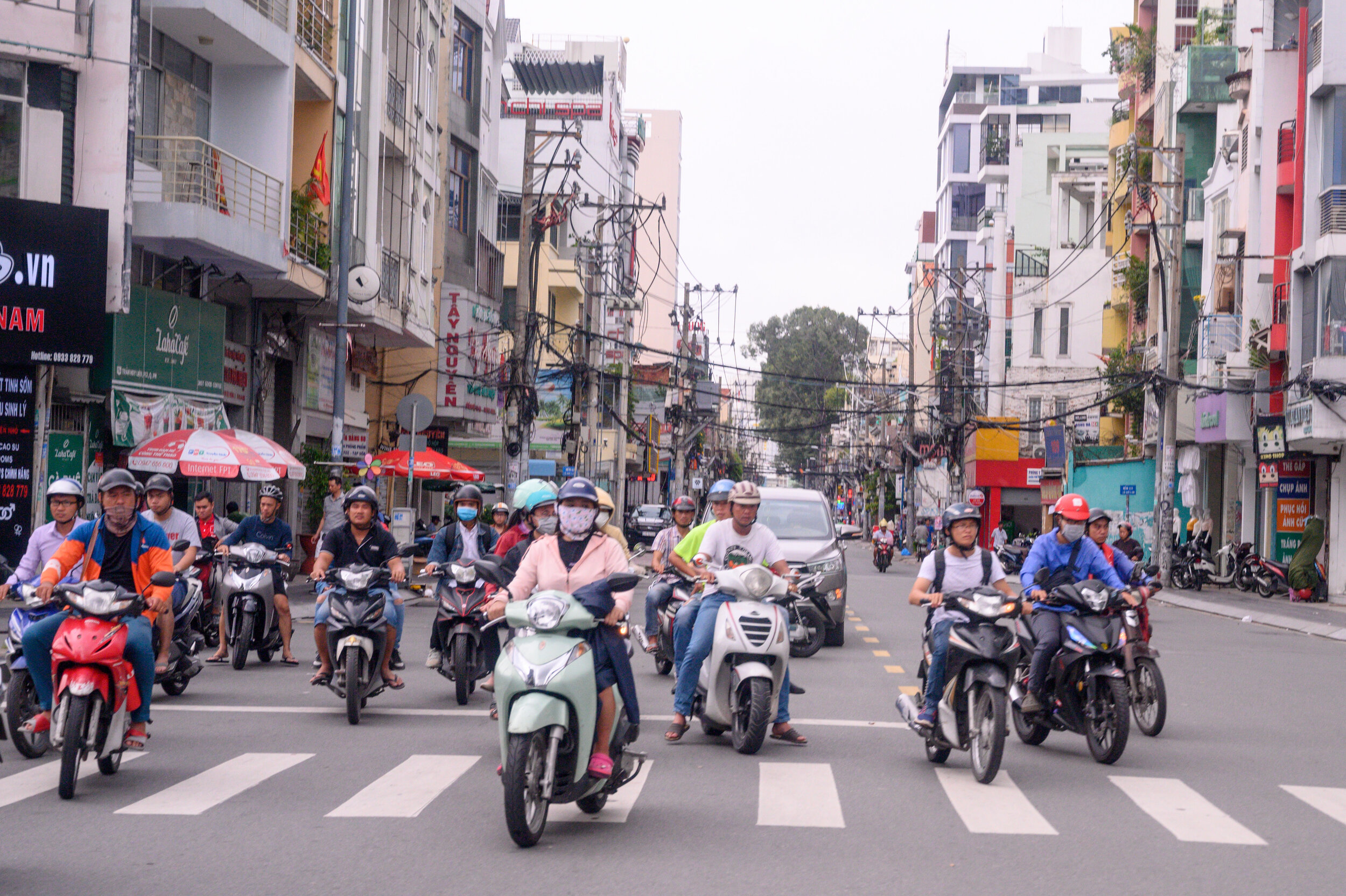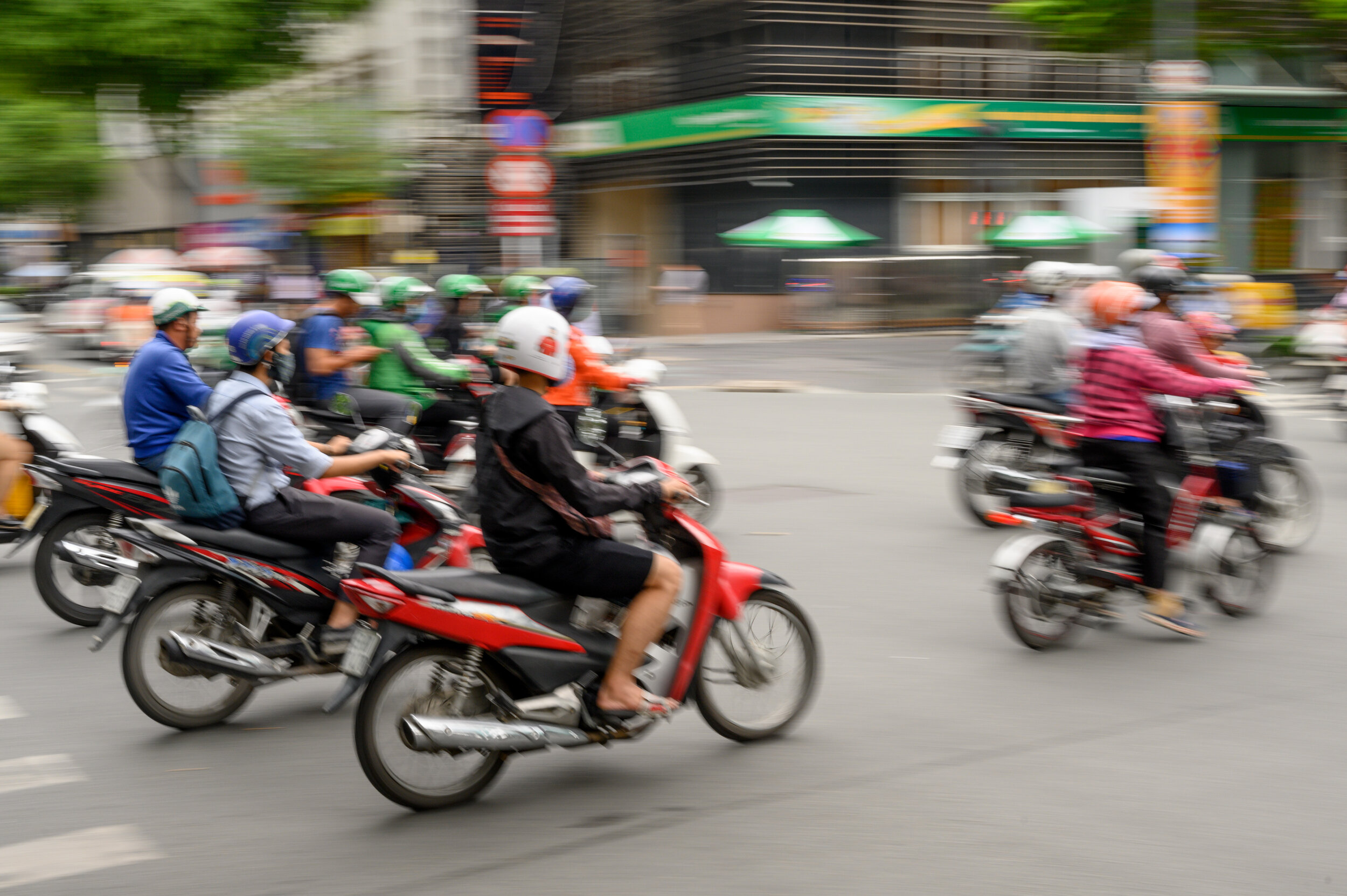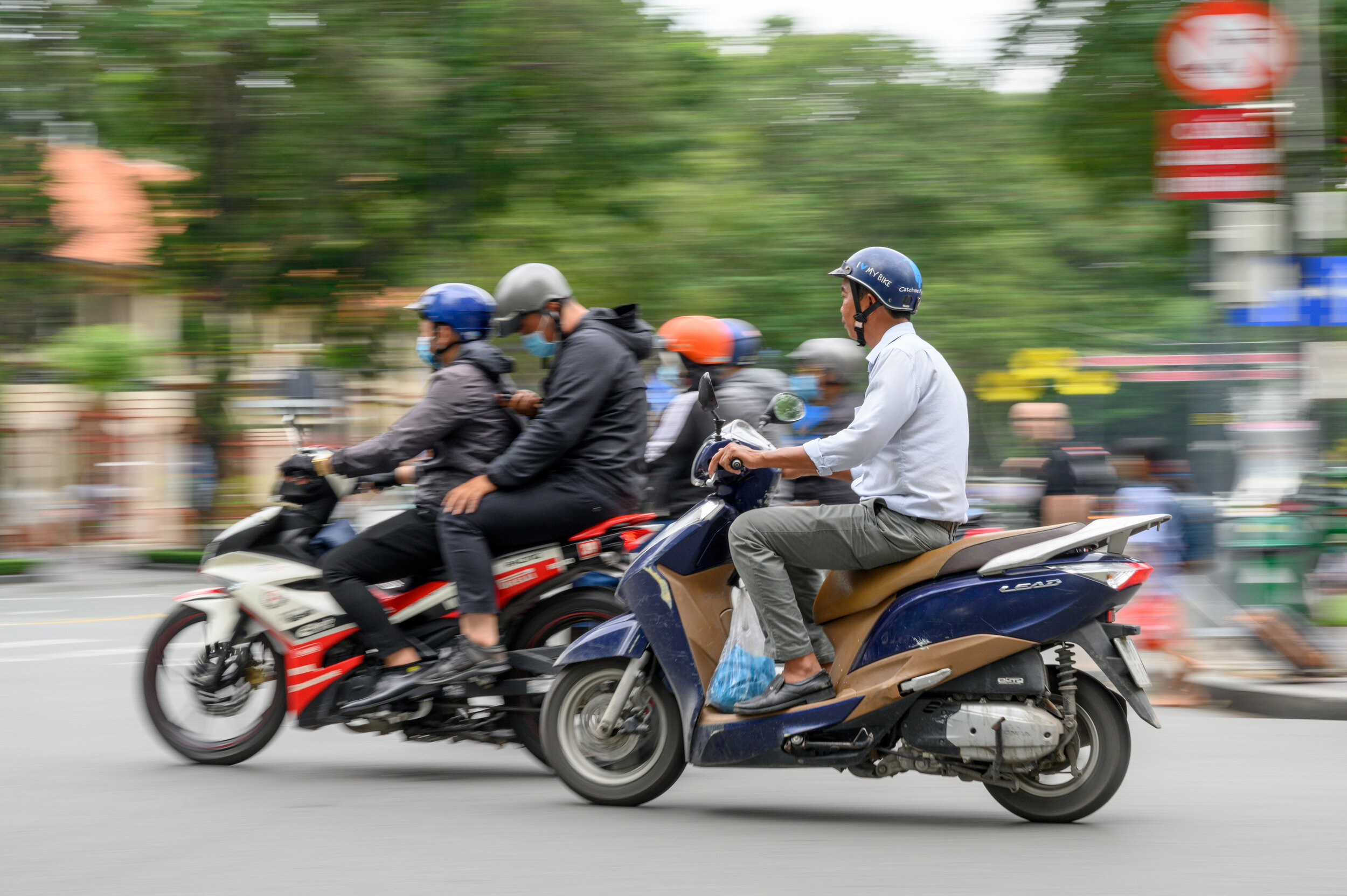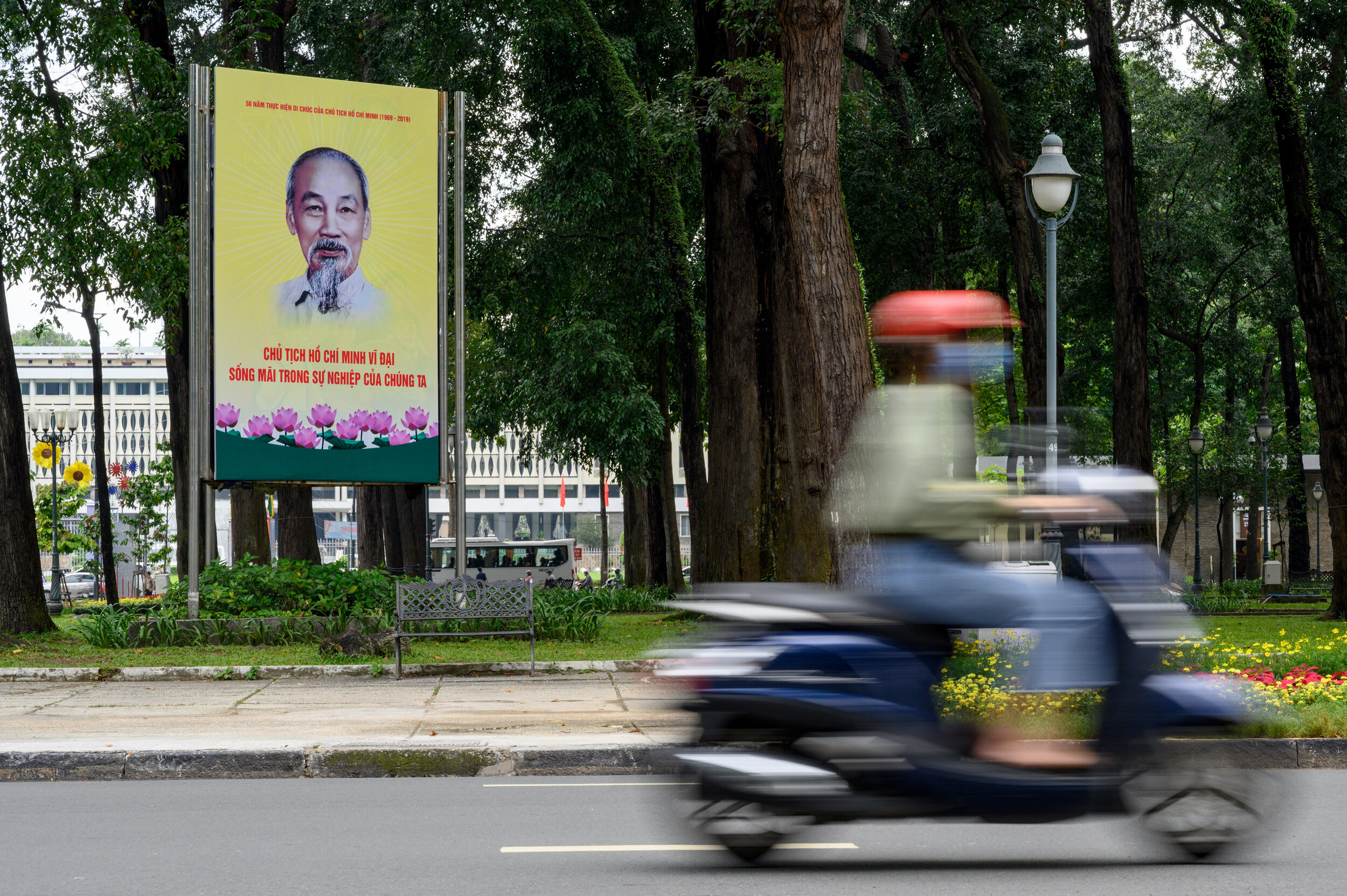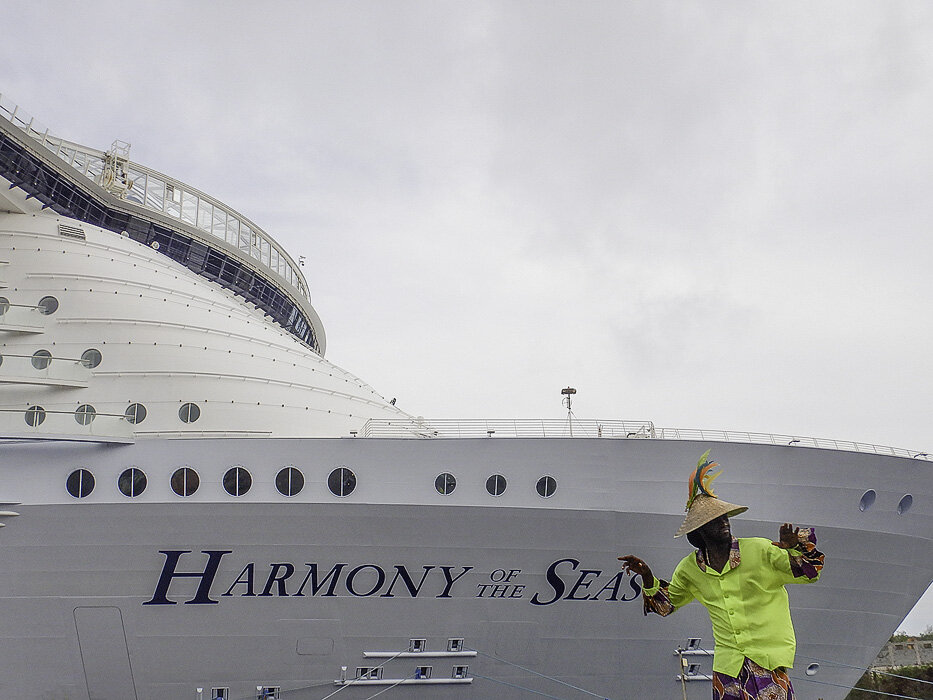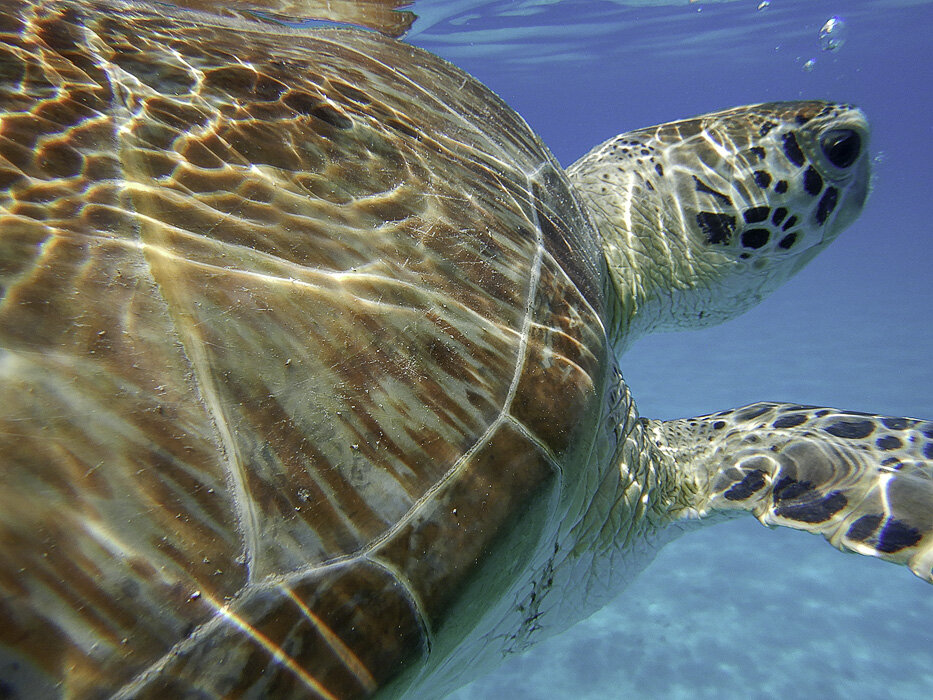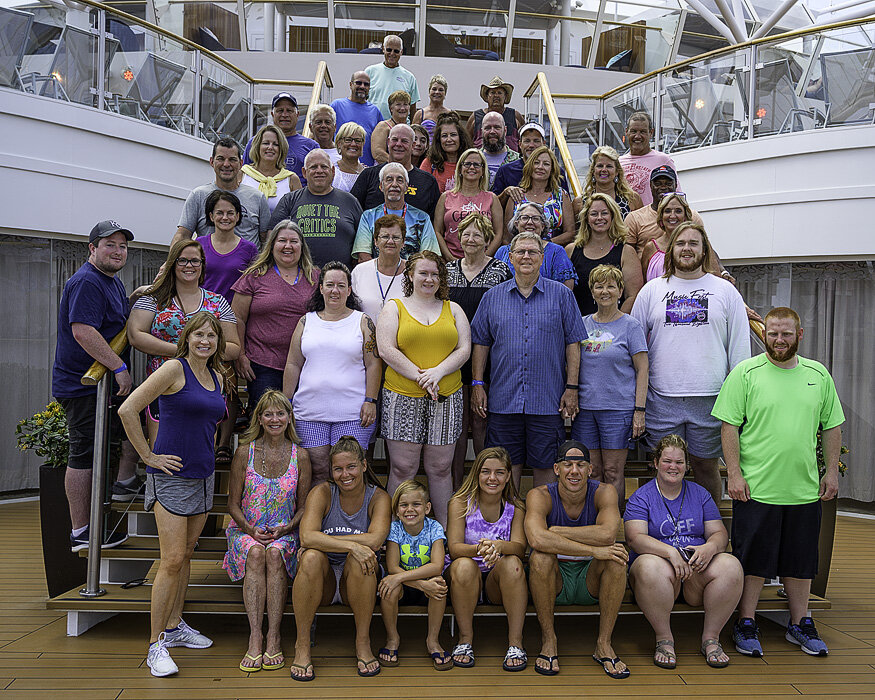In late 2019, we cruised along the Mekong River Delta aboard the AmaDara river boat through Vietnam and Cambodia, with about 120 other travelers interested in seeing this part of the world. Many of them, like us, ignored the weather, extremely humid and rainy season, to climb aboard AMADara and learn about the area first hand.
I learned a lot of things about a region and its people, in 2 different countries, and since it was one of the last trips I took, I’ve had a lot of time to consider these lessons! Our river cruise traveled from Saigon, Vietnam (Port at My Tho) to Cambodia (Kampong Chang), and we visited many small villages along the way.
Click to see our reports on Saigon, Vietnam and coming soon! Phnom Penh, Cambodia and Siem Reap, Cambodia (with Angkor Archeological Park)
Vietnam
The River is Not Brown Because It’s “Dirty”
The immediate impression of the Mekong is it’s very silty brown color. This is due to the particulates that slough off into the water as it runs from the mountains in Tibet to Vietnam, where it meets the South China Sea. While some sections of the river do contain the waste from the cities and villages along it, (as is the case in many developing places in the world) the color has little to do with that. We’ve seen rivers look like this in the most pristine areas of Alaska.
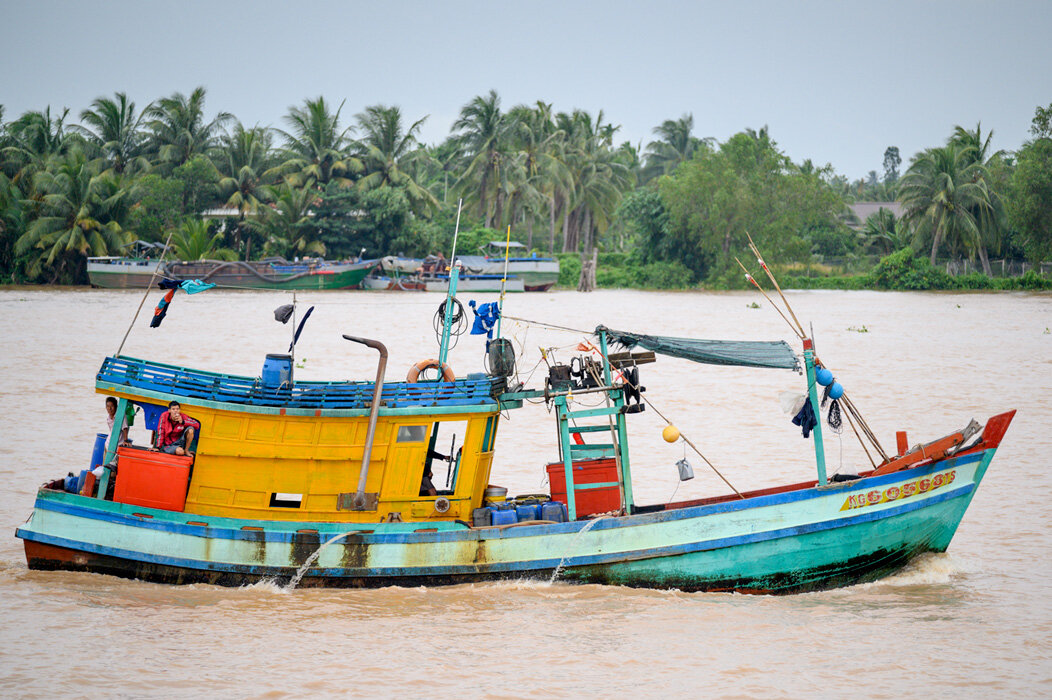
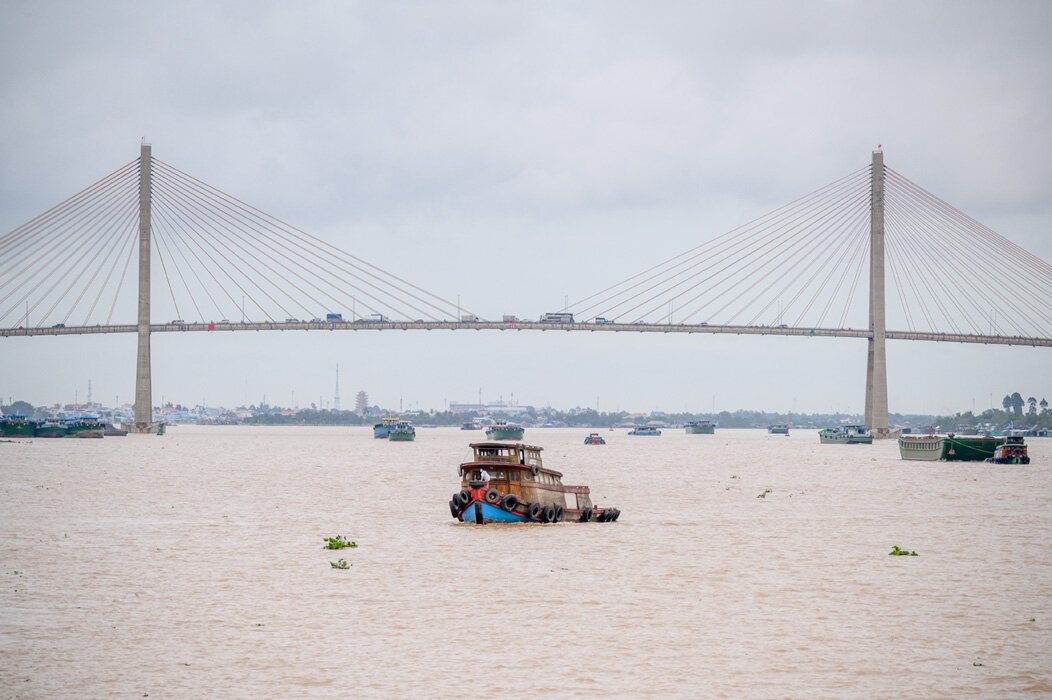
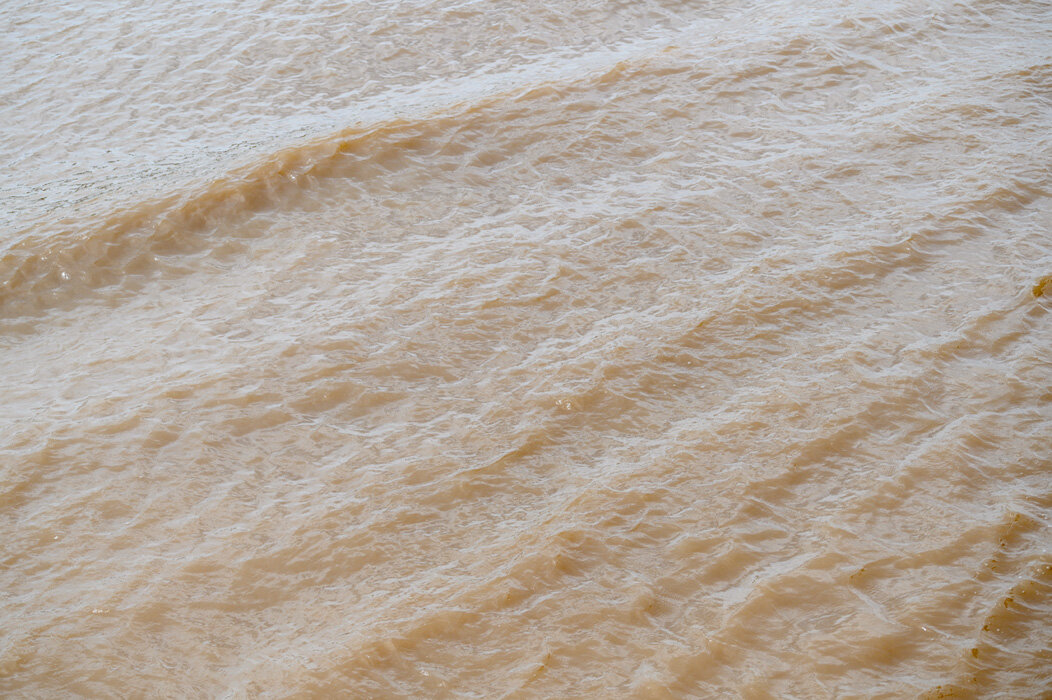
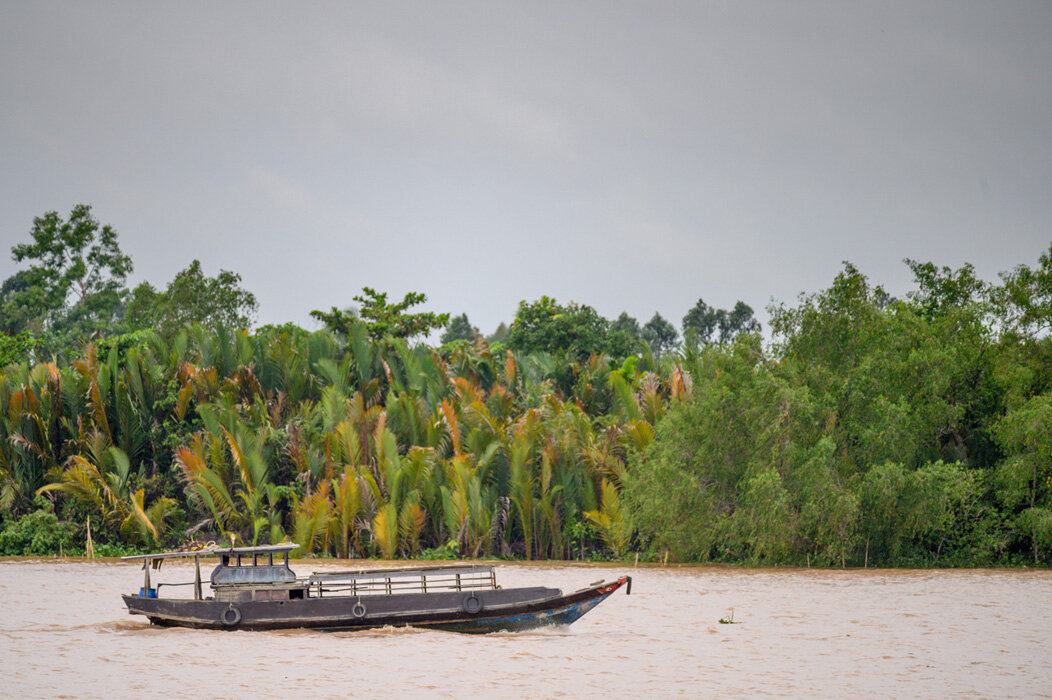
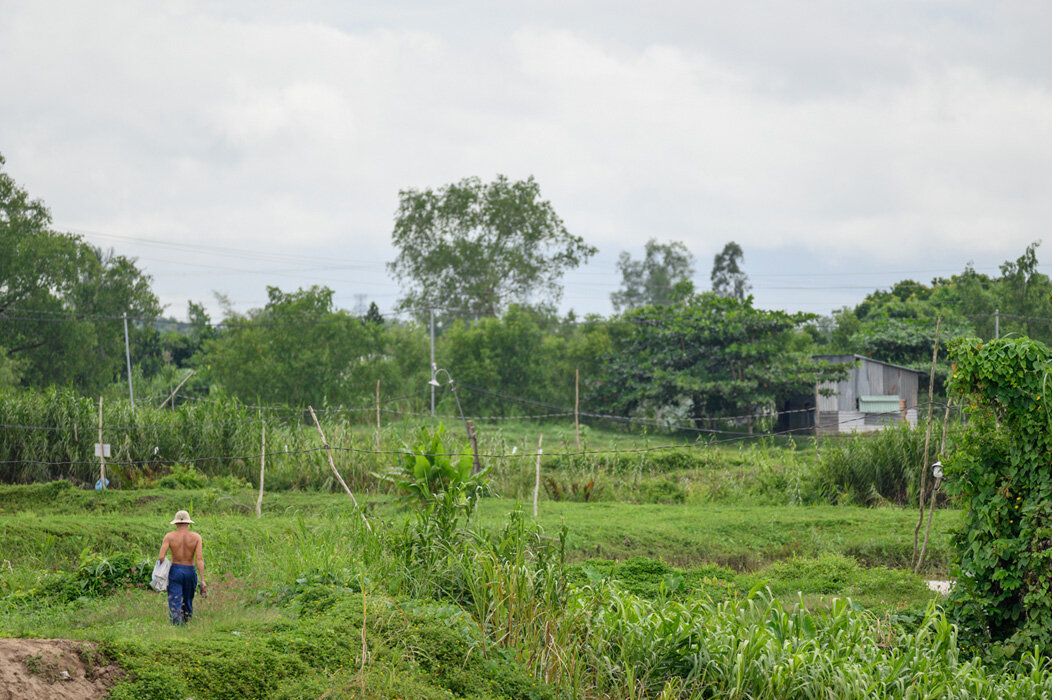
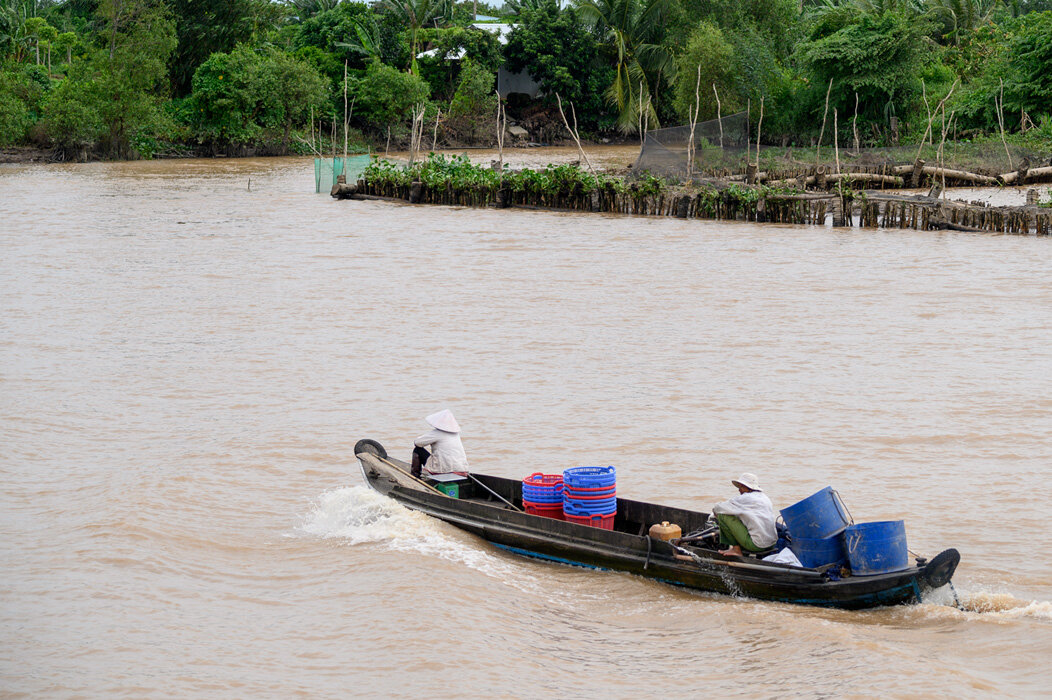
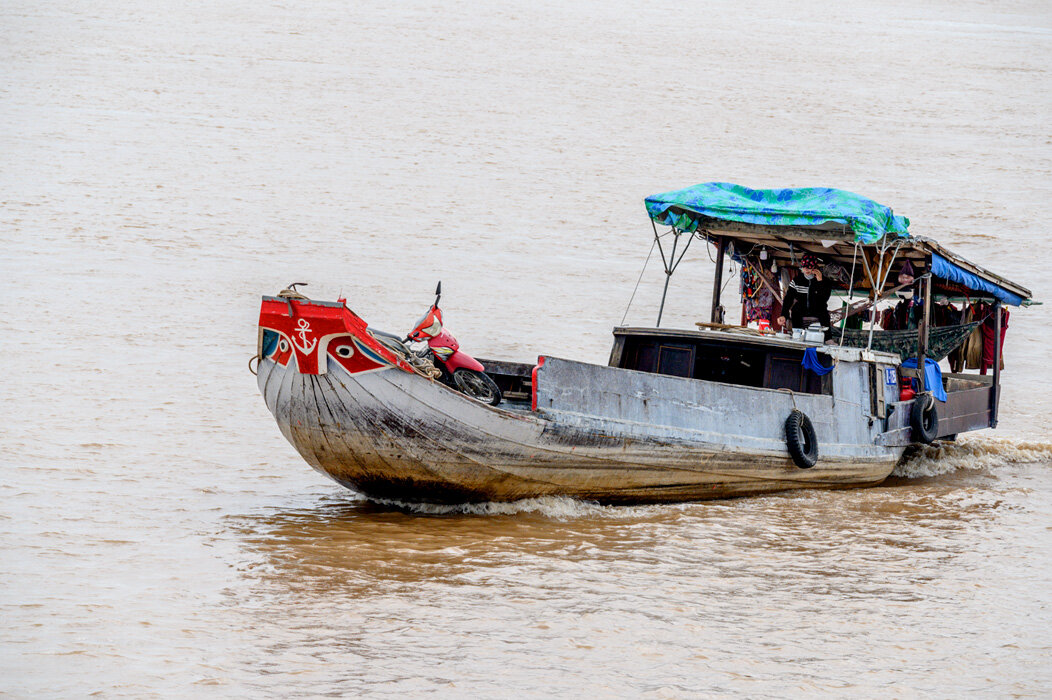
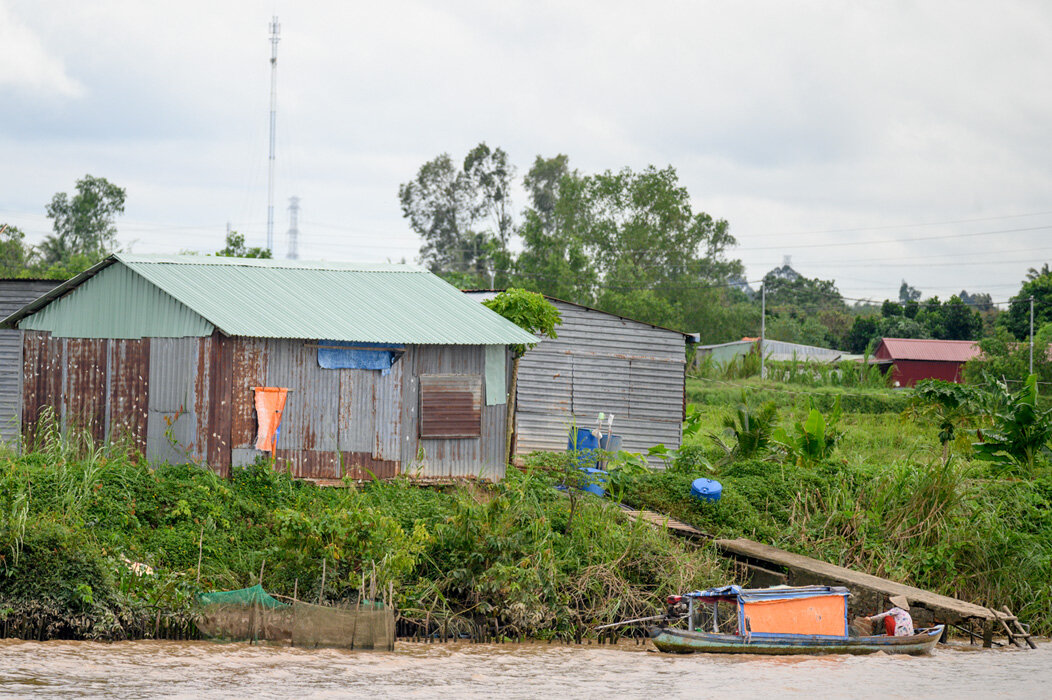
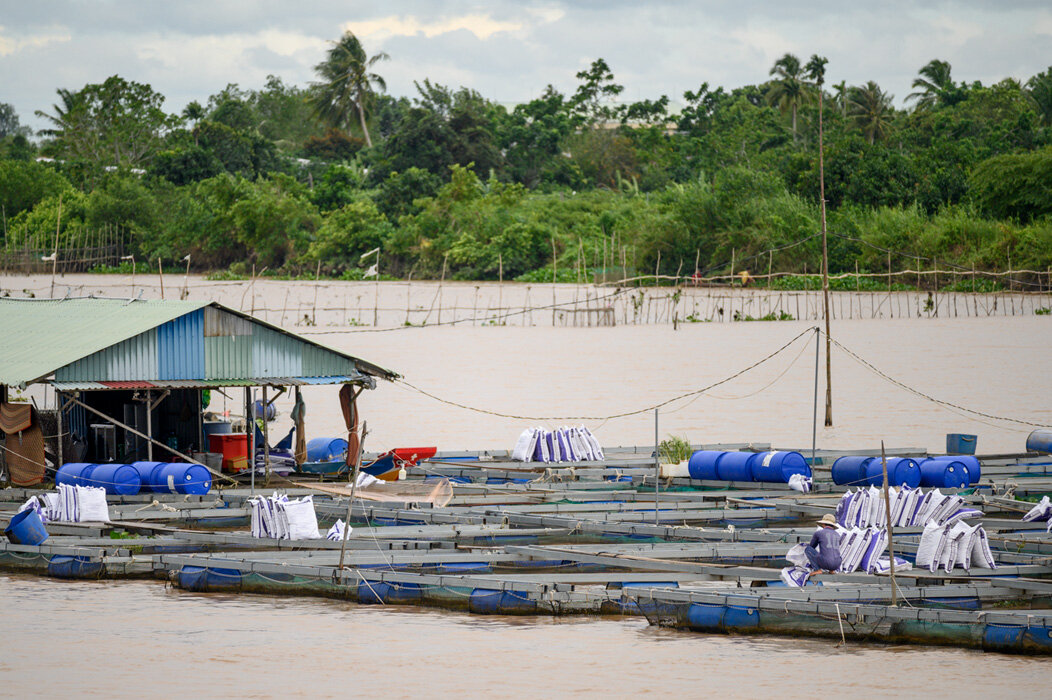
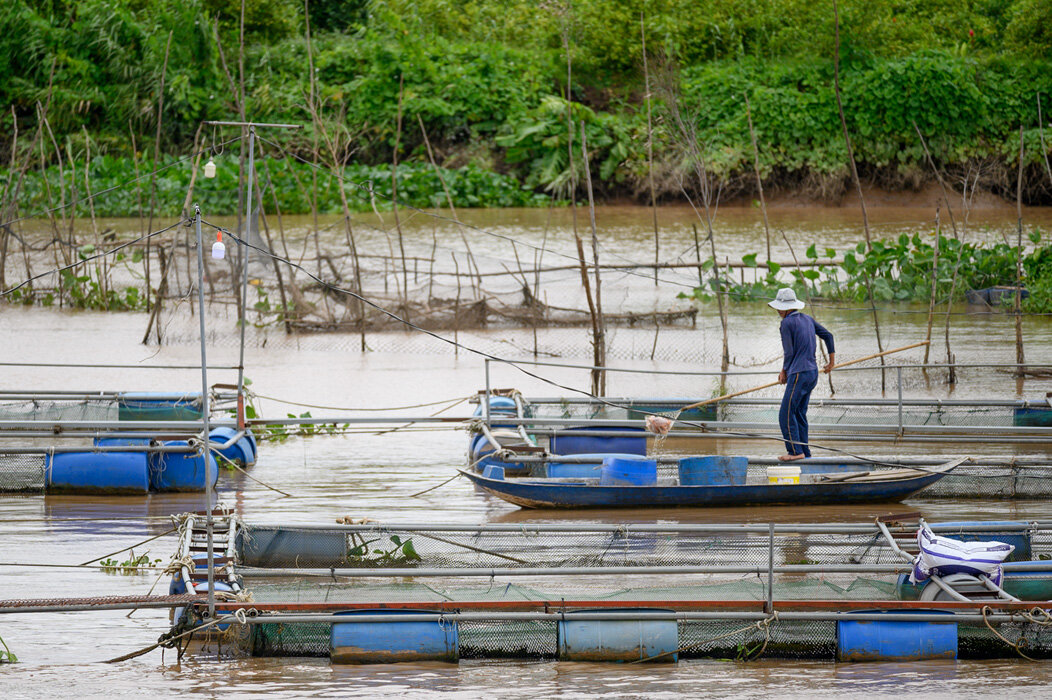
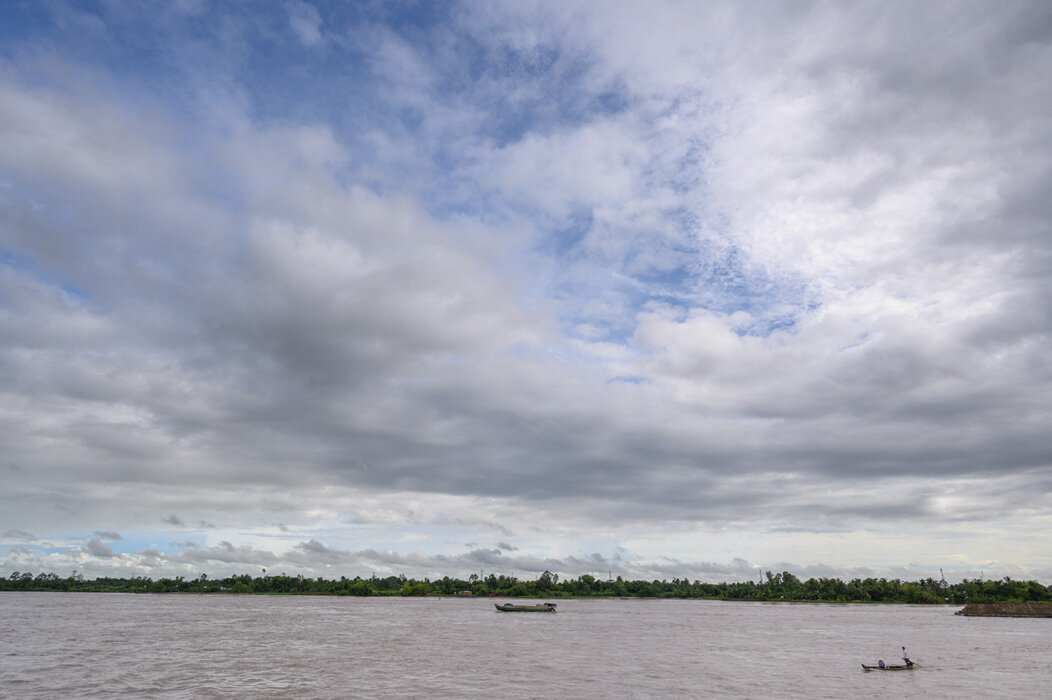
A River Cruise is a Comfortable and
Authentic Way to See this Remote Place
We noticed upon embarking AMA Dara that it is outfitted with every comfort you’d expect from a fine hotel. And yet, it was also a very authentic way to visit an area so remote it would be hard to see in any other way without days of arduous travel on land. The river is a very lively place with many people making their living on the river on boats and and along the banks.
The AMADara, with a team of local guides from Cambodia and Vietnam, not only safely guided us into places we could not have accessed on own, but we also had their first hand accounts of their lives. We would be aboard a very comfortable “home base” to explore the area for the week, but also had local chefs preparing food from local markets so we could safely enjoy local cuisine. For instance I enjoyed pho for breakfast, just as many locals do, freshly prepared at a live station in the ships dining room each morning.
Cai Be: It’s Worth Trying Local Things, and Can Even Be Fun!
A jar of local rice alcohol, also used eliminate pests, which are perfectly preserved in the beverage!
Our first stop along the Mekong was a shop where the villagers make rice cakes, paper and candy, which we were able to watch being made and were for sale in the small shop. We also were offered the opportunity to sample everything, the tasty sweet rice candy, hand wrapped by local ladies at a dizzying pace, and the savory rice cakes made up by men popping rice in vats volcanic sand over an open fire.
While some fellow travelers balked at trying popped rice cooked in sand, or sampling the “moonshine” stored in a jar with dozens of snakes, we couldn’t pass up these opportunities and we were glad we didn’t! Our great local guides, they helped us know what was safe to try and what to avoid! During a later tour of Siem Reap, our guide suggested avoiding a certain stall if we wanted to be feeling our best at dawn for a tour of the temples. But the things we tried and the people we met at these workshops turned out to be a highlight of our time in Vietnam!
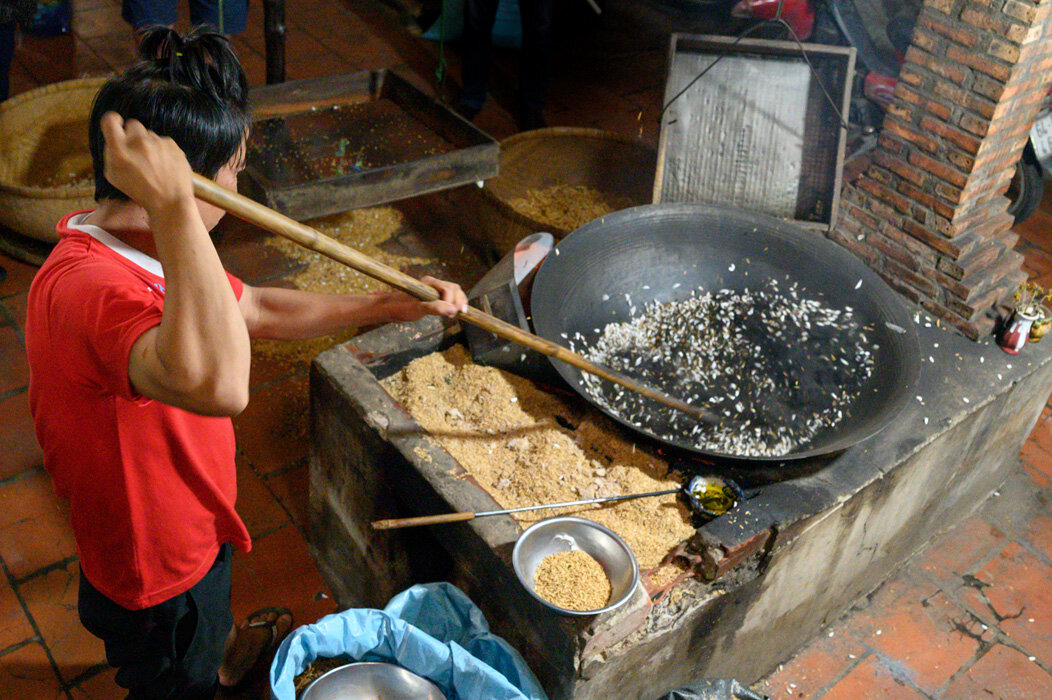
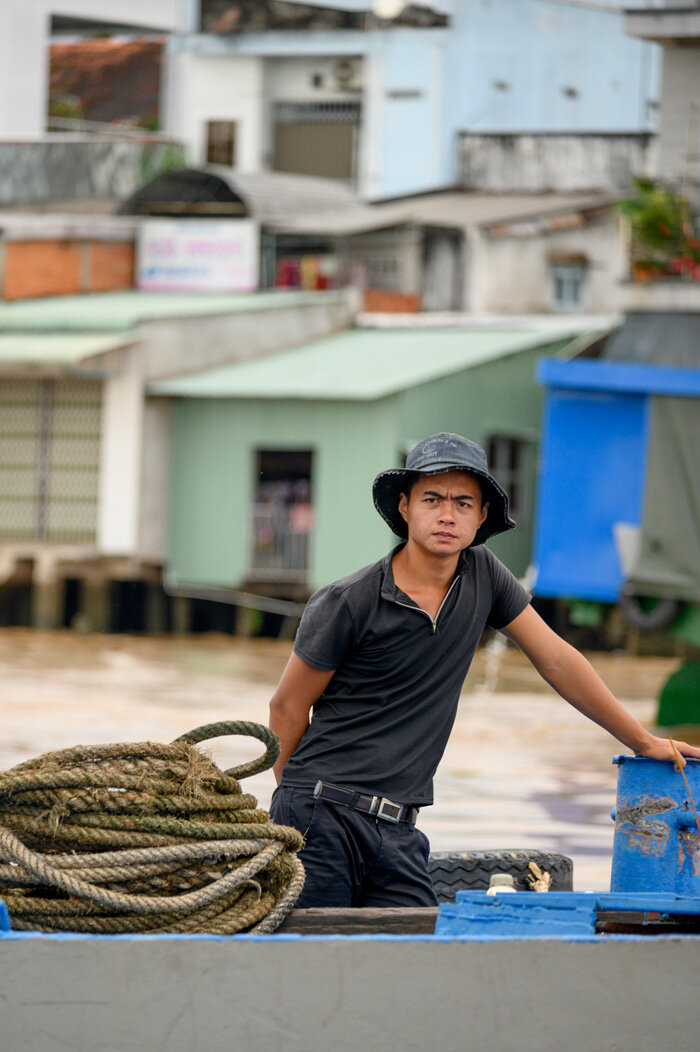
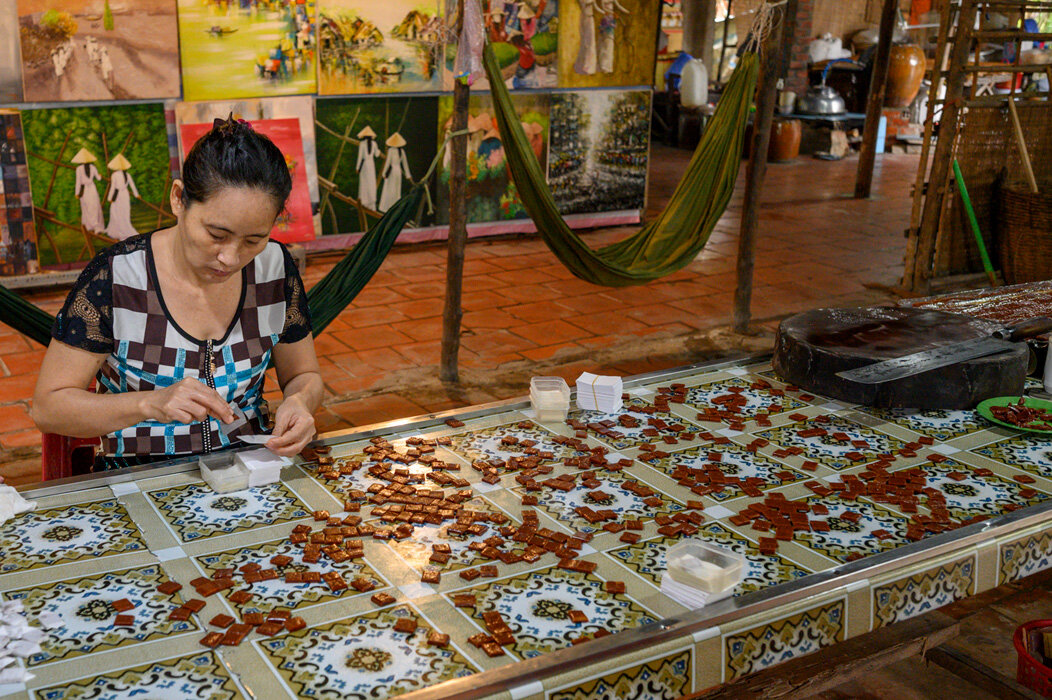
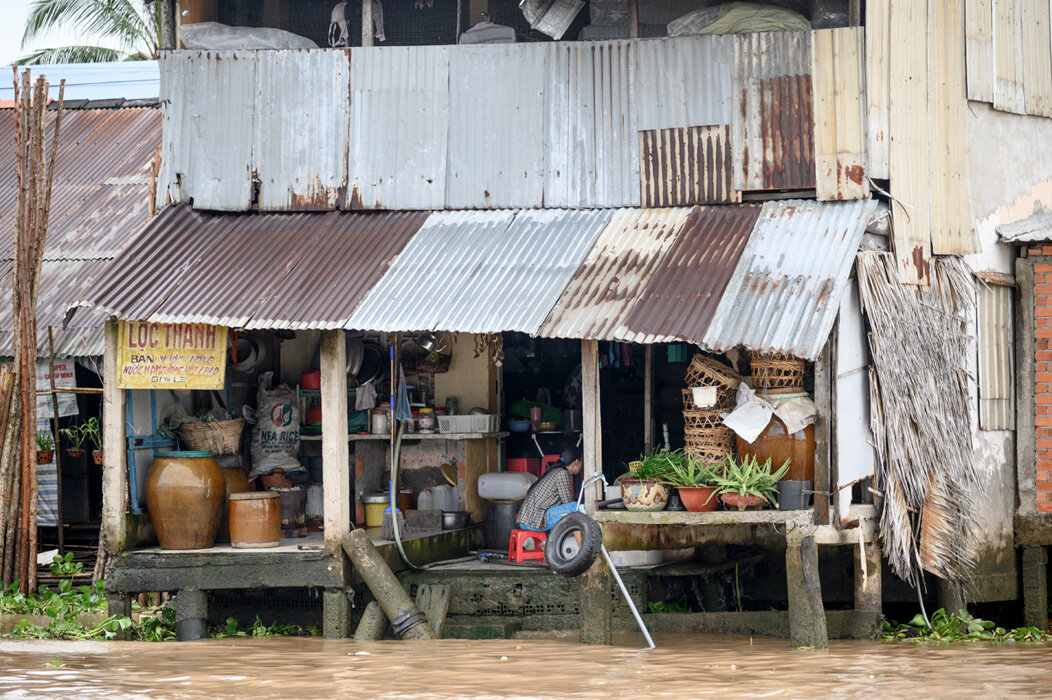
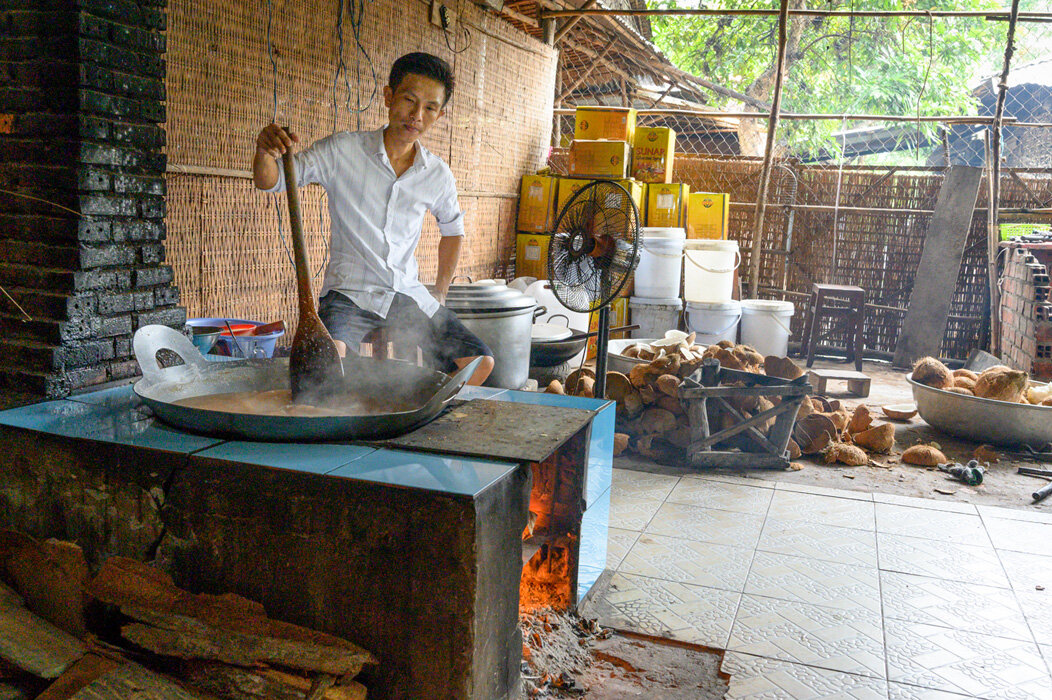
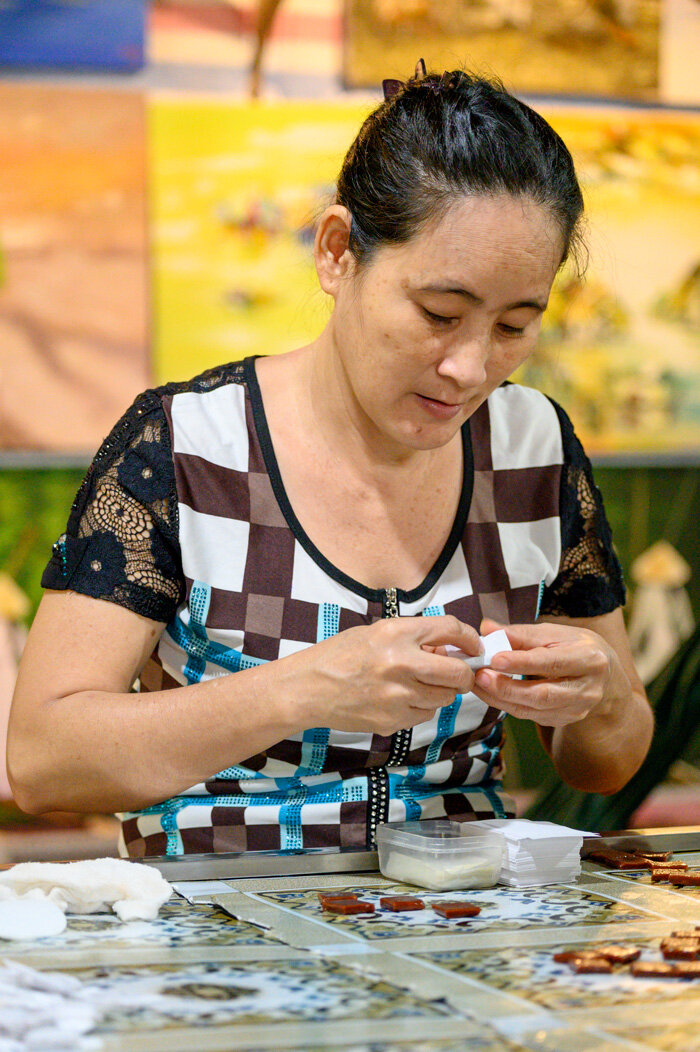
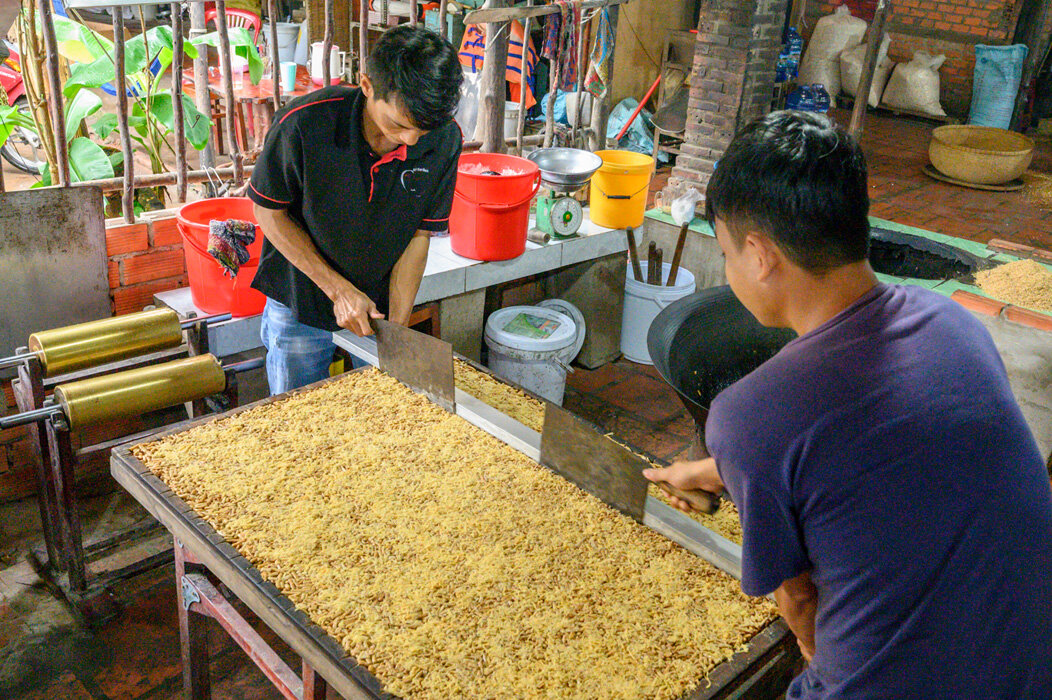
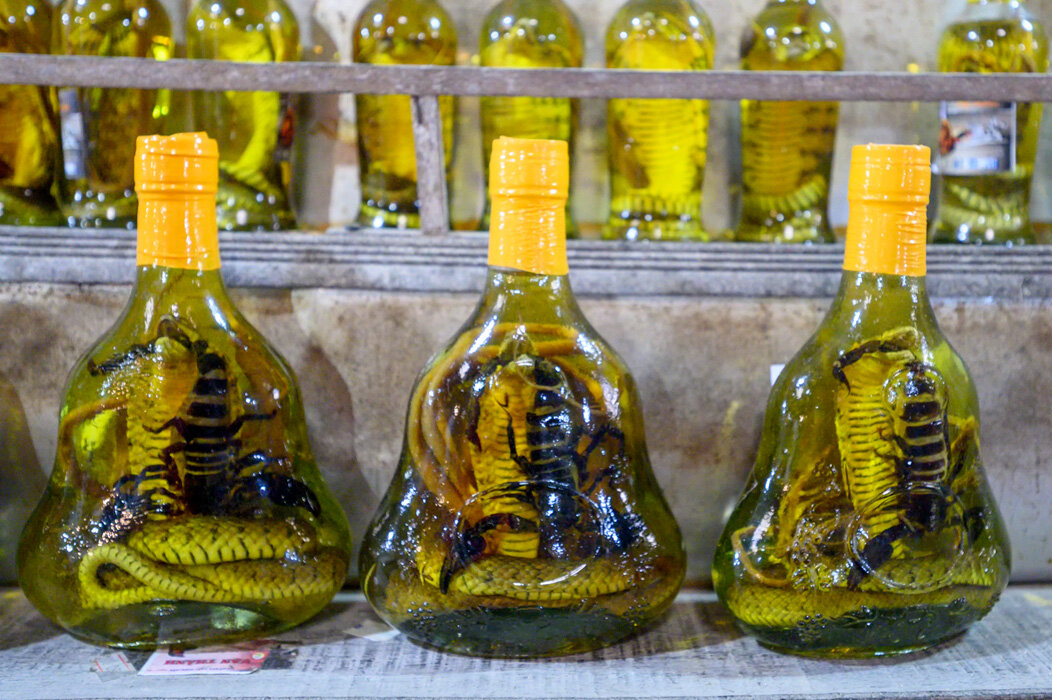

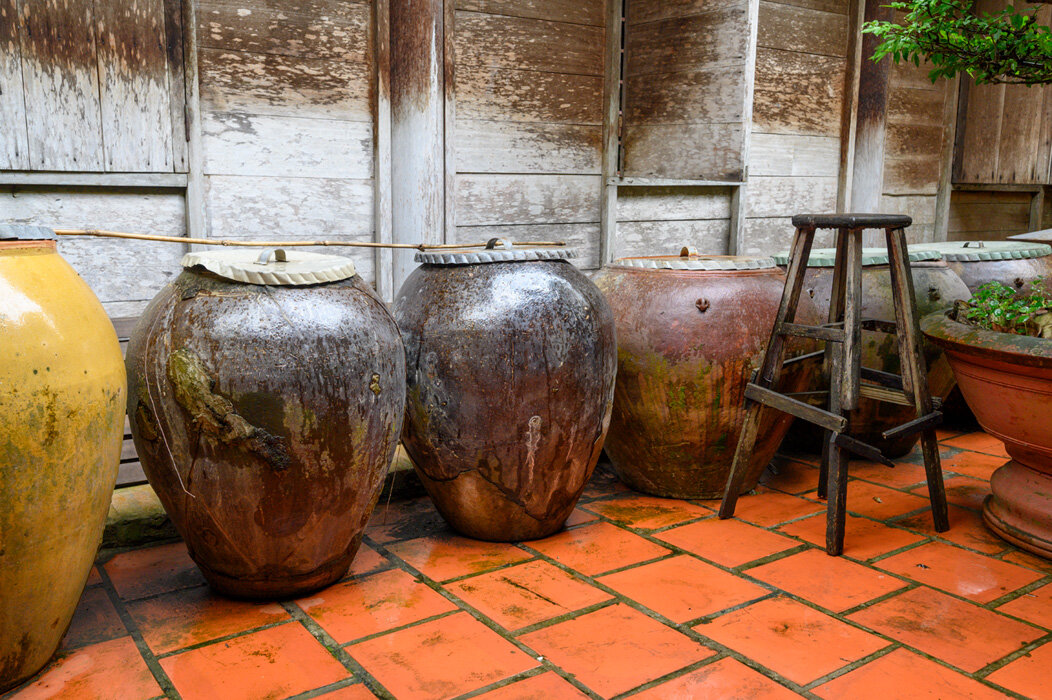
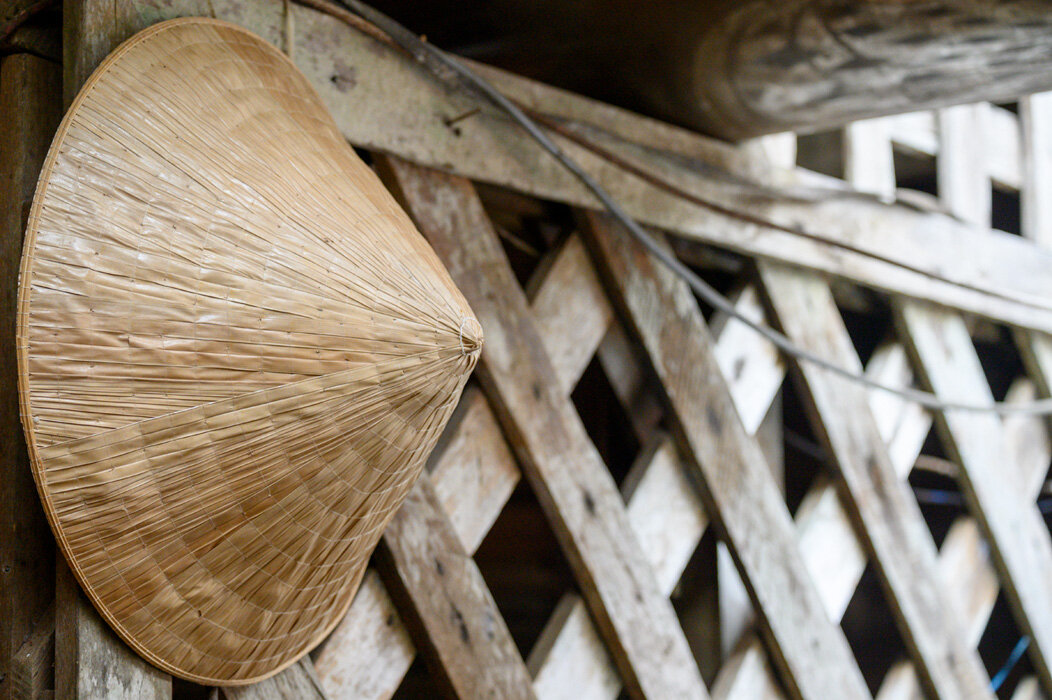
Sa Dec: Religions Can Coexist, Sometimes Even in the Same Temple
The Colorful Cao Dai Temple
The Cao Dai Temple in Sa Dec was built in 1929 and features an alter with 4 gods: Buddhist, Confucius, Christian, and Taoist. We learned that this popular temple accepts everyone who wants to worship, and even learned from our guide that their are laws requiring people in Vietnam to be respectful about how they speak about different religious faiths.
Tan Chau: You Have to Meet the People to Get To Know a Place
A grandma is proud to show off her grandchild and the grandparents in our group were delighted to share this universal joy with a woamn in Tan Chau
Our visit to Tan Chau, a small industrious village included a trishaw ride to several local craft shops, including a silk weaving shop still using 19th century looms and a walk through a local village where met families, including a proud grandmother, a young teen anxious to practice her English and several young men cock fighting. In every place we’ve ever visited it is always best to meet local people to see how much we have in common, like being delighted by our grandchildren or proud of our bright young students, instead of seeing our differences.
A 19th century loom creating beautiful silk in Vietnam
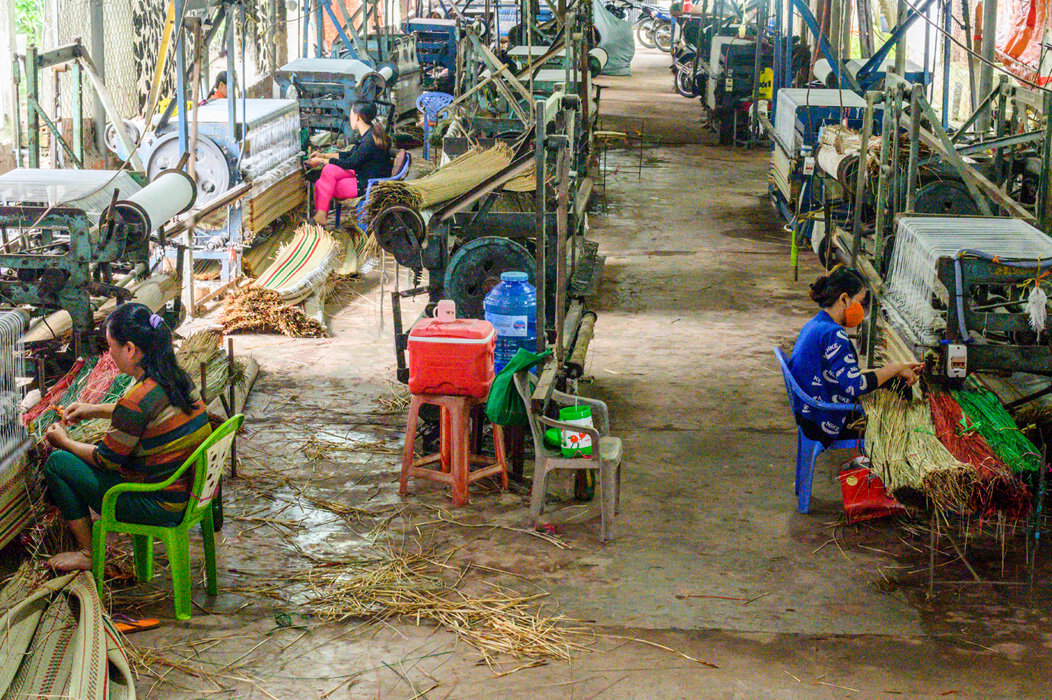
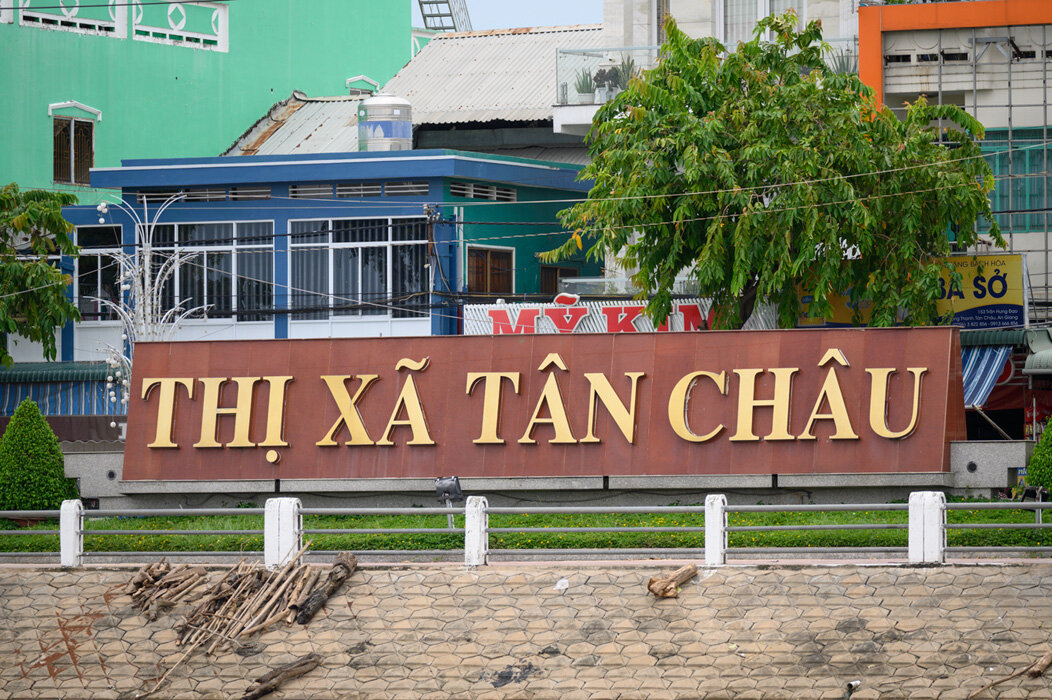
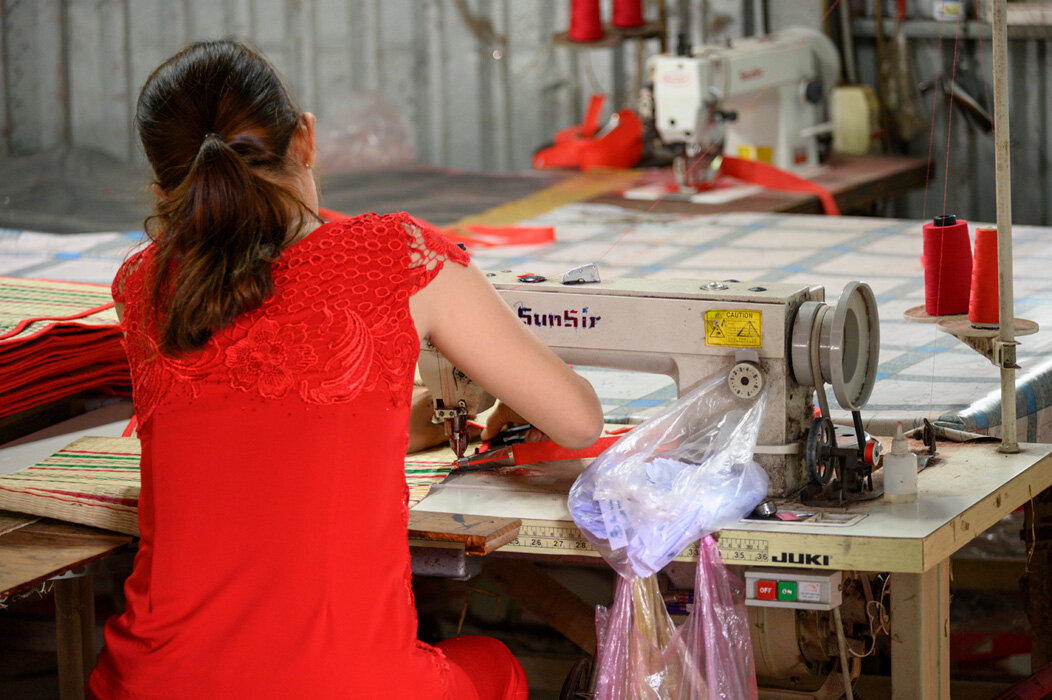
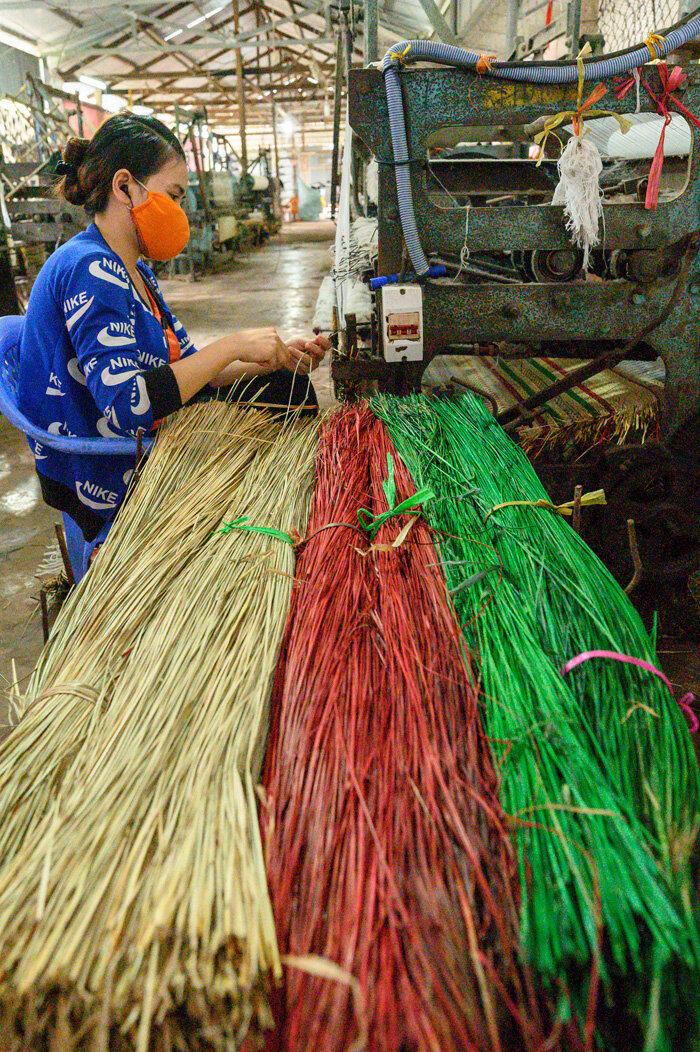
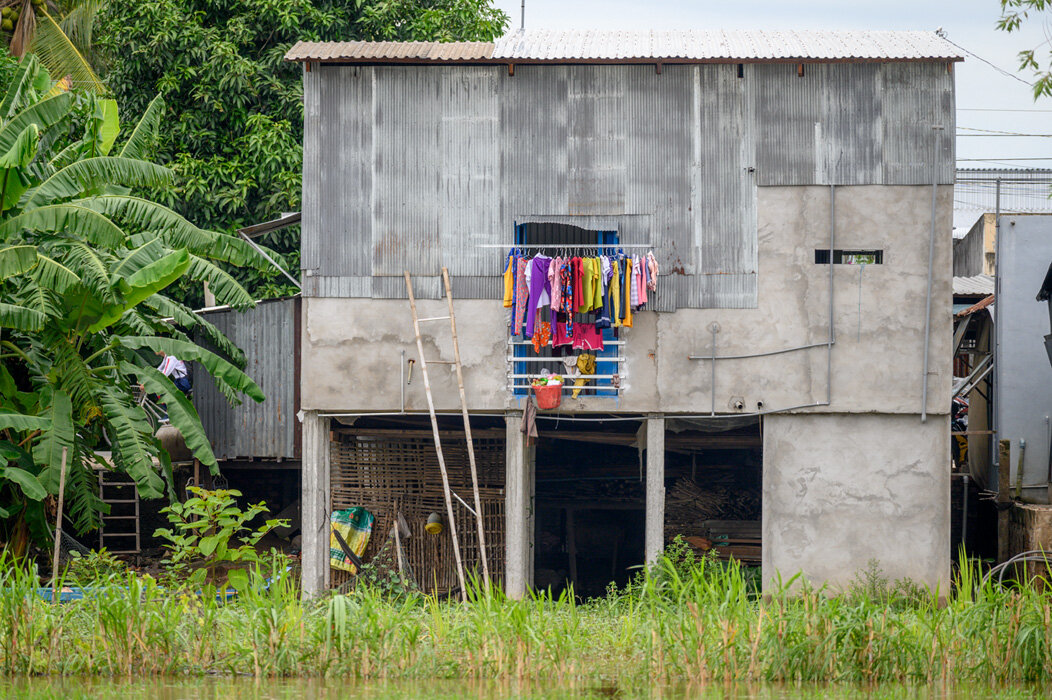
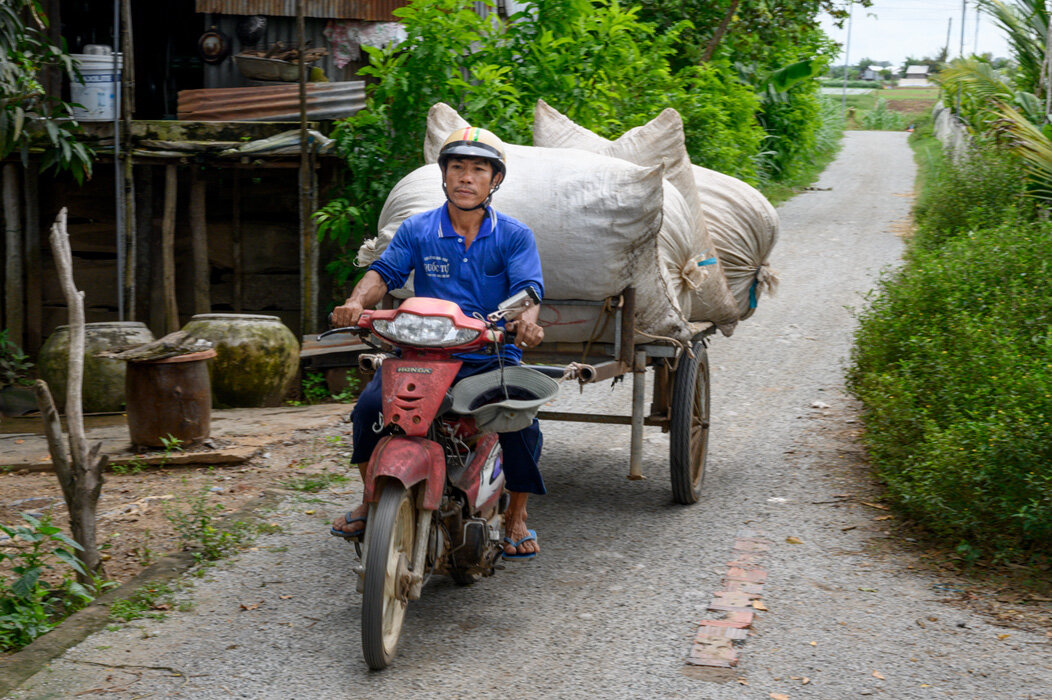
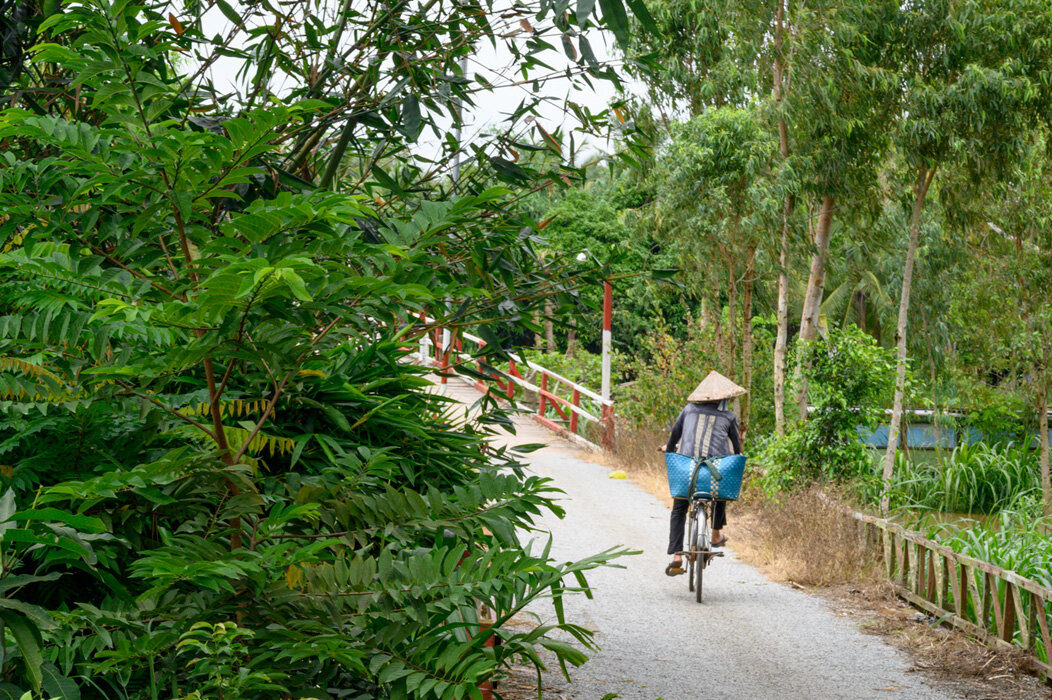
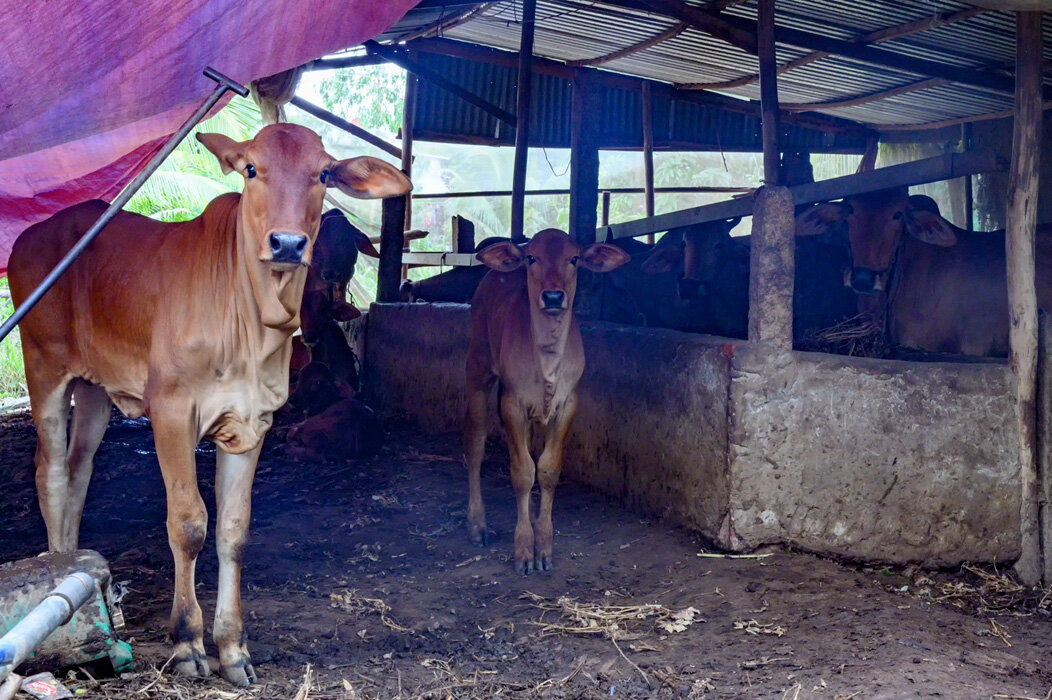
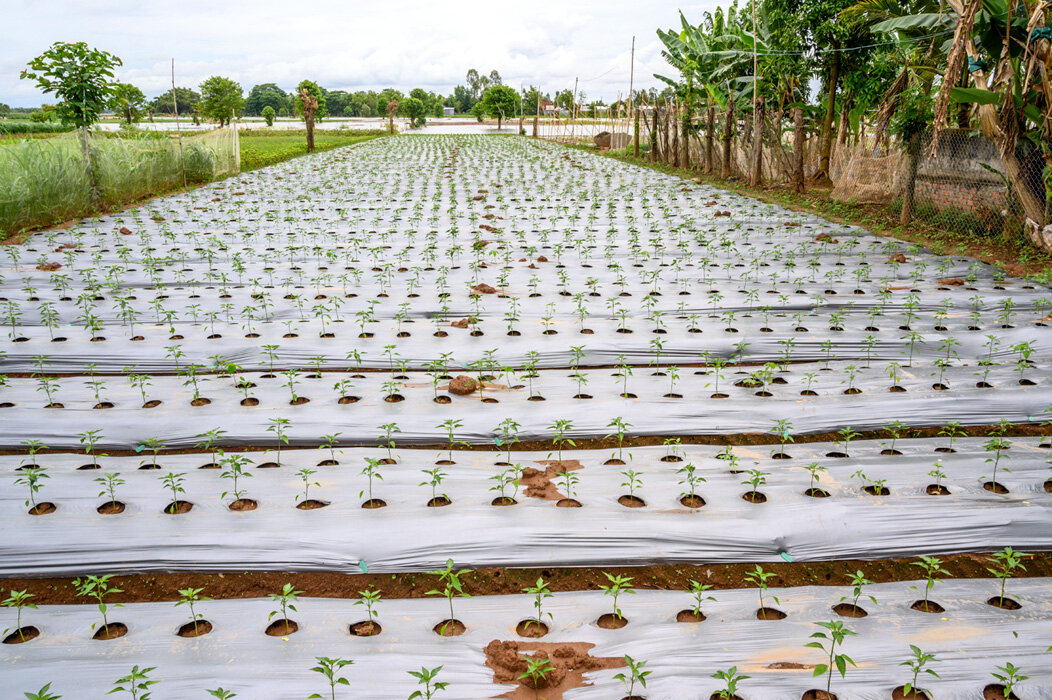
A man inspects a rooster in a cock fighting area.
Cambodia
Killing Fields and Tuol Sleng (S.21) Genocide Museum:
Sometimes History is Difficult
With whole families murdered during the reign of Pol Pot, many of the bodies found in the Killing Fields have never been identified. Skulls are sorted by age and gender to allow any loved ones to gather near where their presumed relatives might be in order to memorialize them. Visitors are expected to visit quietly and dressing respectfully,
Experiencing the history of the brutal Khmer Rouge regime under Pol Pot in Cambodia was one of the most difficult parts of our visit. But anytime we visit a place with a difficult history, we go out of our way to make sure we learn about that history, because it’s important to witness it and work to prevent these kinds of atrocities in the future.
The Tuol Sleng Genocide Museum is a converted school, whose classrooms where converted with bricks and fencing into torture chambers and holding cells for citizens often rounded up in the night and tortured to get them to name others to round up (if they lived through the torture) Then the people were sent out to the Killing Fields where they were murdered and dumped into shallow graves.
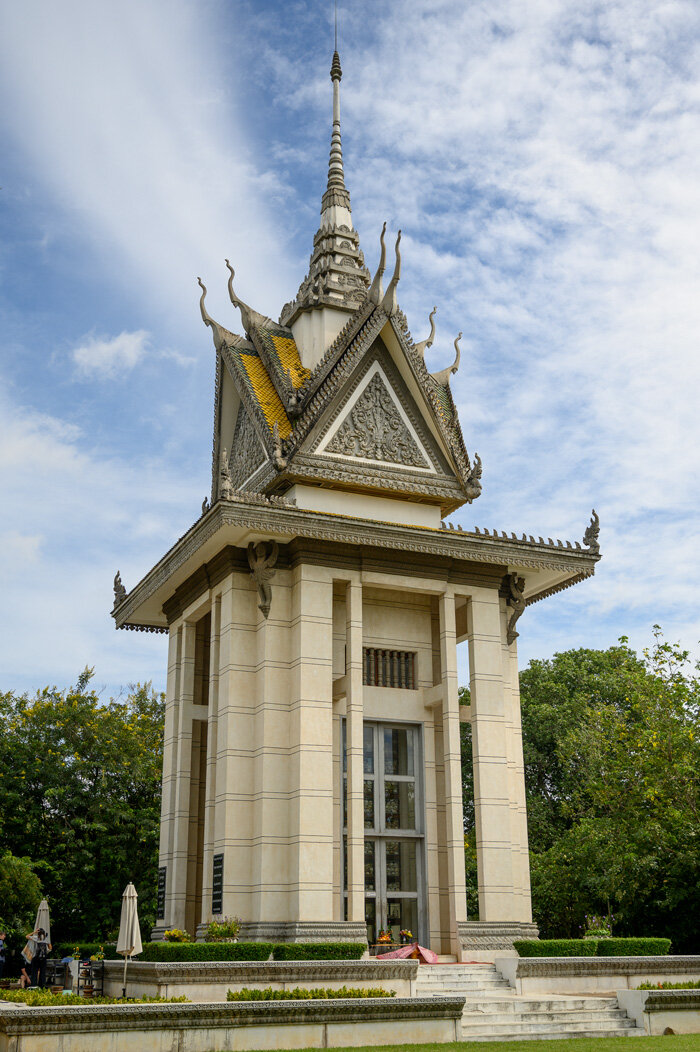

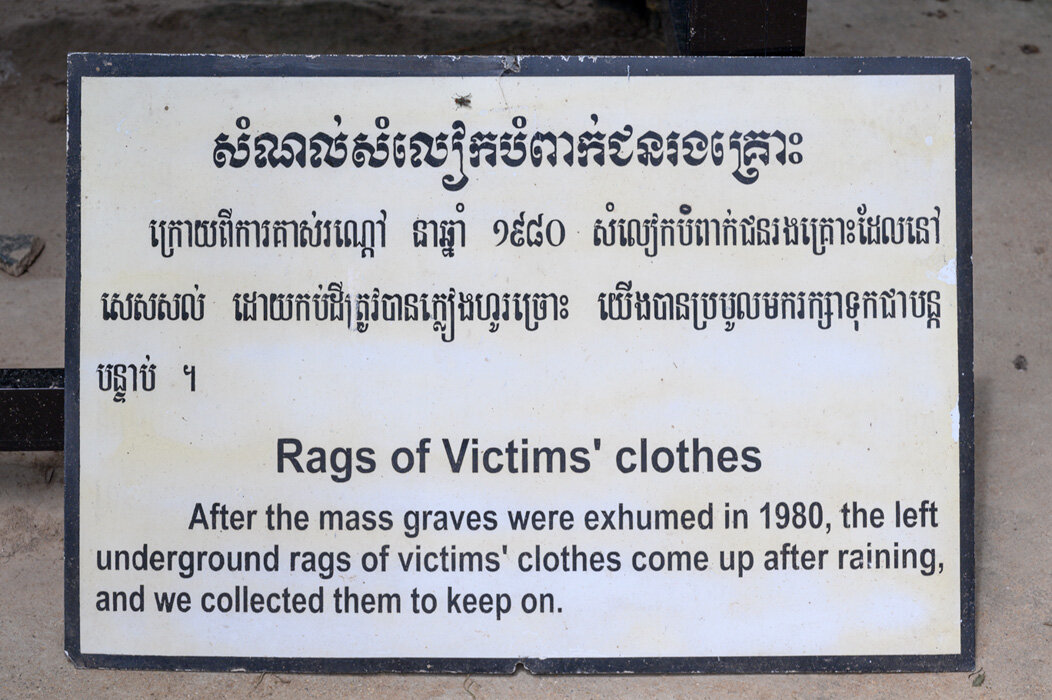
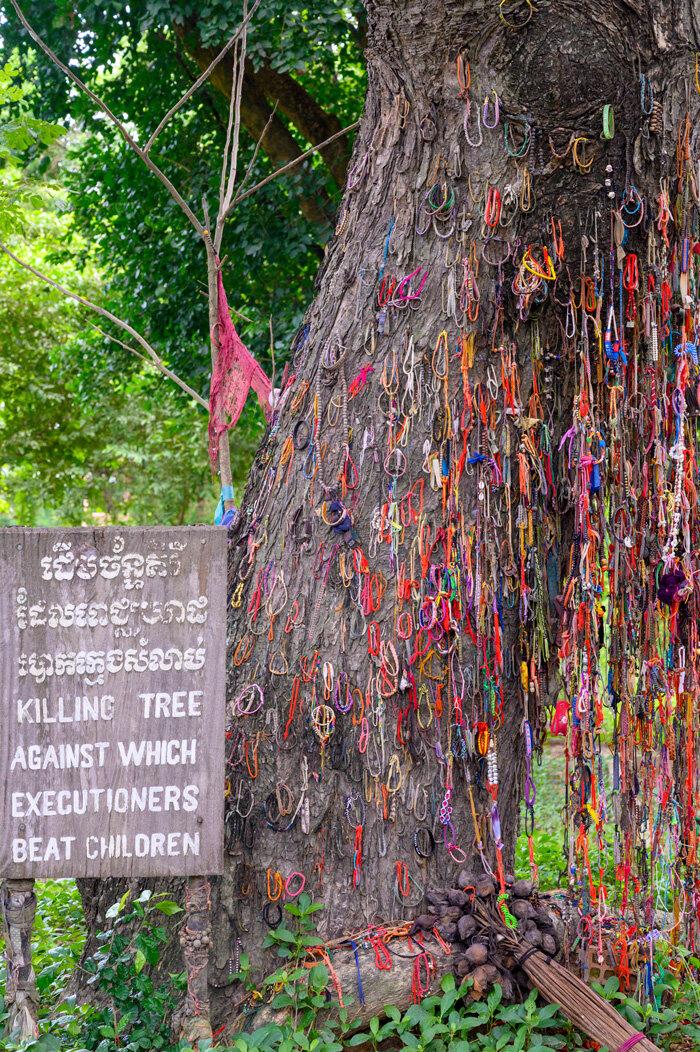
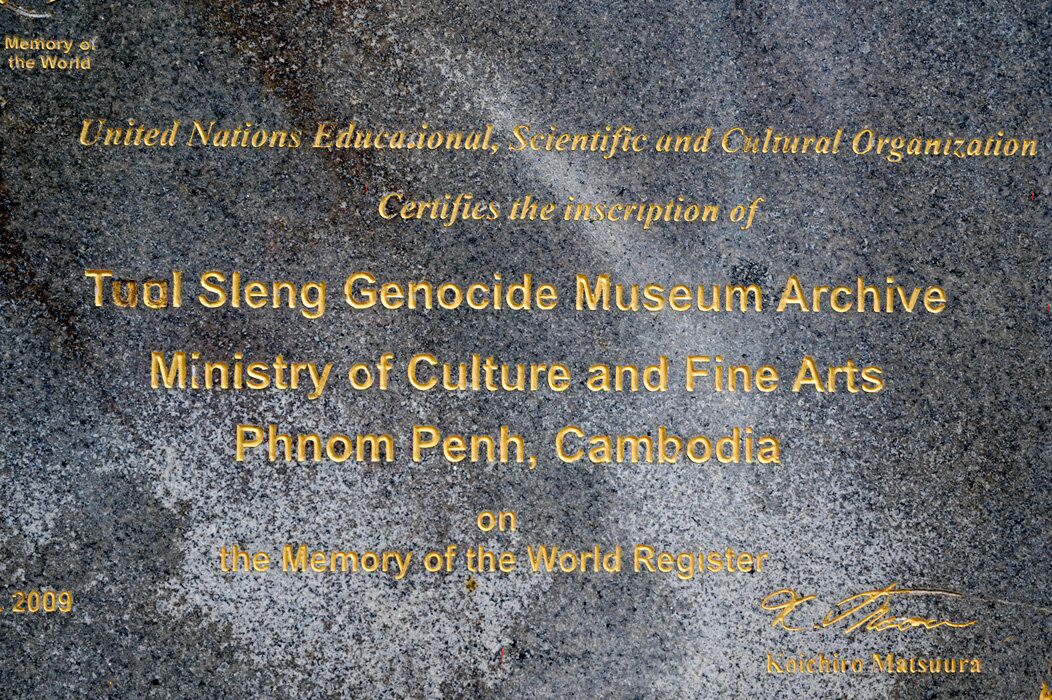
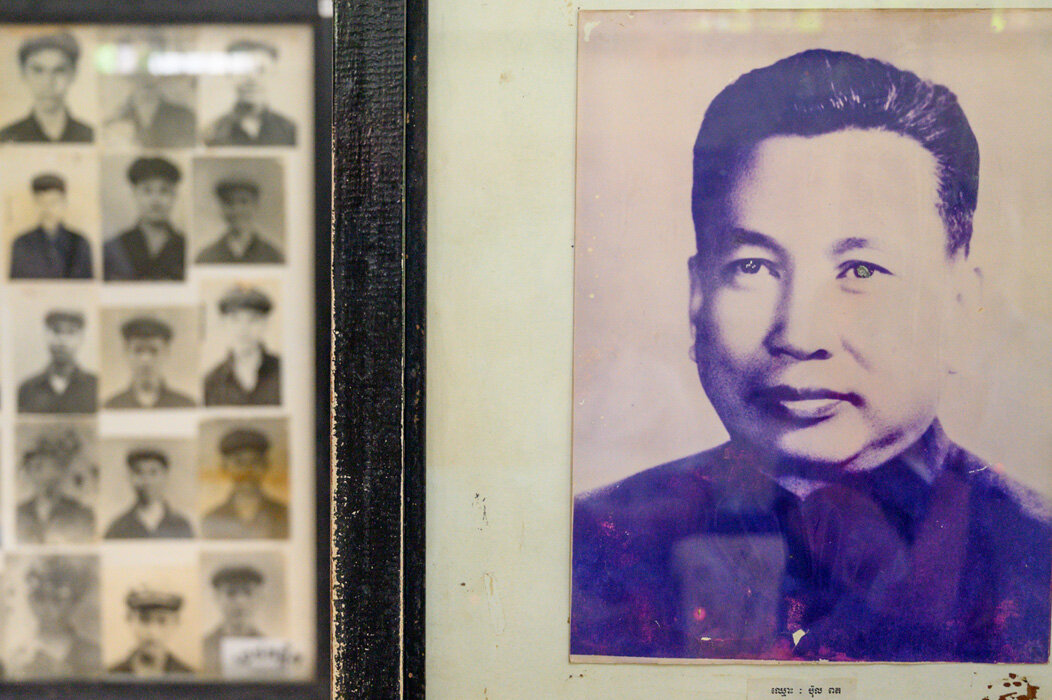
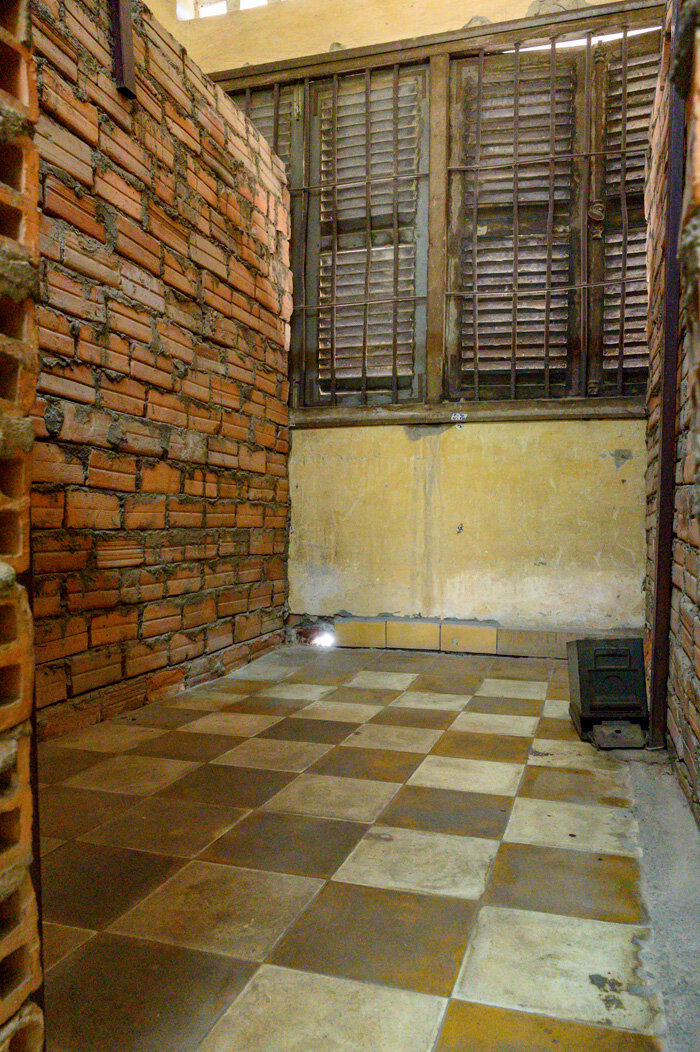
Bou Meng supports himself today selling his story as victim of the brutal regime. An artist, he and his wife were rounded up and brought to Section 21. He was given the job of capturing Pol Pots image artistically. After seeing several artists murdered ahead of him for not producing a picture that pleased the leader, Meng created a portrait far nicer than the real man looked, thus won his favor and saved his own life. His wife was sent to the Killing Fields and he has never found her or her remains.
Many times, over the last year, when some groups attempt to dehumanize other groups in my own country, my mind was brought back to the damage done to this small developing country by one man who was elected and then took over and held the reigns of power by perpetuating a genocide on his own people.
Oknhatey Island: There is Hope in the Children
A young girl learning English was assigned to read to visitors and ask questions about our lives and families.
We visited a small local school on Oknhatey Island where the principal shared that it is difficult to run a school in Cambodia today because of the loss of a generation of educated people because most victims of the Khmer Rouge were educated people: teachers, artists, doctors, lawyers and other professionals. Not only was the knowledge lost with the people, but the written history and books was also destroyed by the regime in the late 20th century. The local guides we spoke to, talked about the difficulty in “catching up” economically to their neighbors like Vietnam and South Korea after such a huge loss in their country.
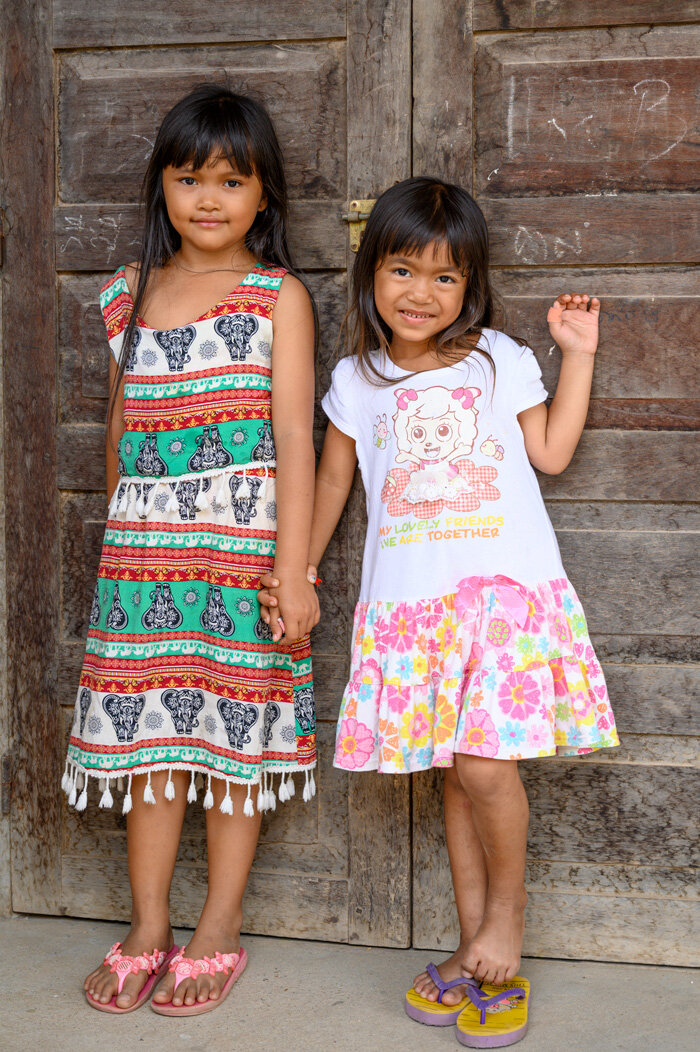
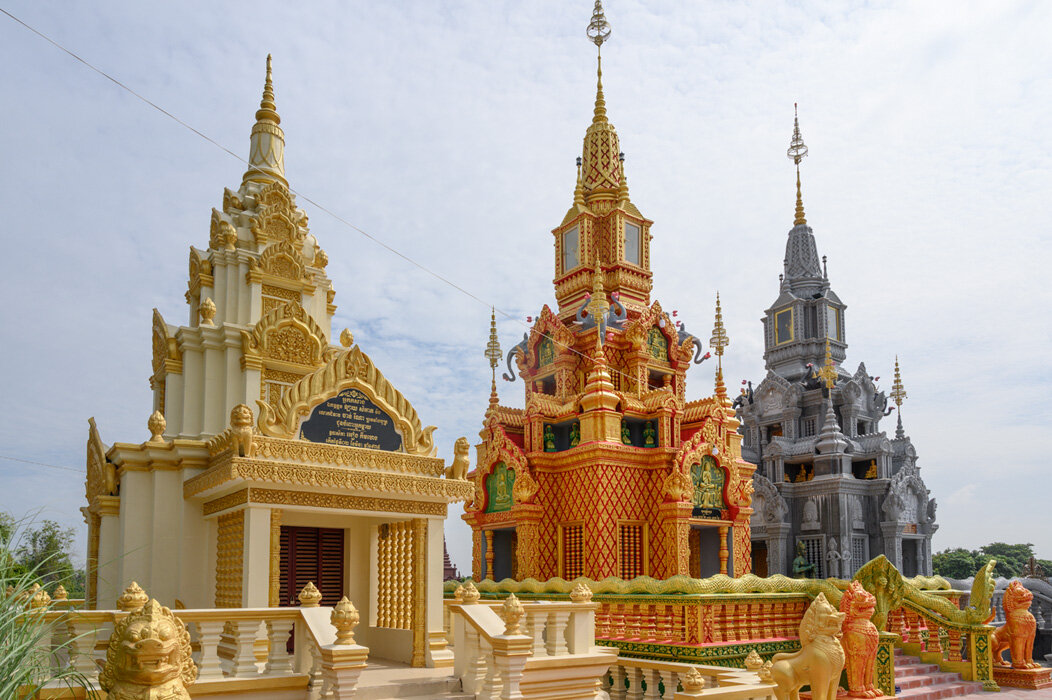
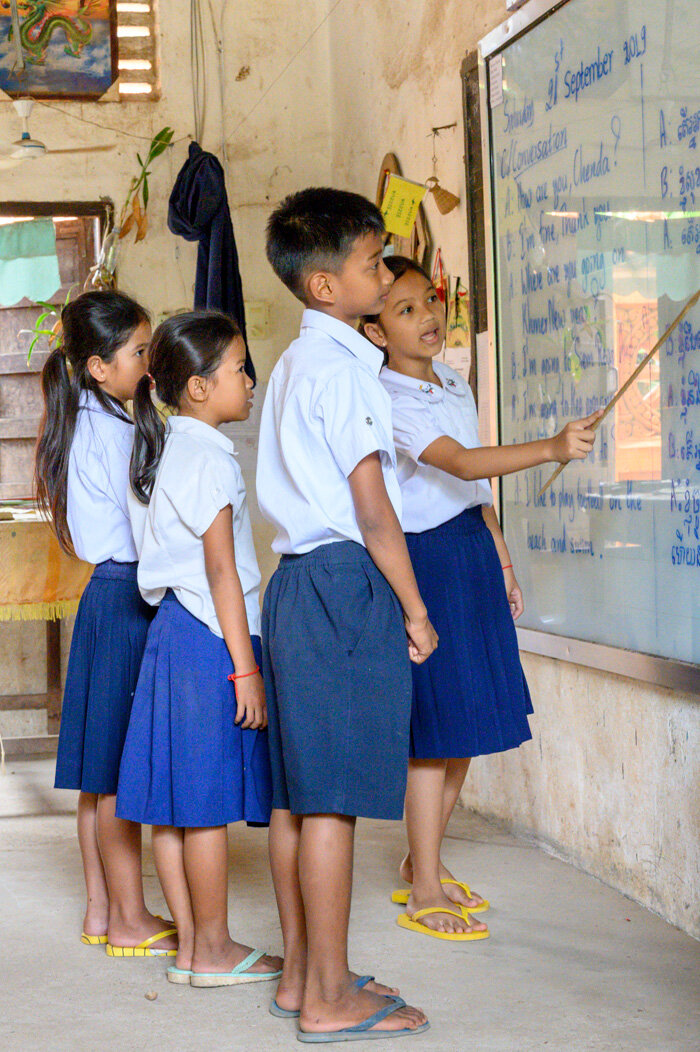
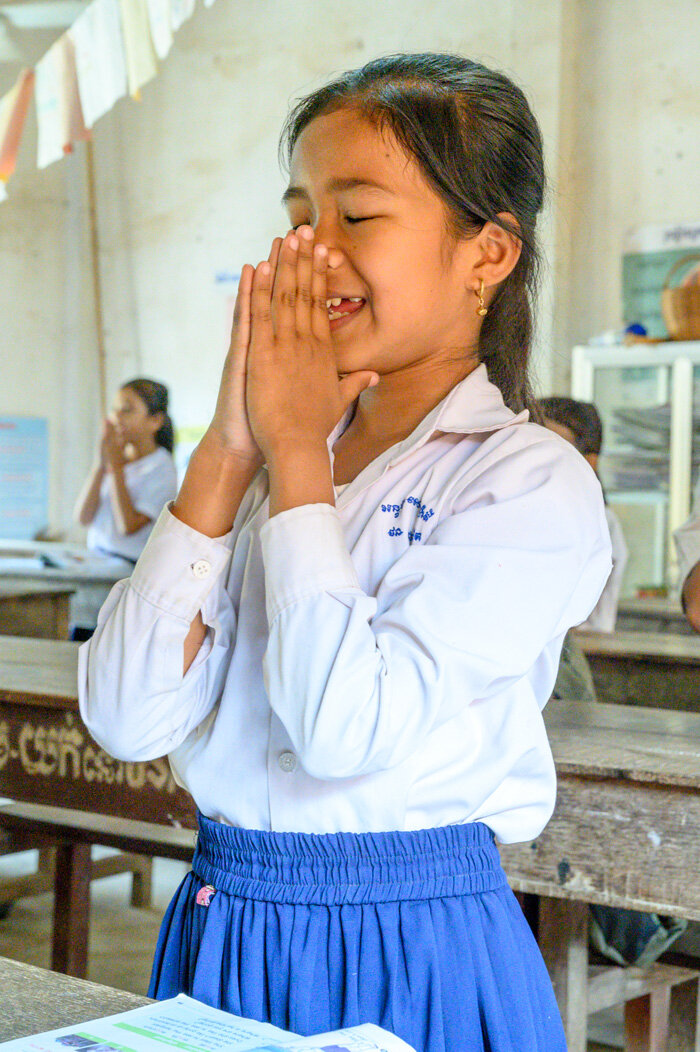
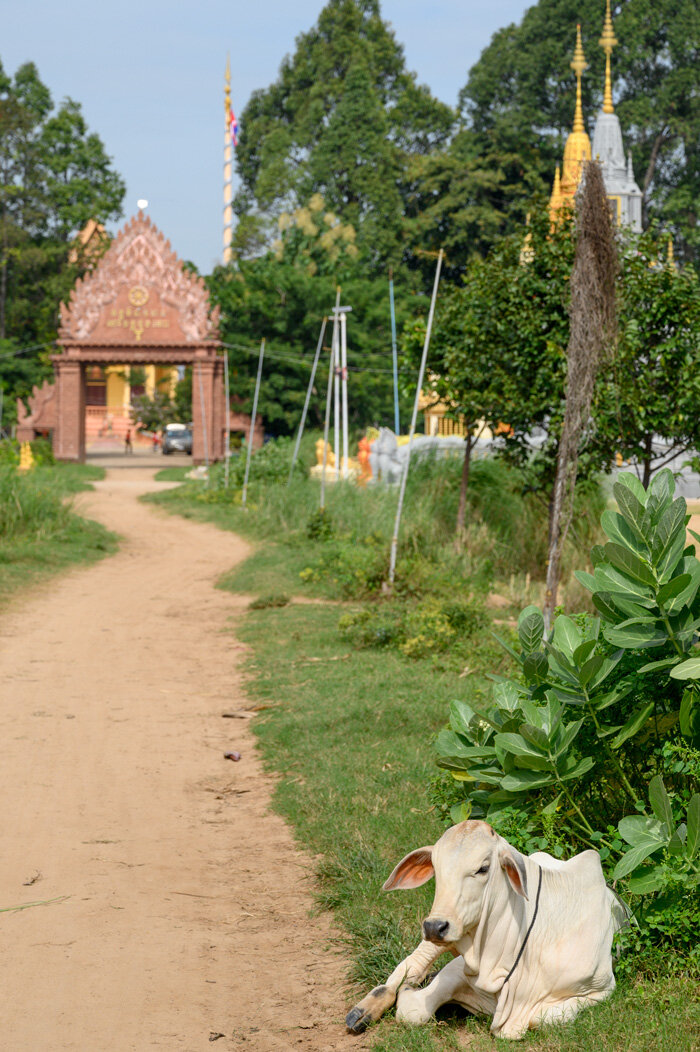
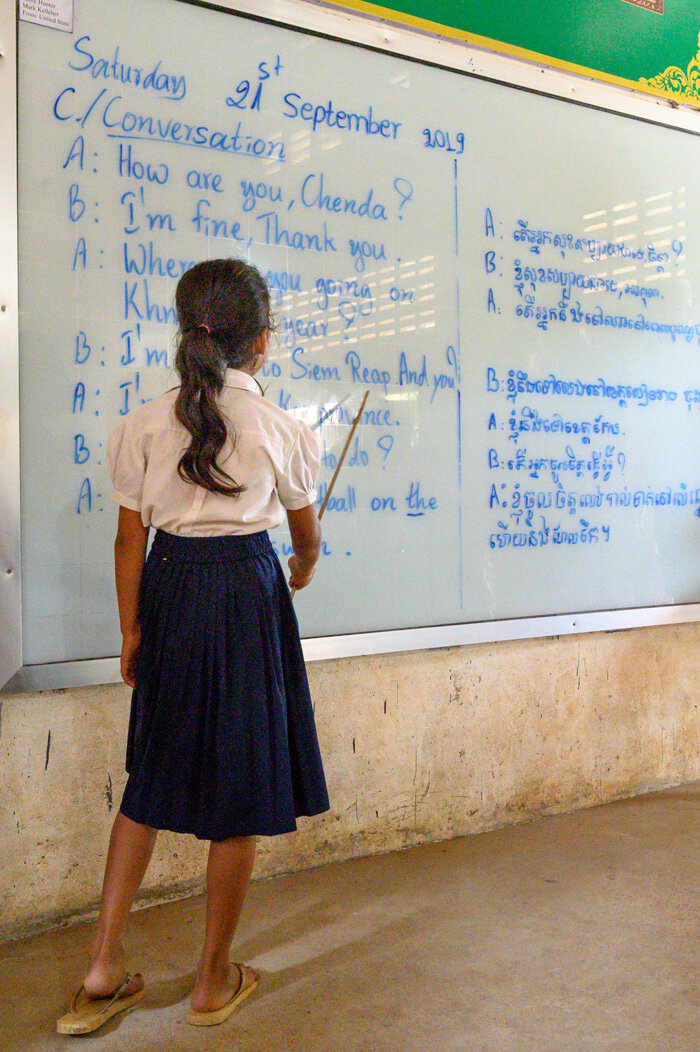
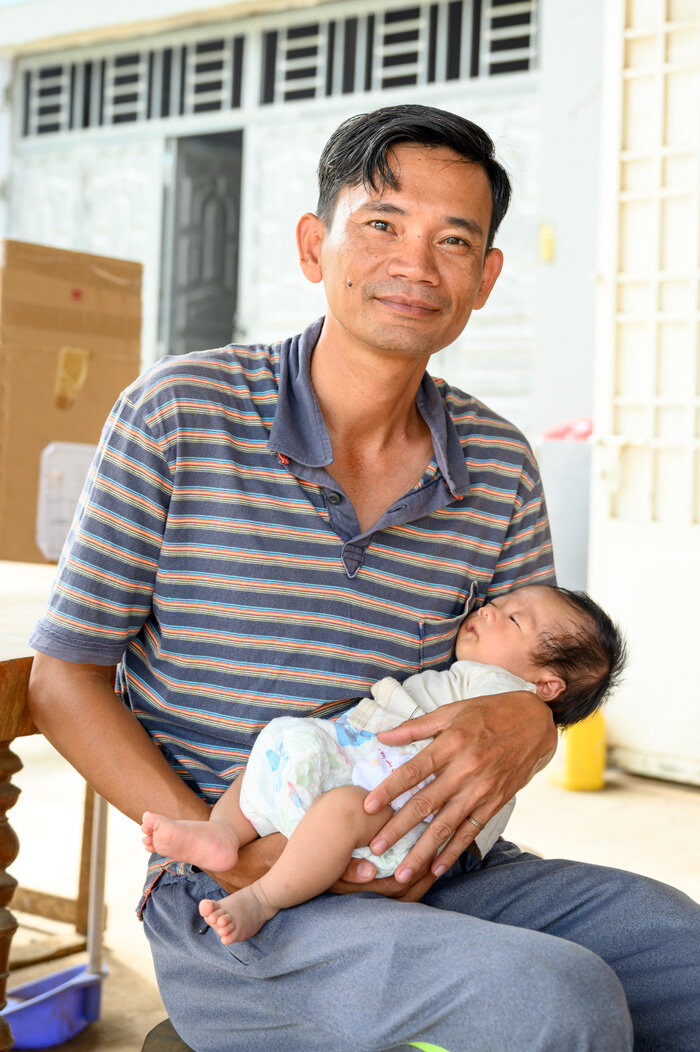
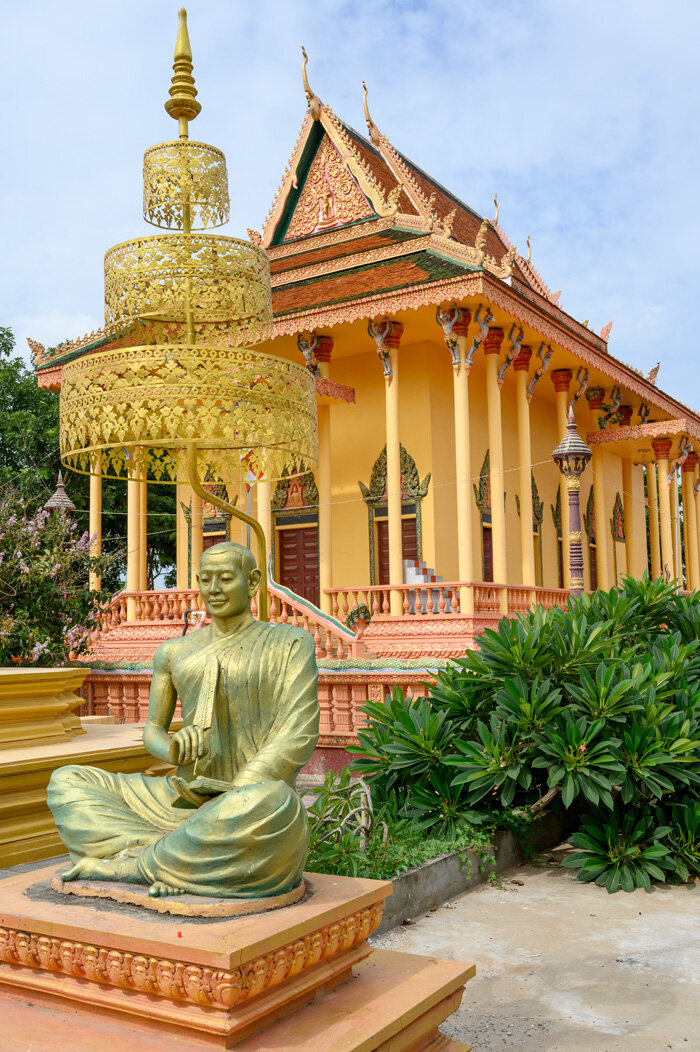
But the hope lives in the children and young people who did not live through the brutal regime and who are being educated today. They are the hope for Cambodia’s future in a global economy. The children at the school were delighted to show off their English skills and ask us questions about our families.
Wat Hanchey: Sometimes You Just Get Lucky
We saw a lot of Buddhist temples in SE Asia during our visit. They are beautiful architecturally and historically interesting. Our guides did an excellent job of interpreting what we were seeing, but nothing was better than our visit to Wat Hanchey, a hilltop temple dating to 7th century. We were supposed to go to Angkor Ban, but because port issues, we couldn’t visit there. Our guides explained that instead we would visit Wat Hanchey.
Luckily, the day we visited the temple, it was open for the celebration of the Festival of the Dead, where people have a short few days each year to make donations of food and money to the monks at the temple and leave gifts for their dead. This goodwill gesture and any gifts they want to leave their loved ones is believed to be only visible by the dead during this short religious period. It is said to be both a way to support the temple and monks, while also giving people an avenue to support and remember their dead.
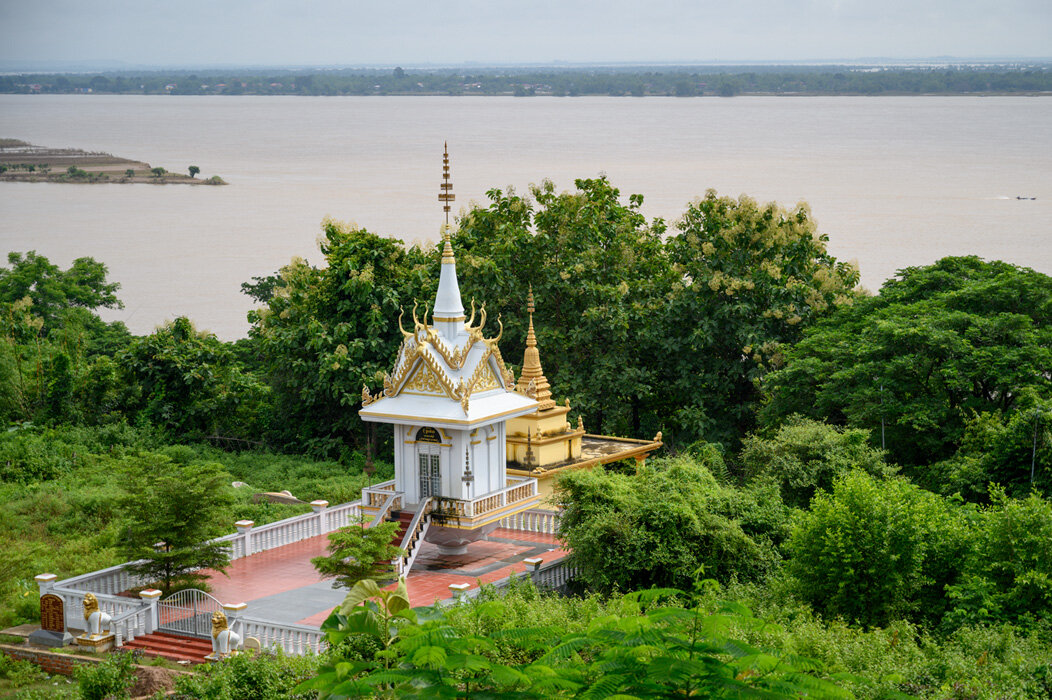
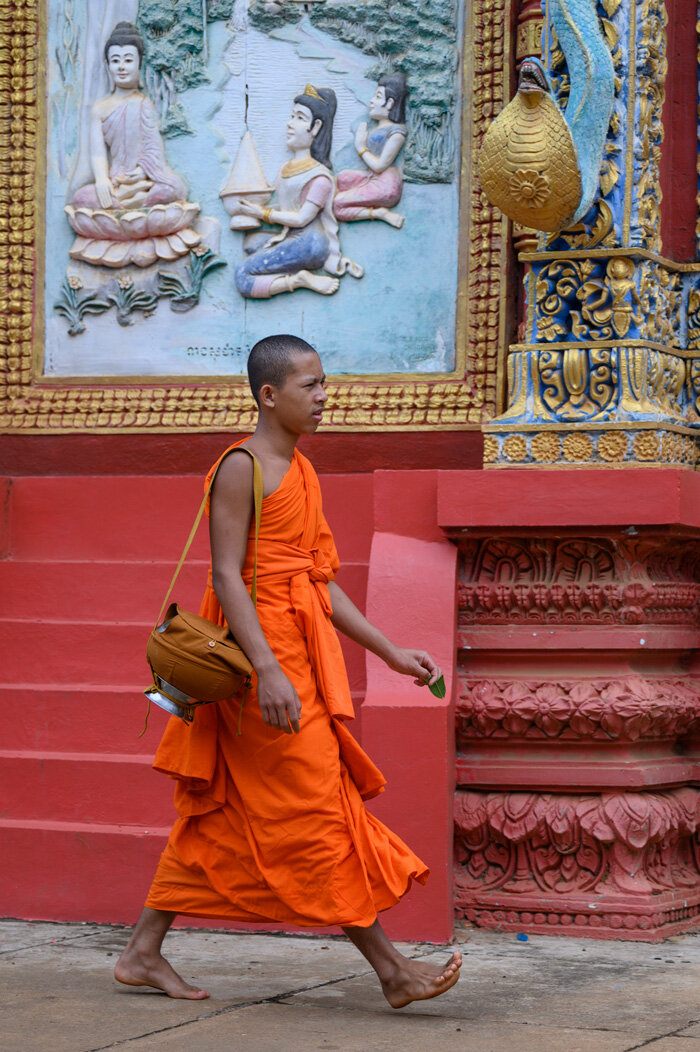
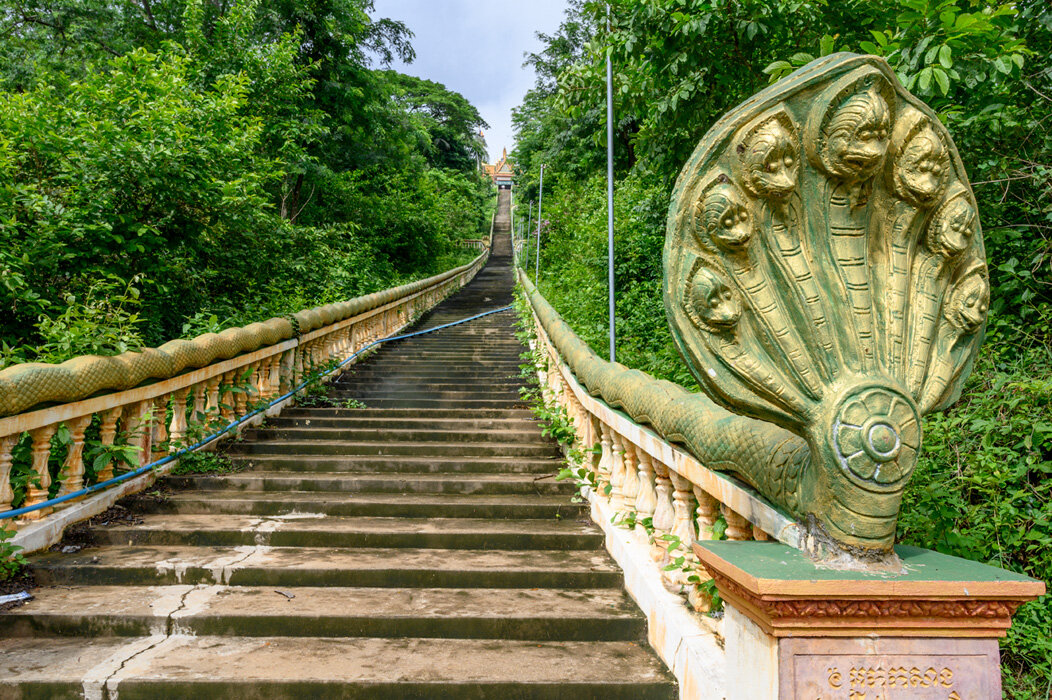
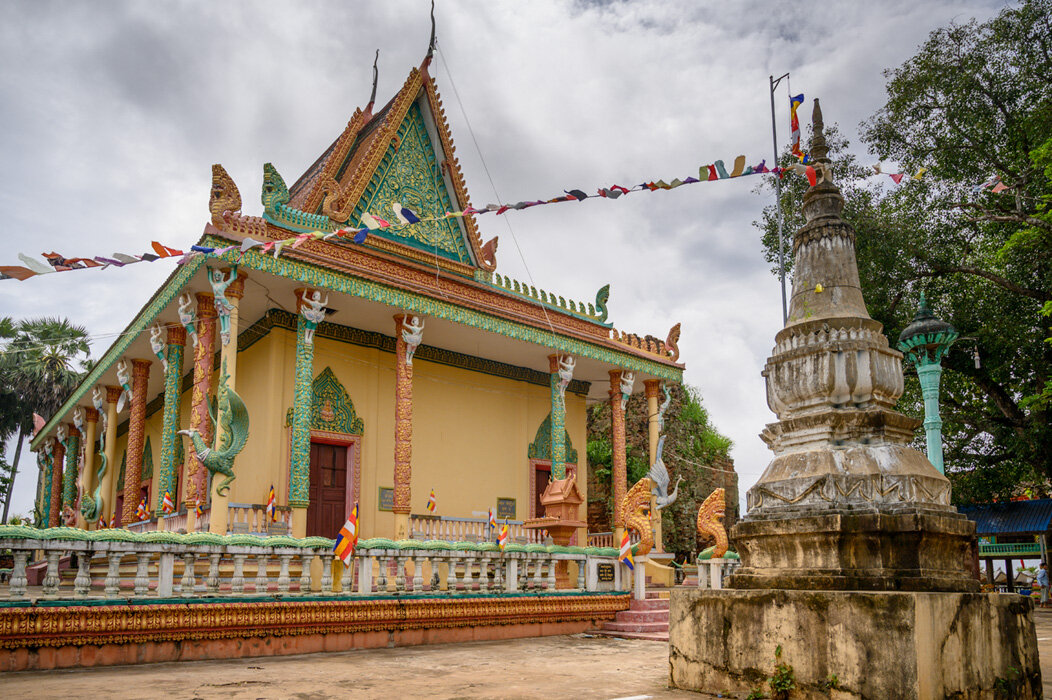
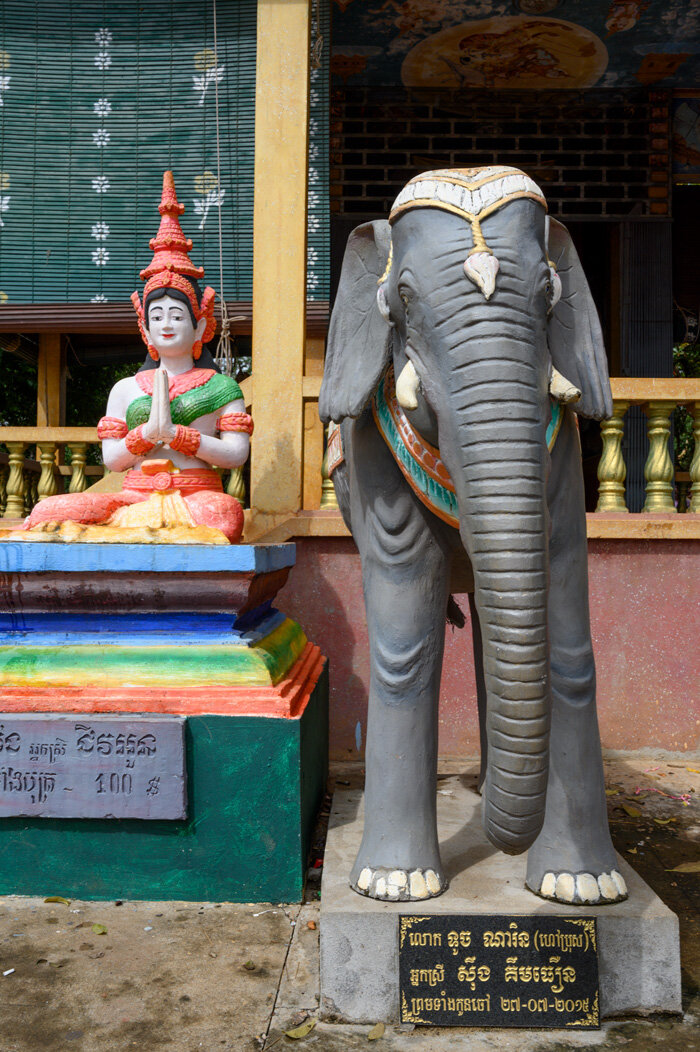
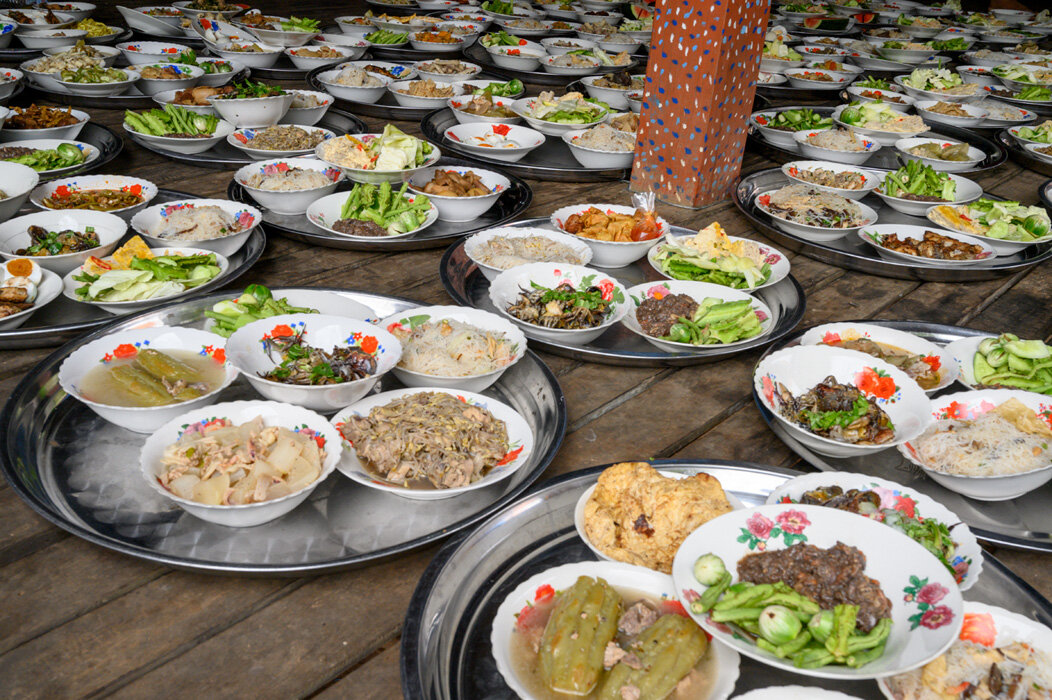
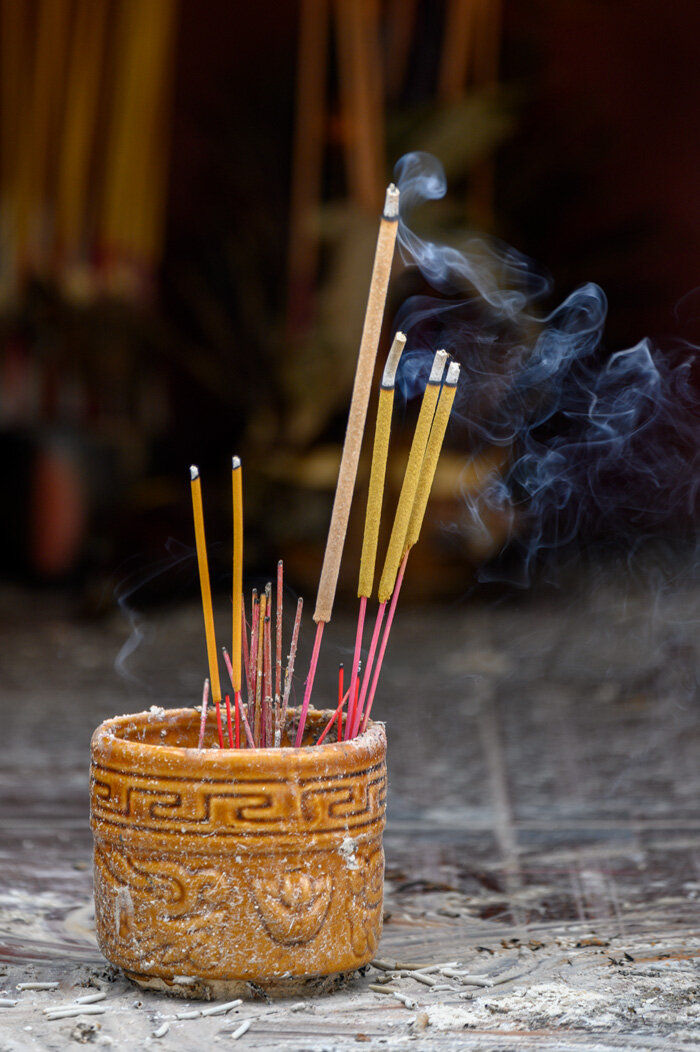
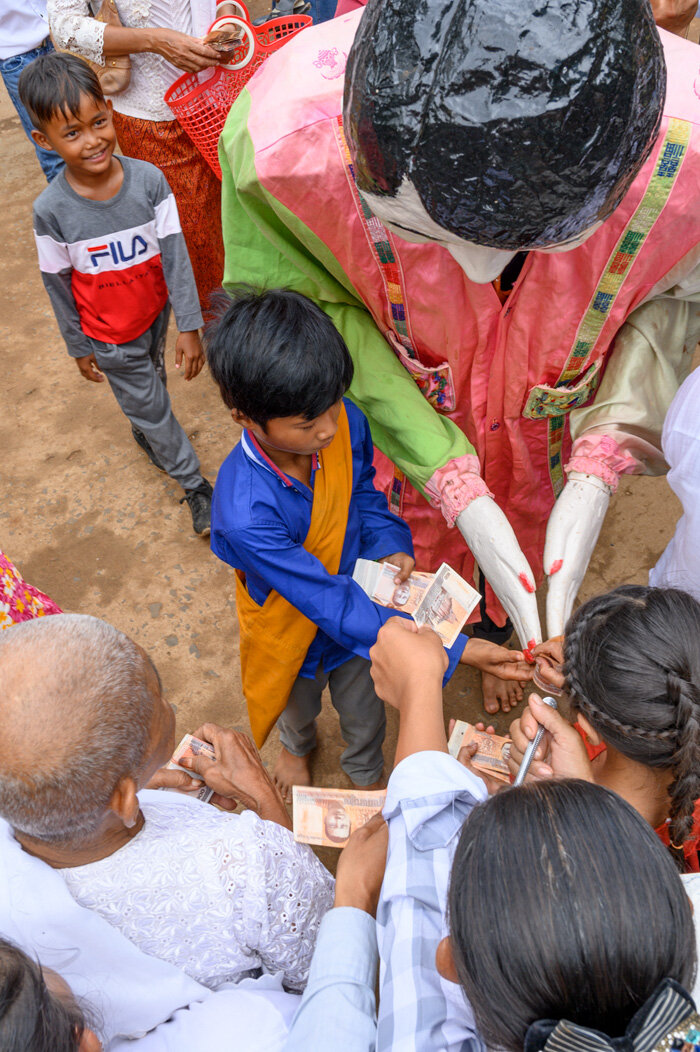
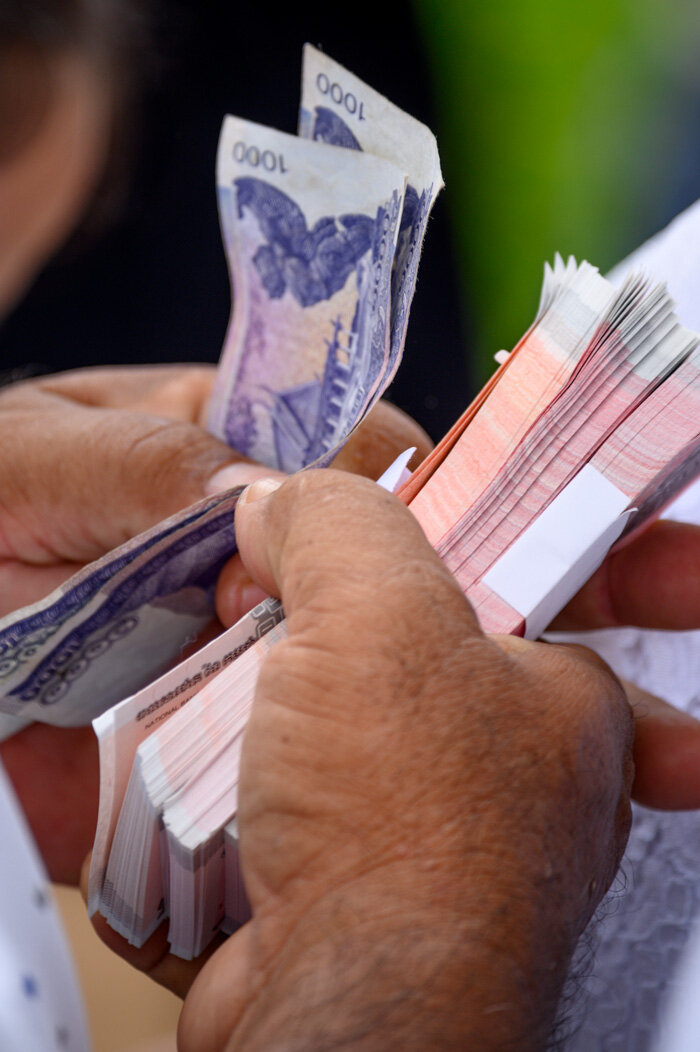
Instead of seeing the ruins and walking around a silent temple, we were treated to a packed temple grounds with local people celebrating the festival, including a parade of monks and donations of food and money. People dressed in their best white clothing and eating local delicacies from vendors on the grounds, as well as music and children playing games.
A young woman dressed in white brings offerings to her deceased relatives at the temple.
Biggest Travel Lesson
The biggest travel lesson I learned in SE Asia, is also the lesson that has served me well anywhere in the world we’ve traveled. Go with an open heart and an open mind, I allow myself to be awed and delighted by both the differences and also the similarities between people and places. Vietnam and Cambodia had a lot to teach me, and I am glad that I opened my mind to it, because with the events of 2020 that shut down the world, I couldn’t have known this would be one of the last trips I took, and I would have been disappointed if I had not experienced it to the fullest.
See more of our SE Asia trip report here and our reports of Siem Reap and Phnom Penh coming soon












